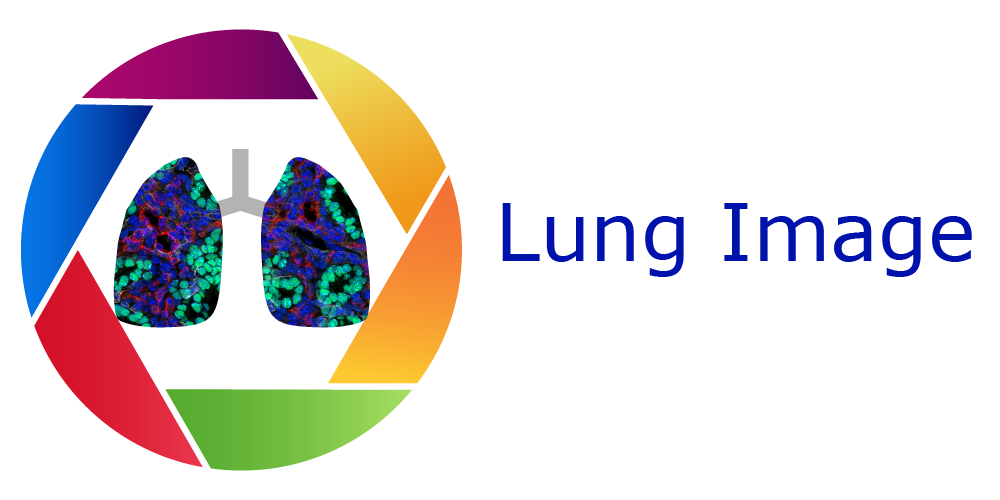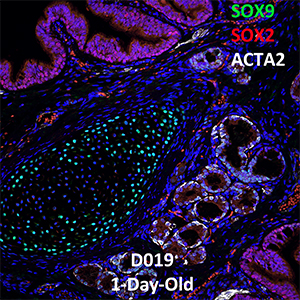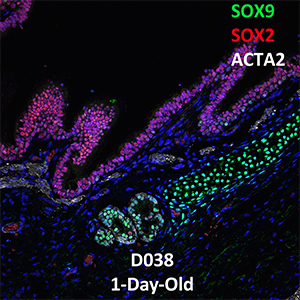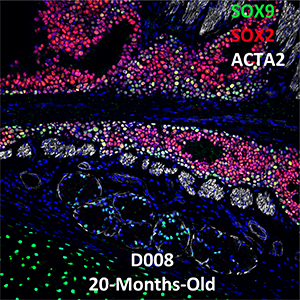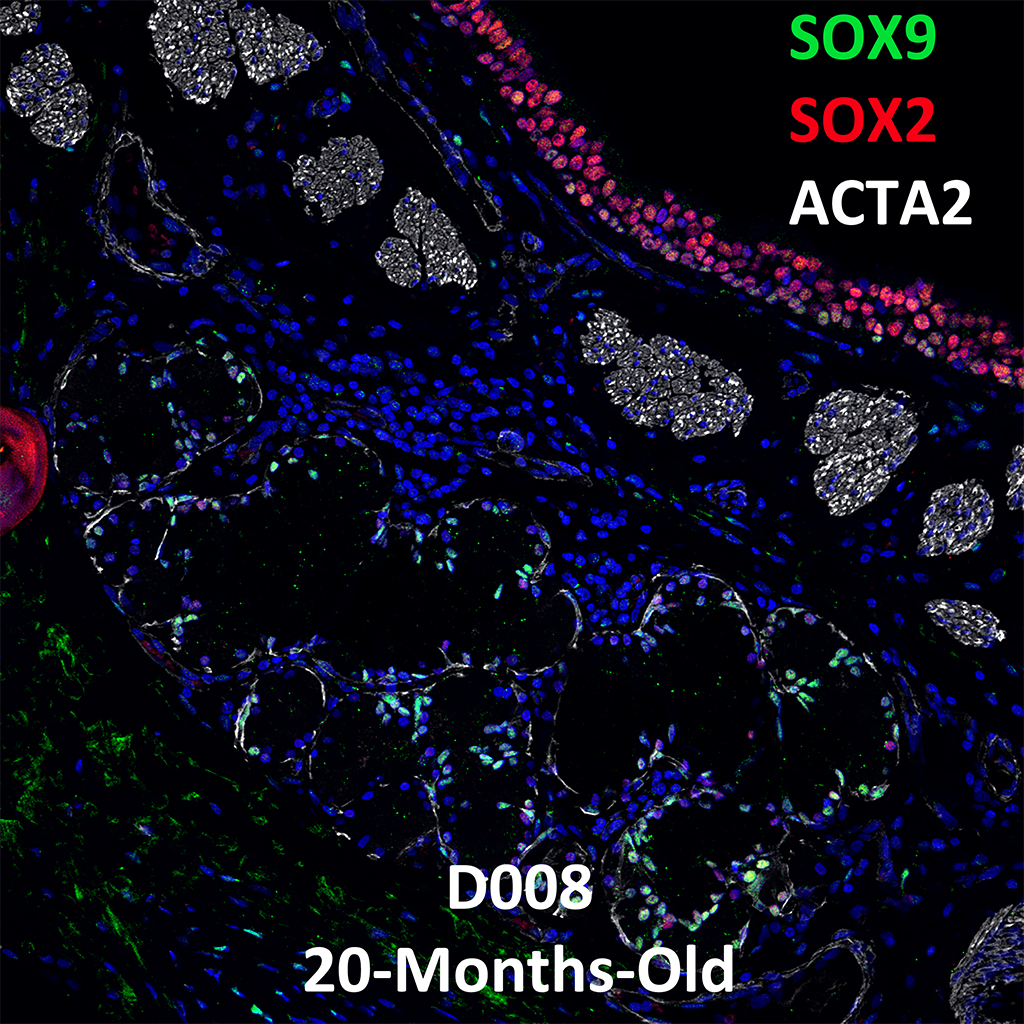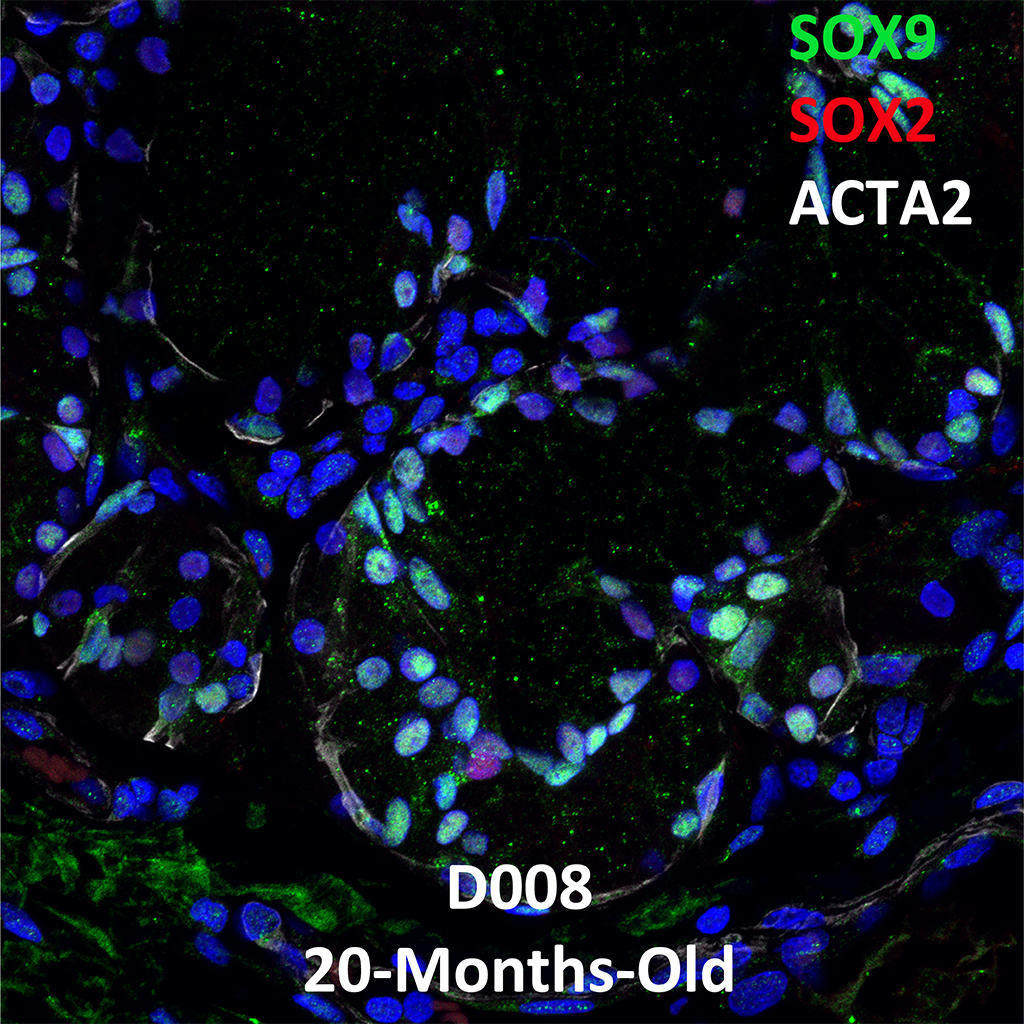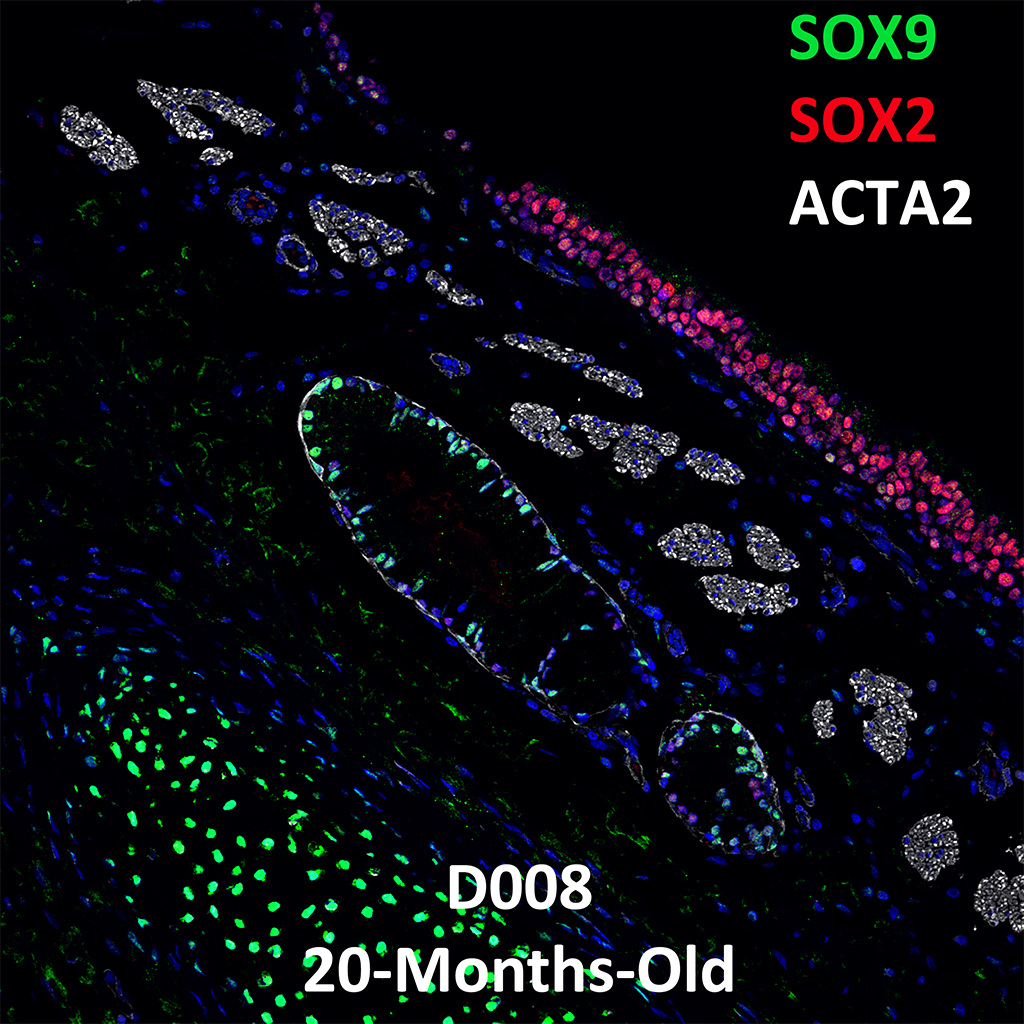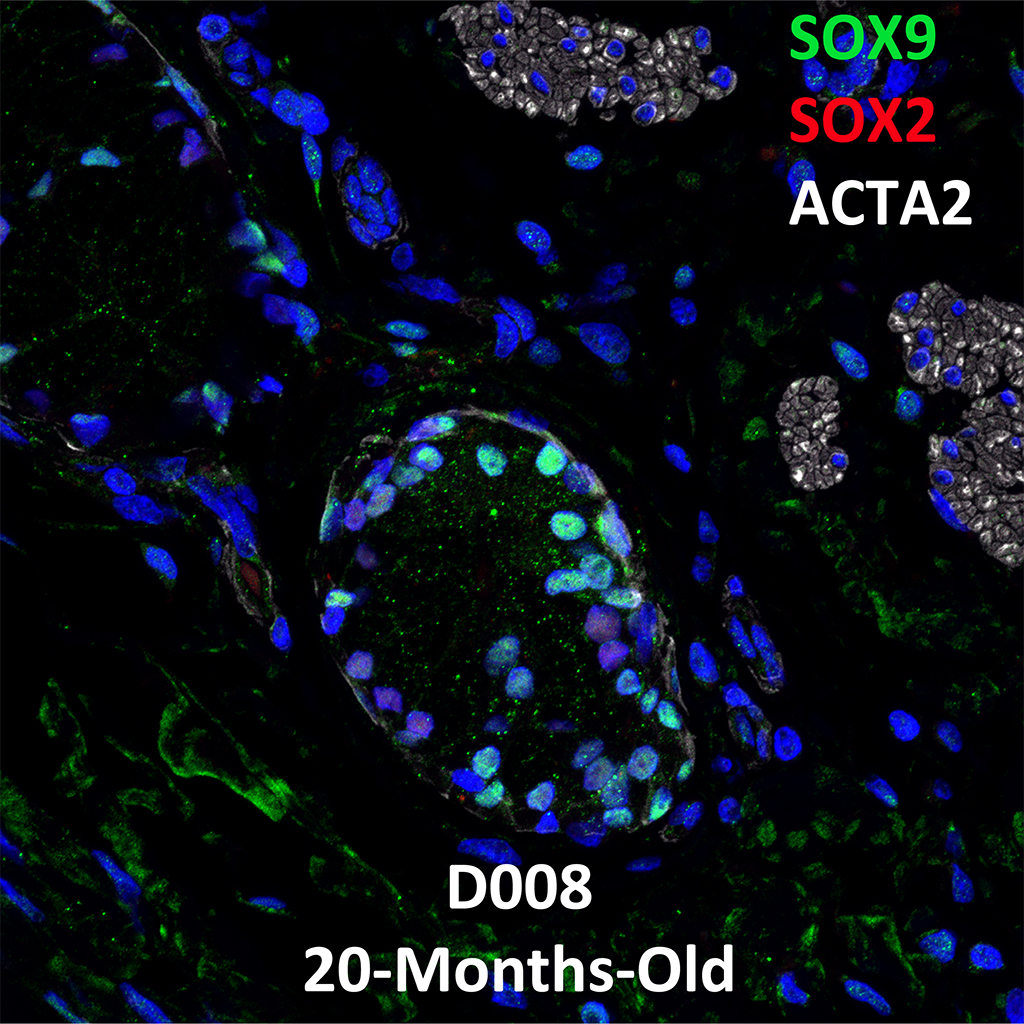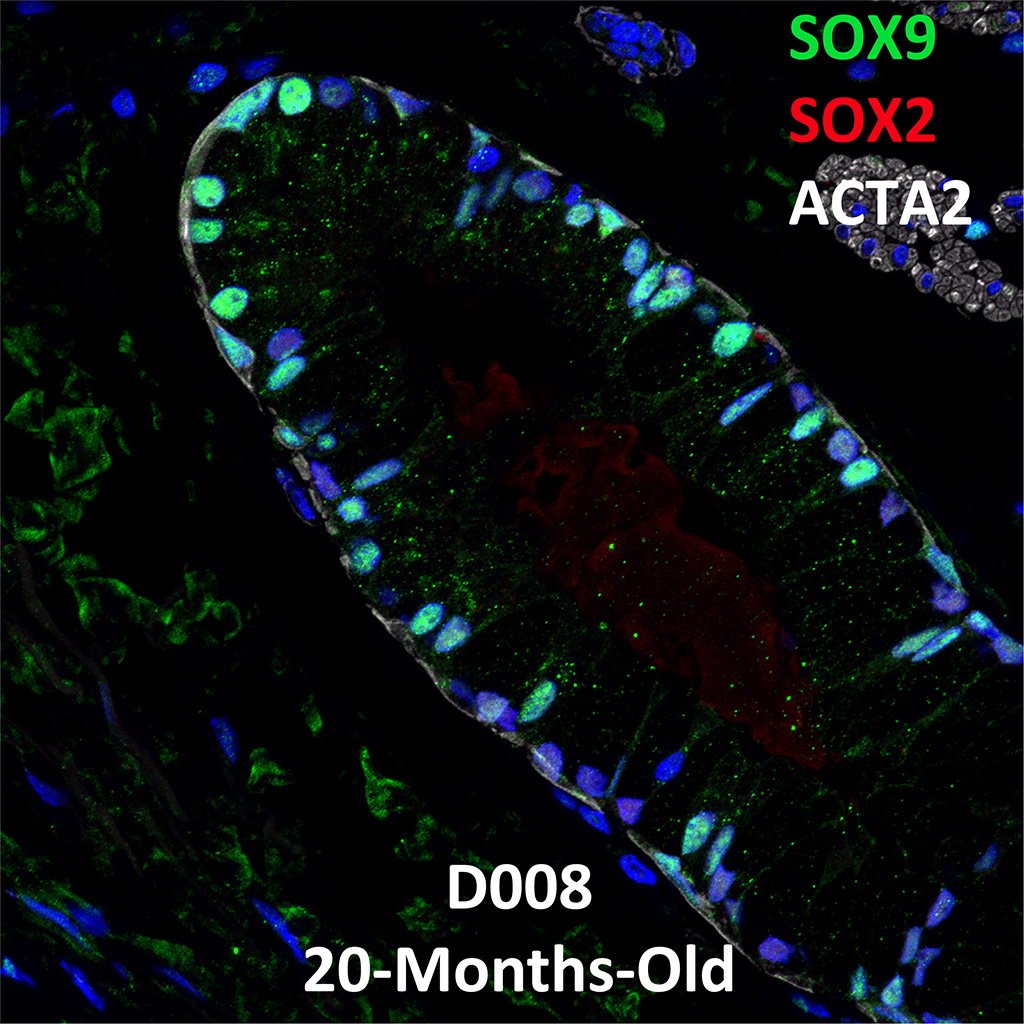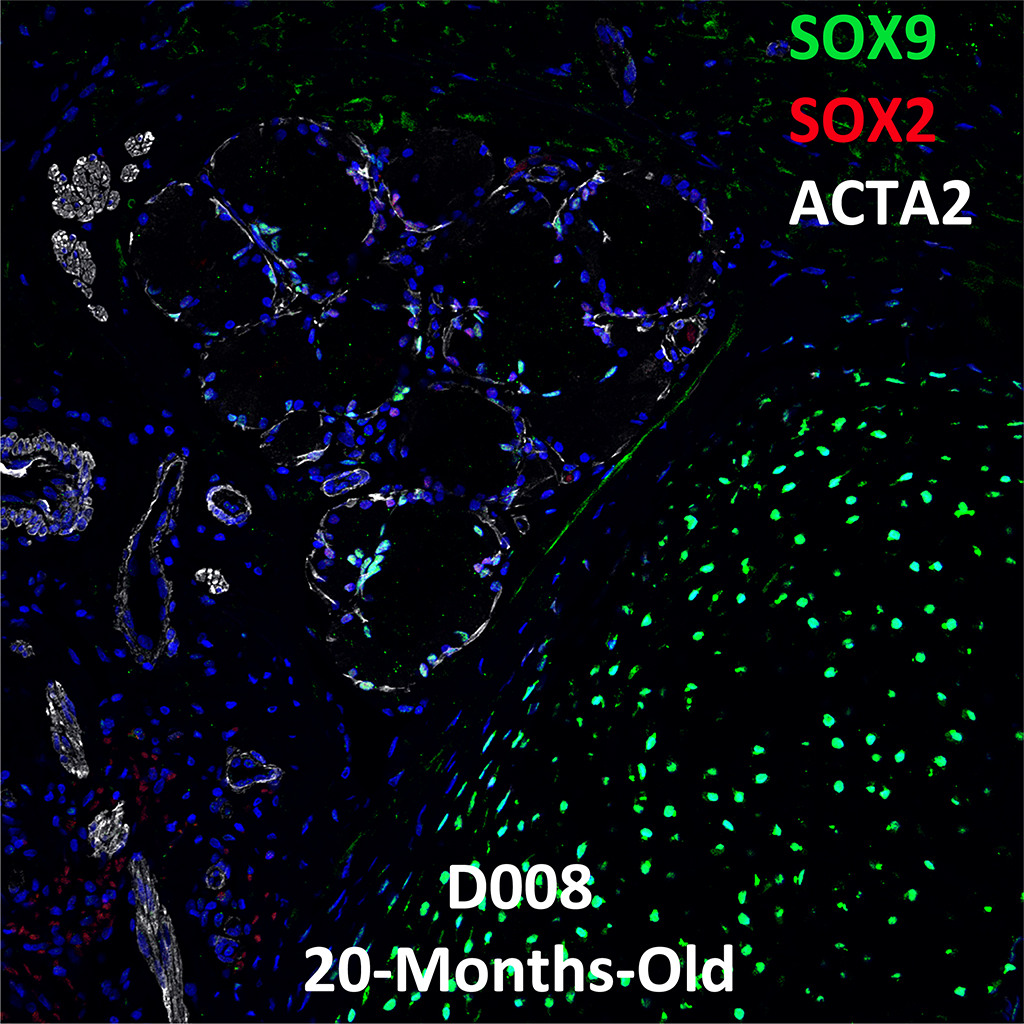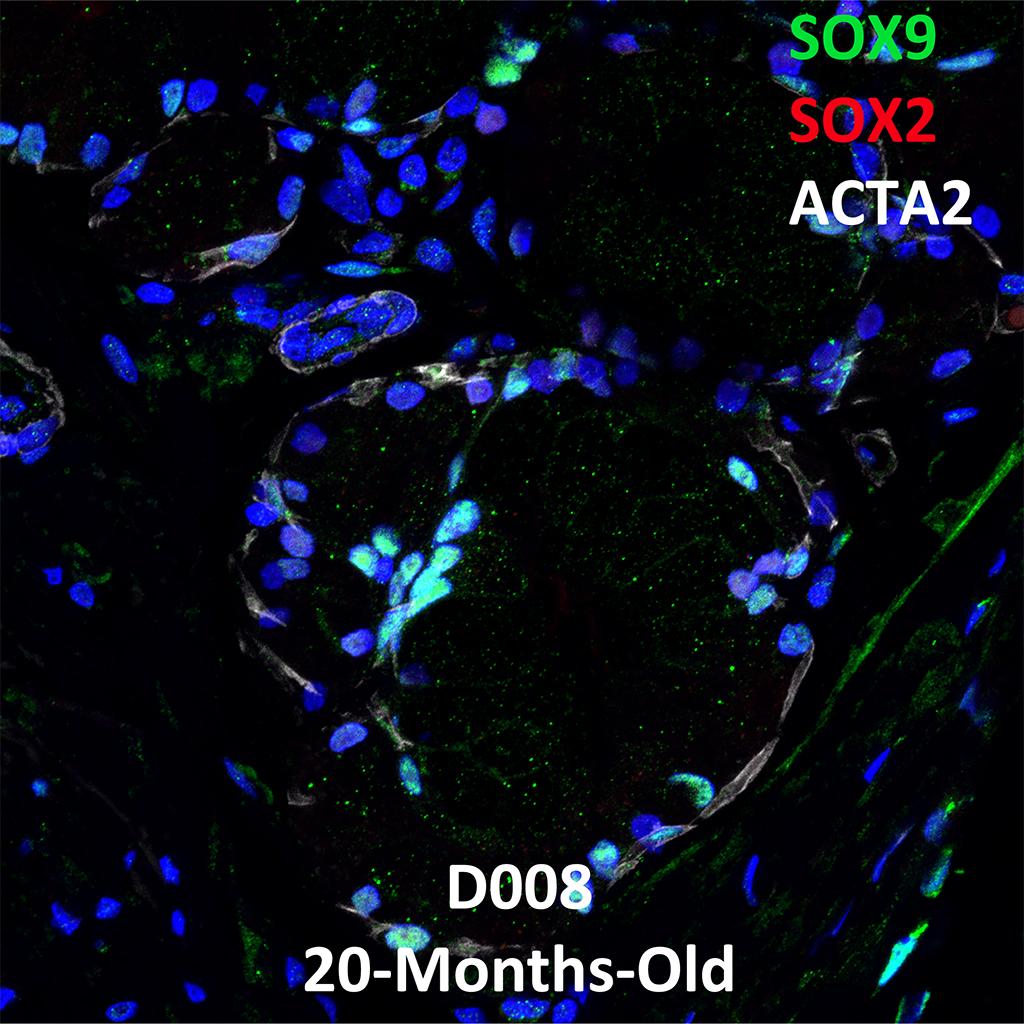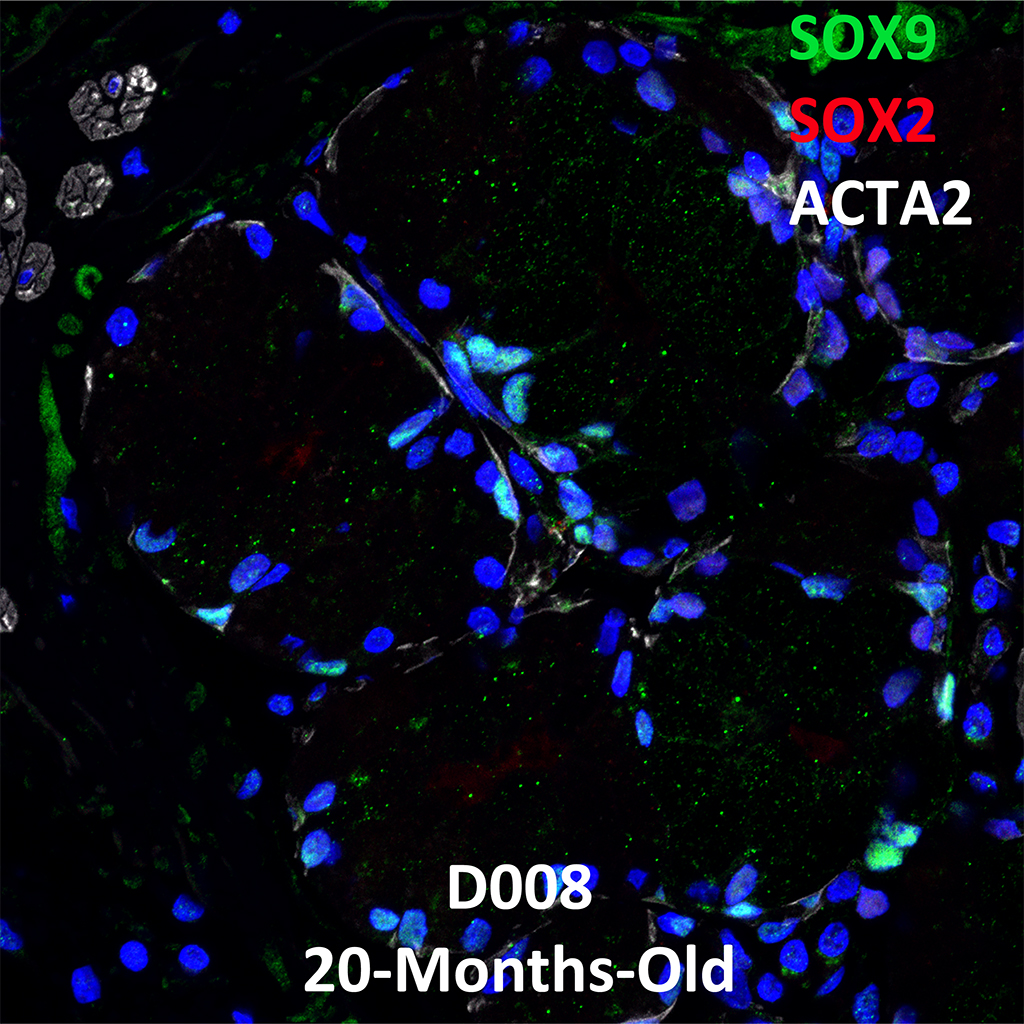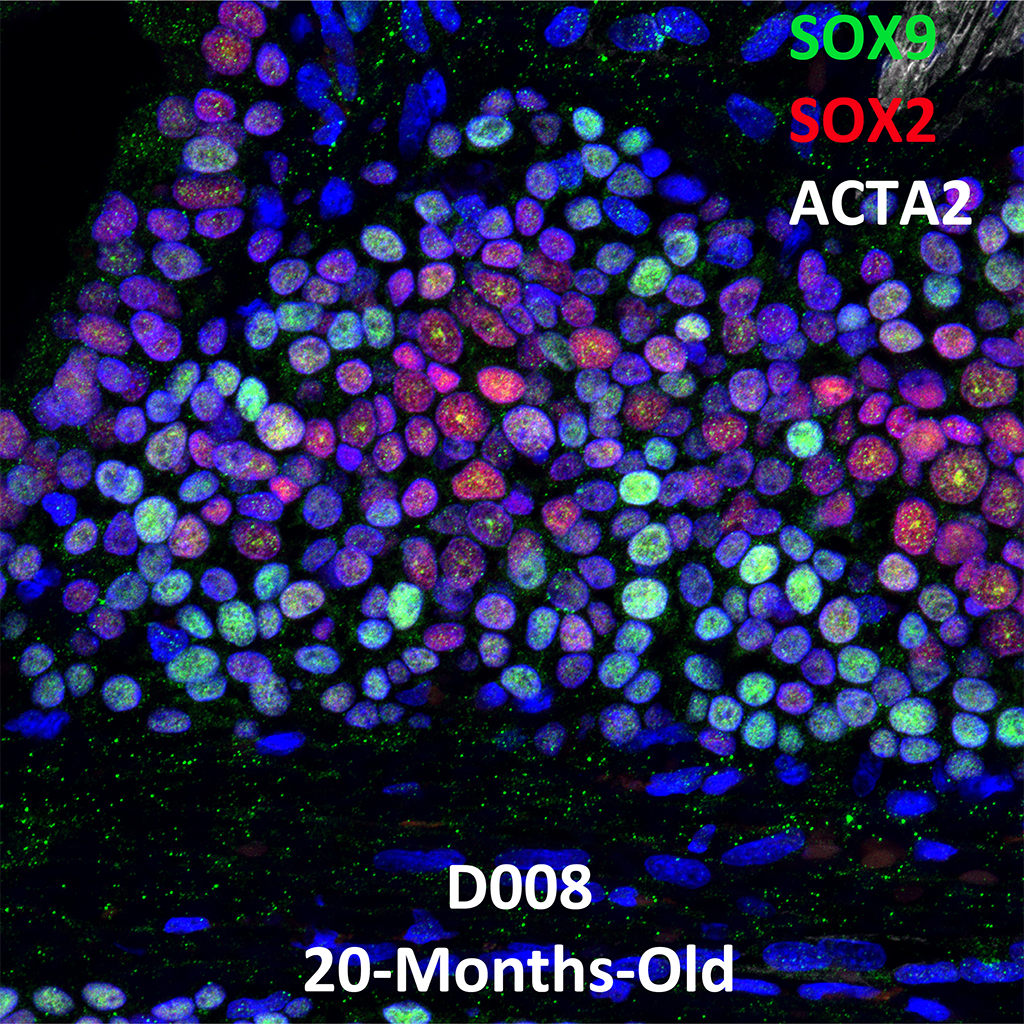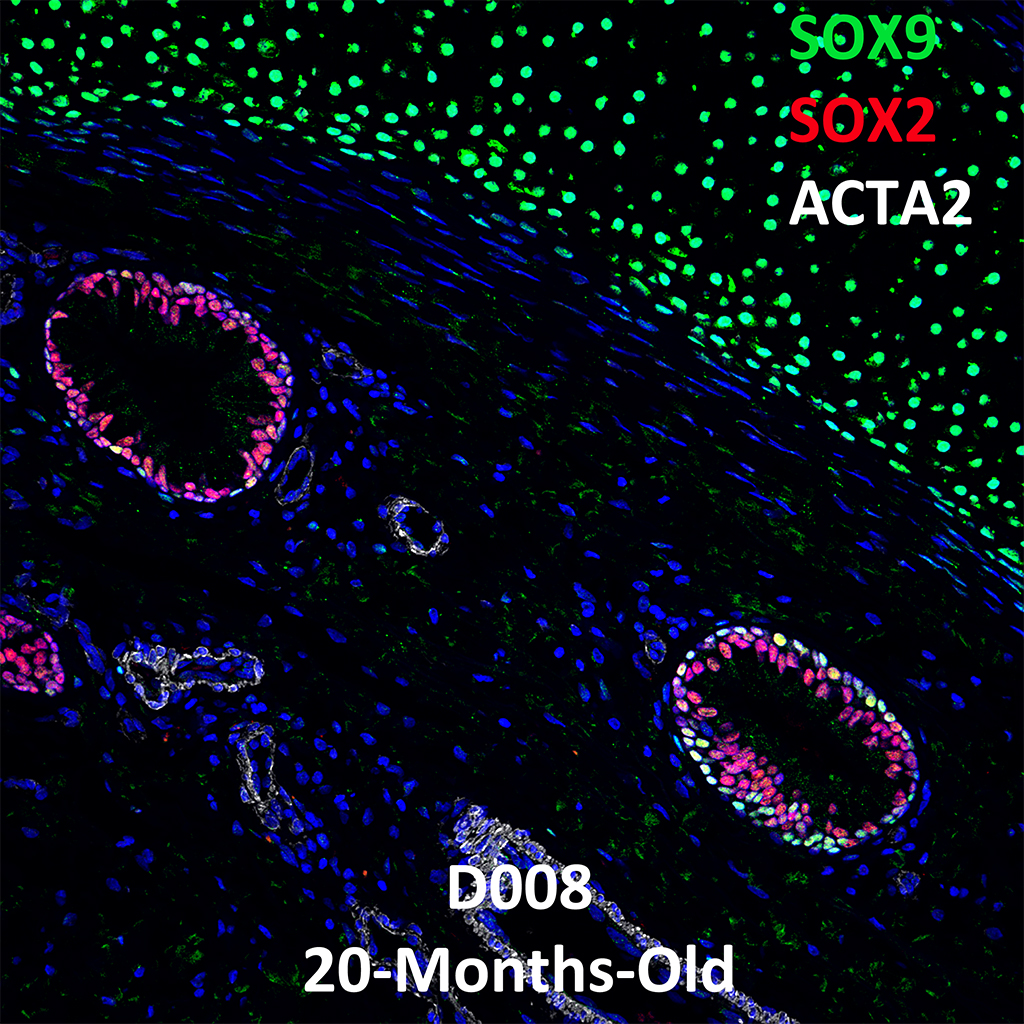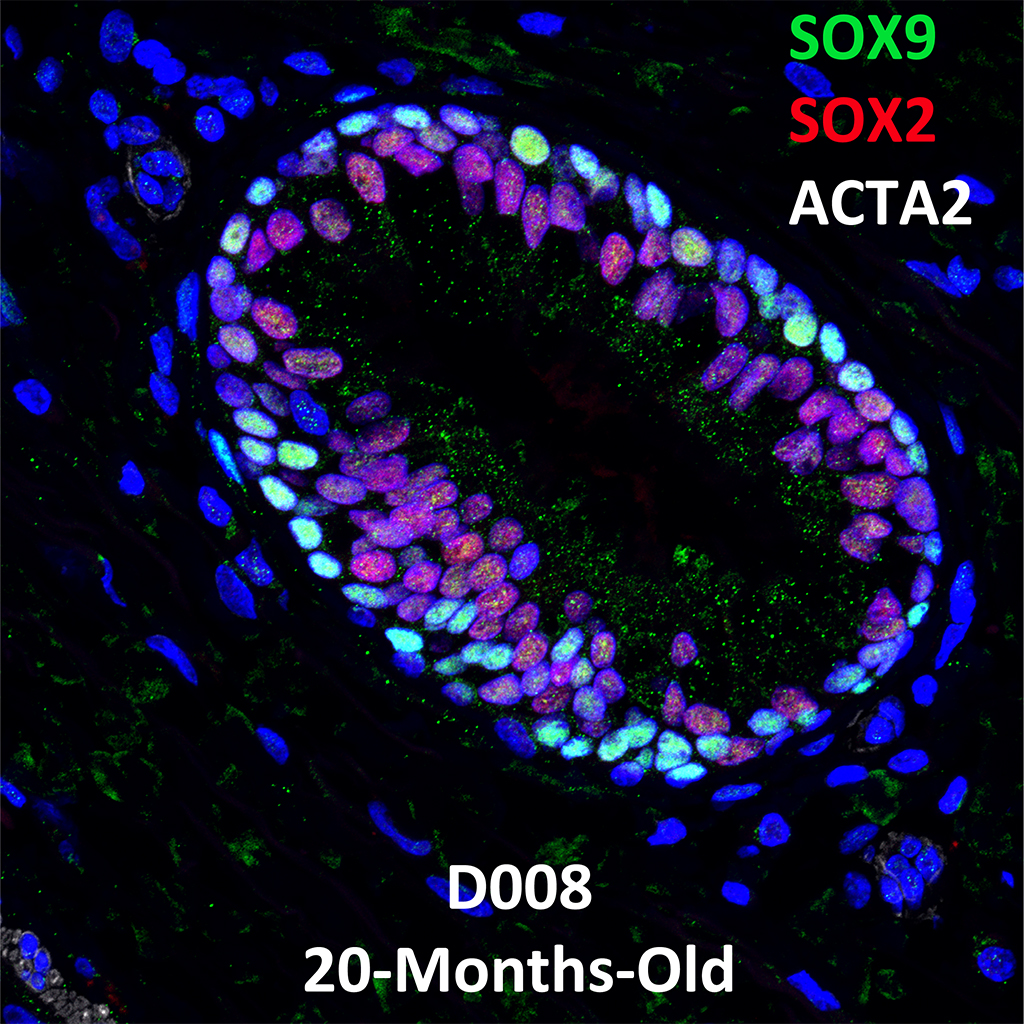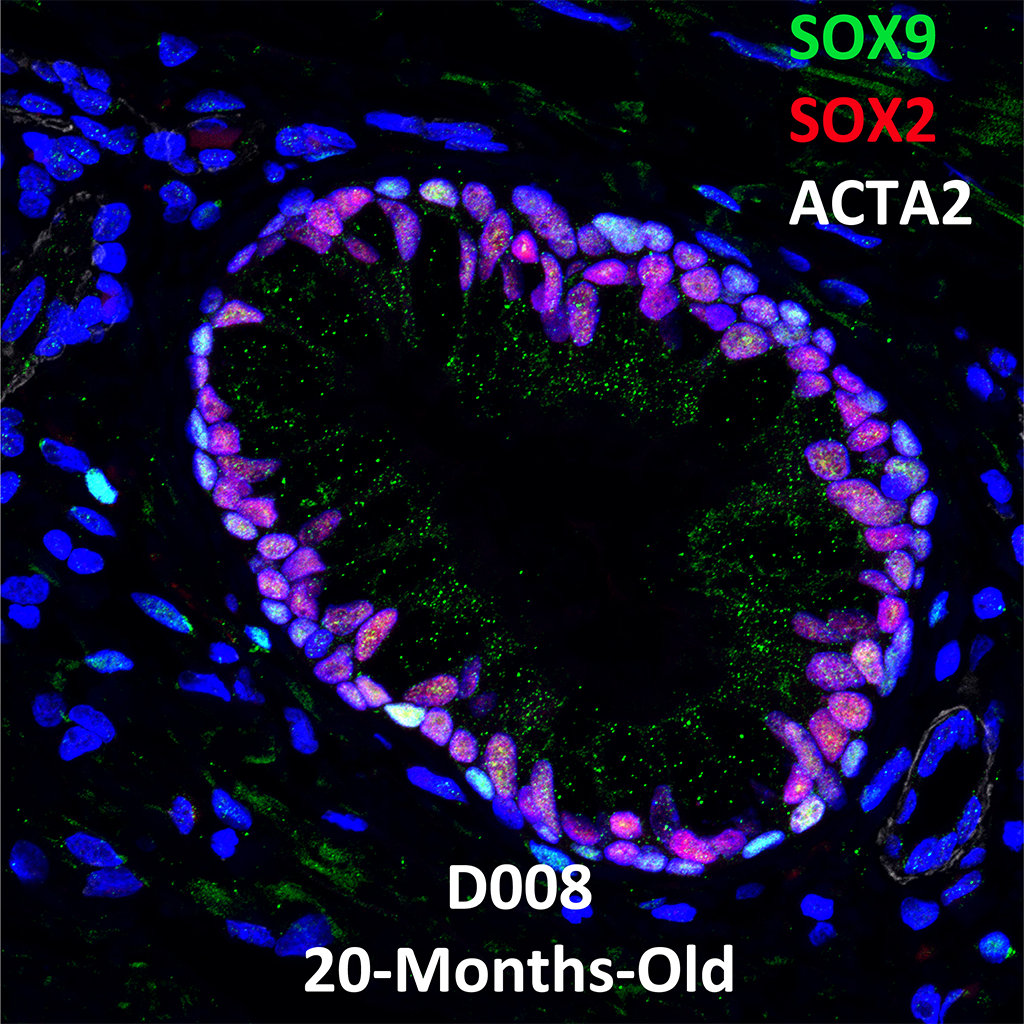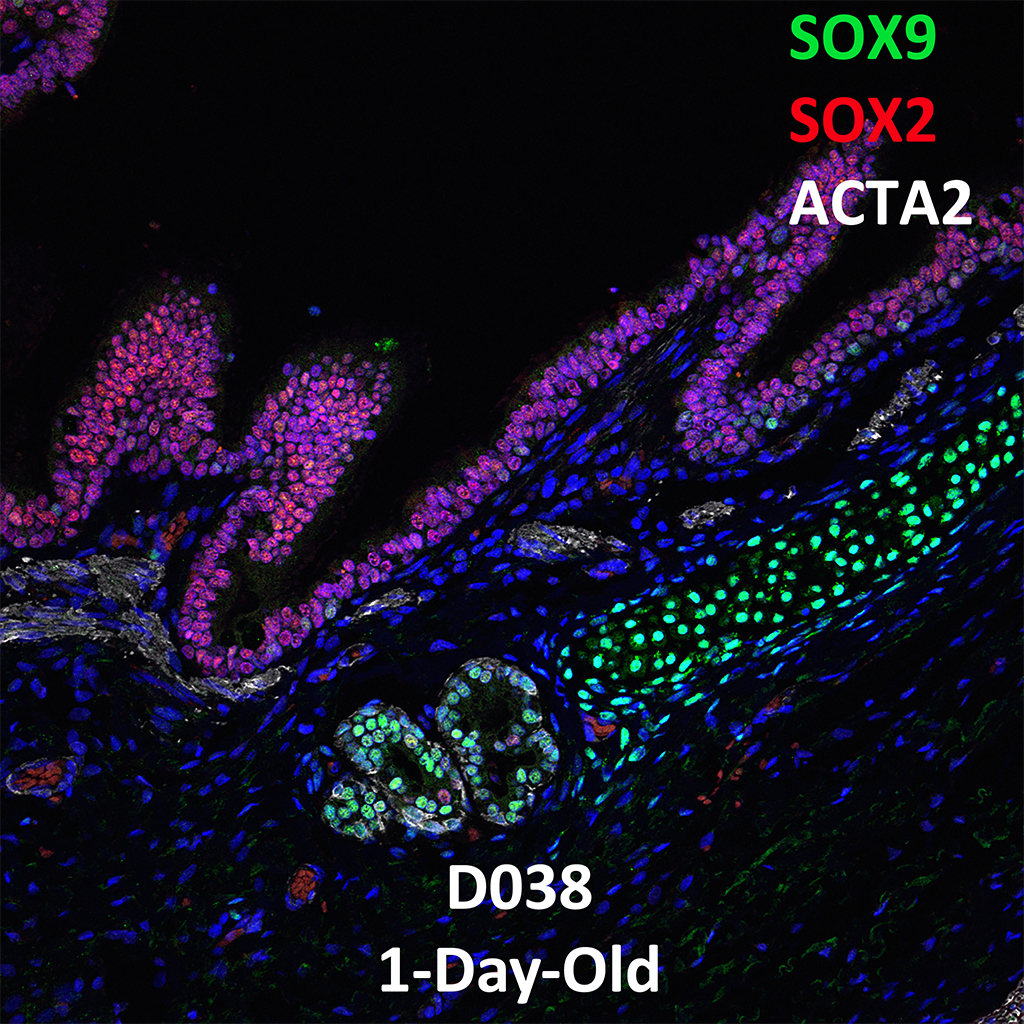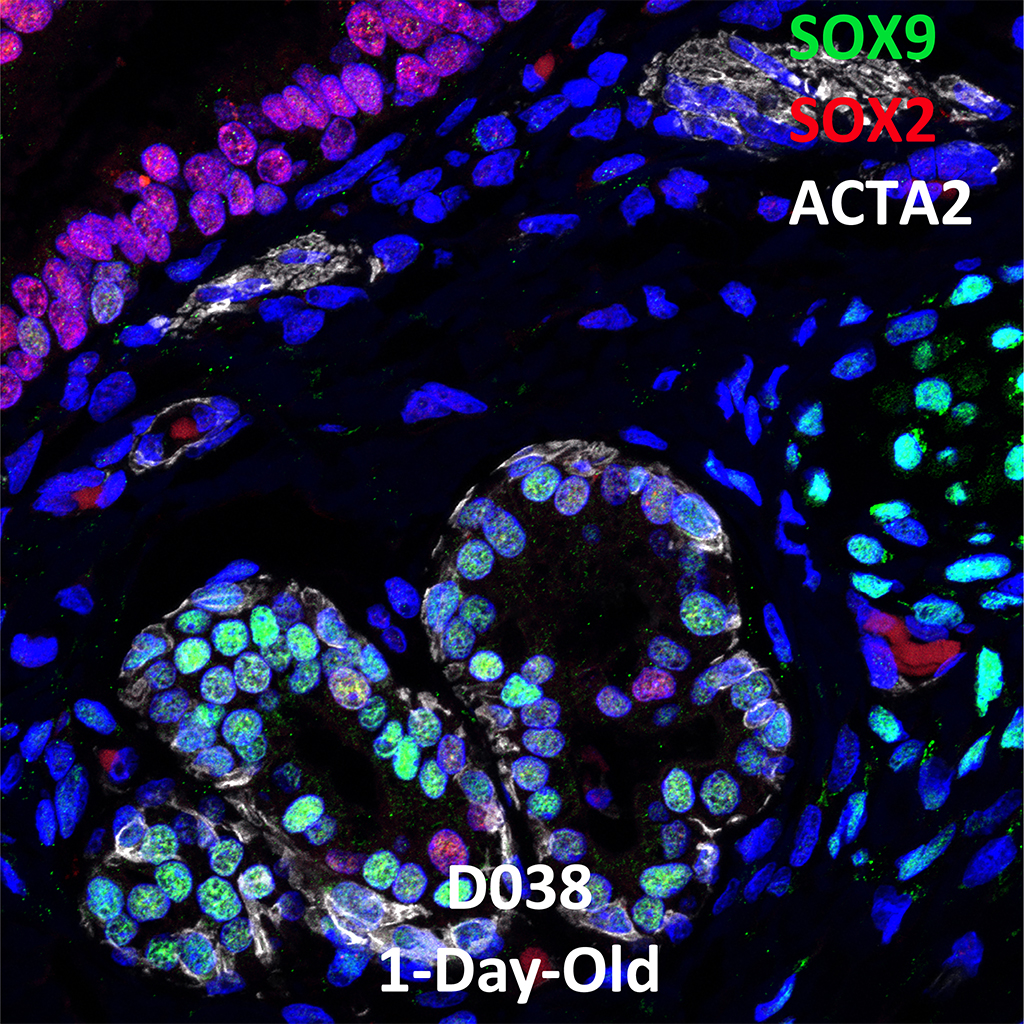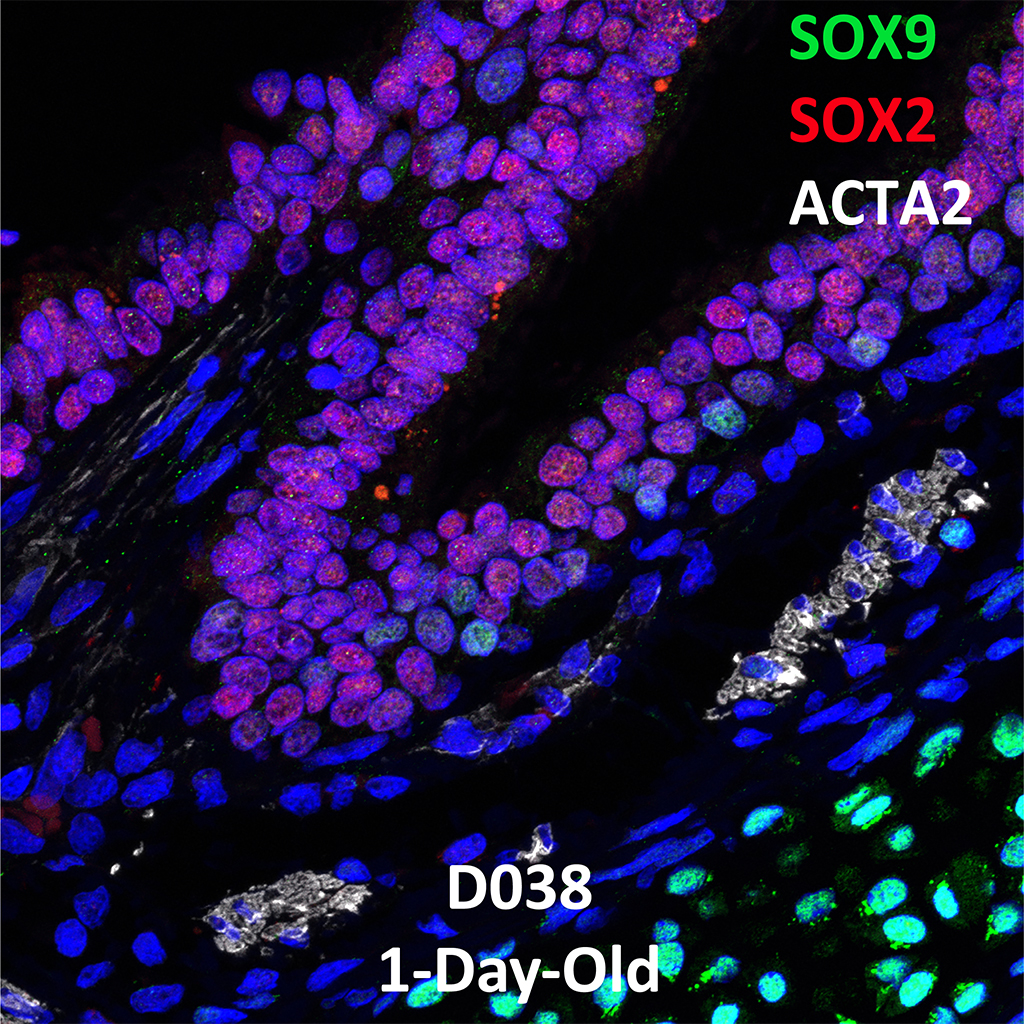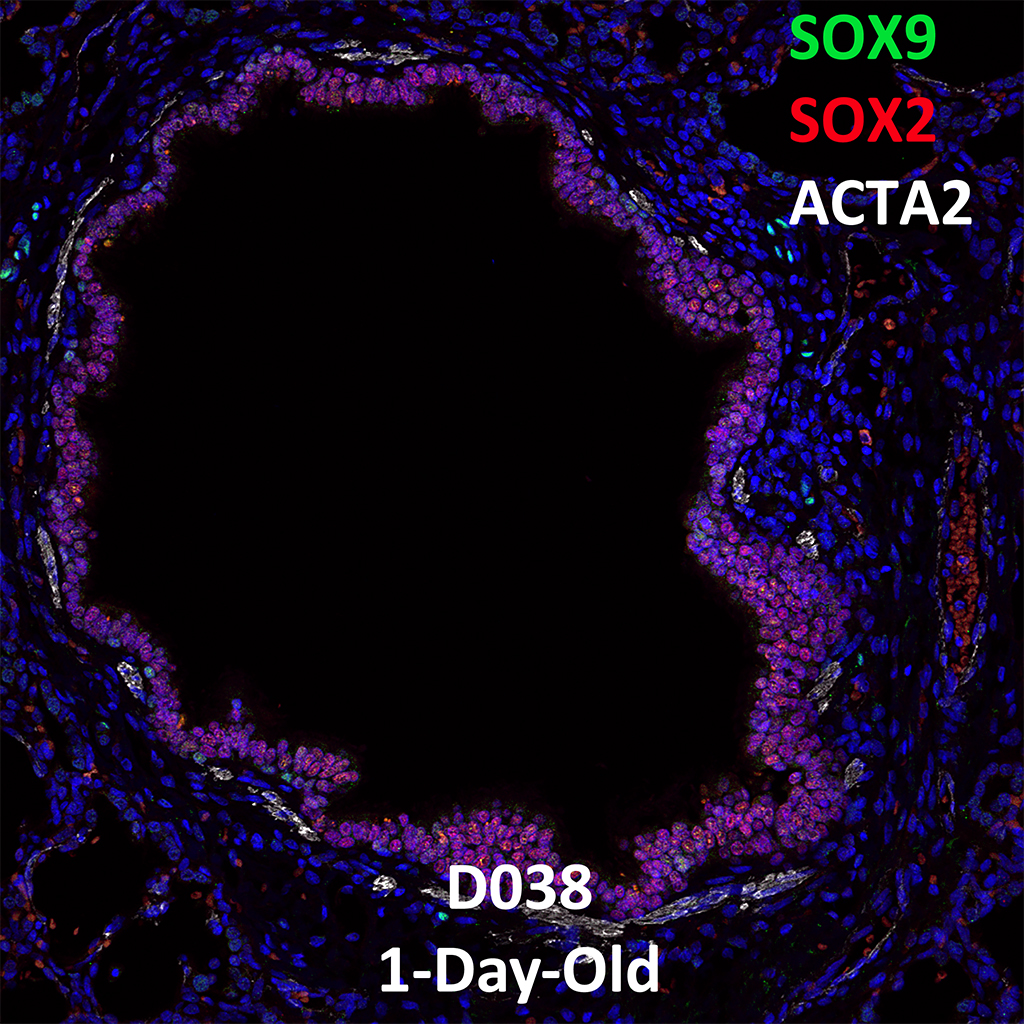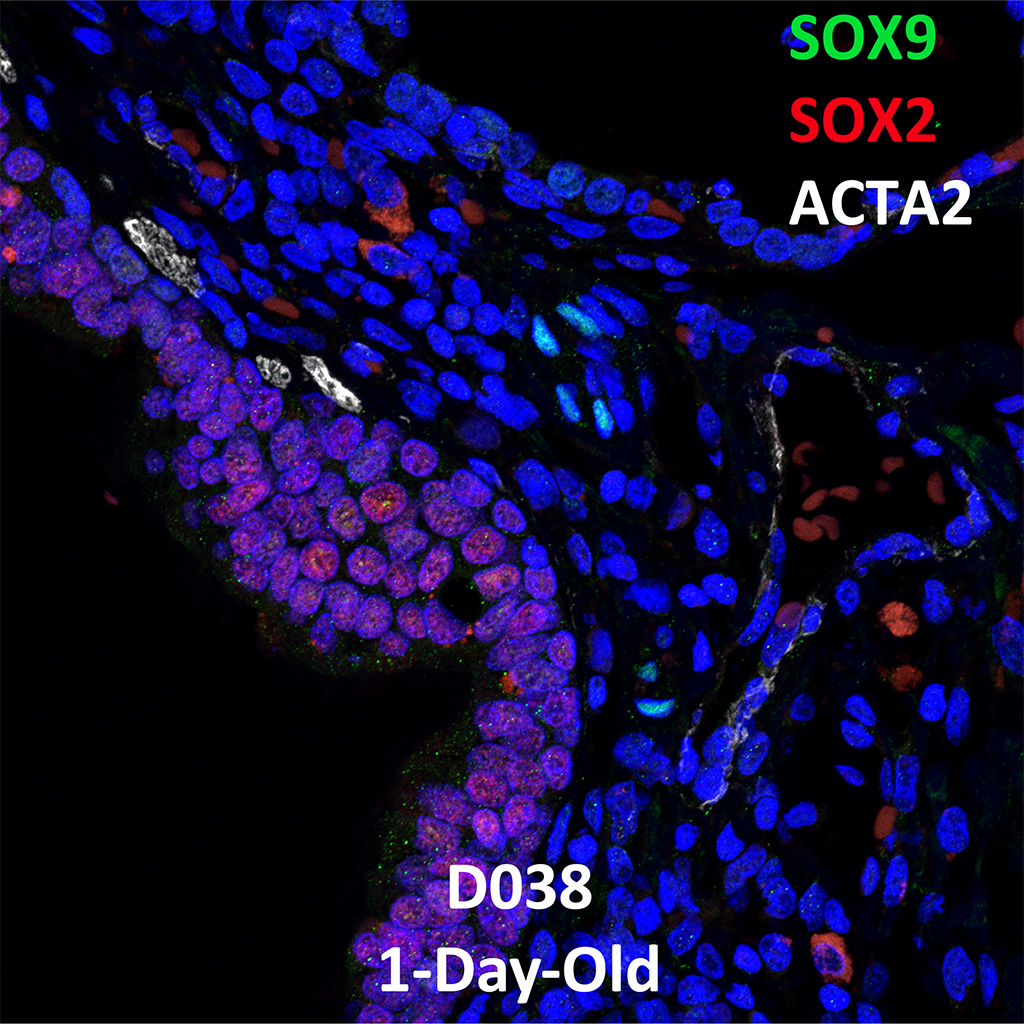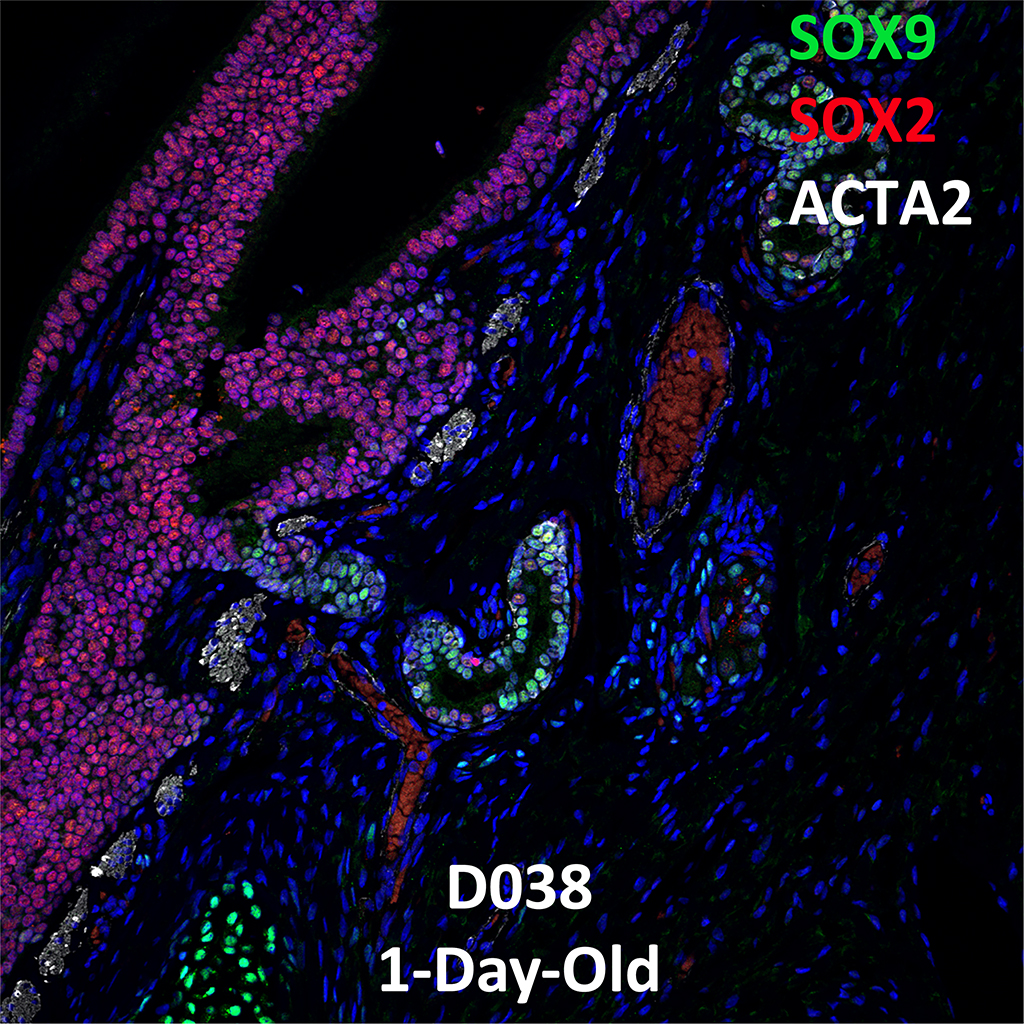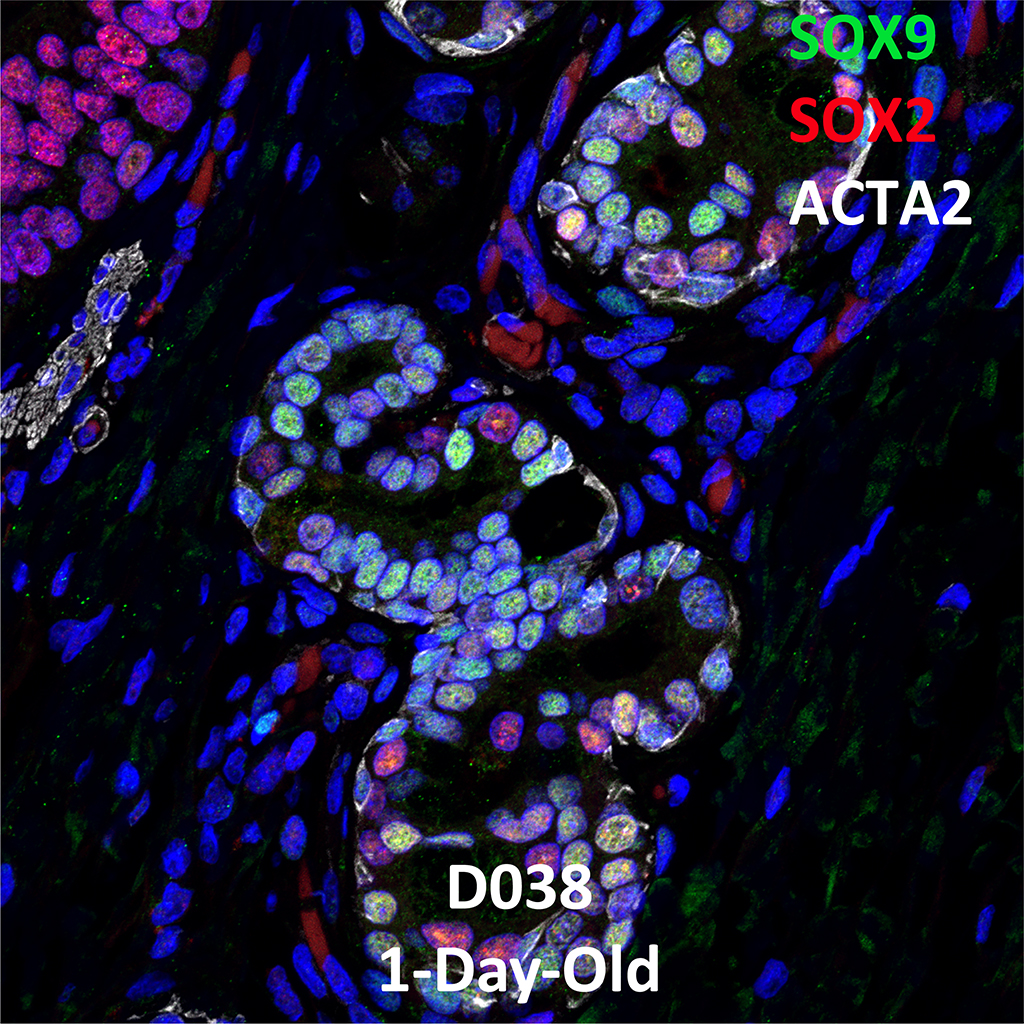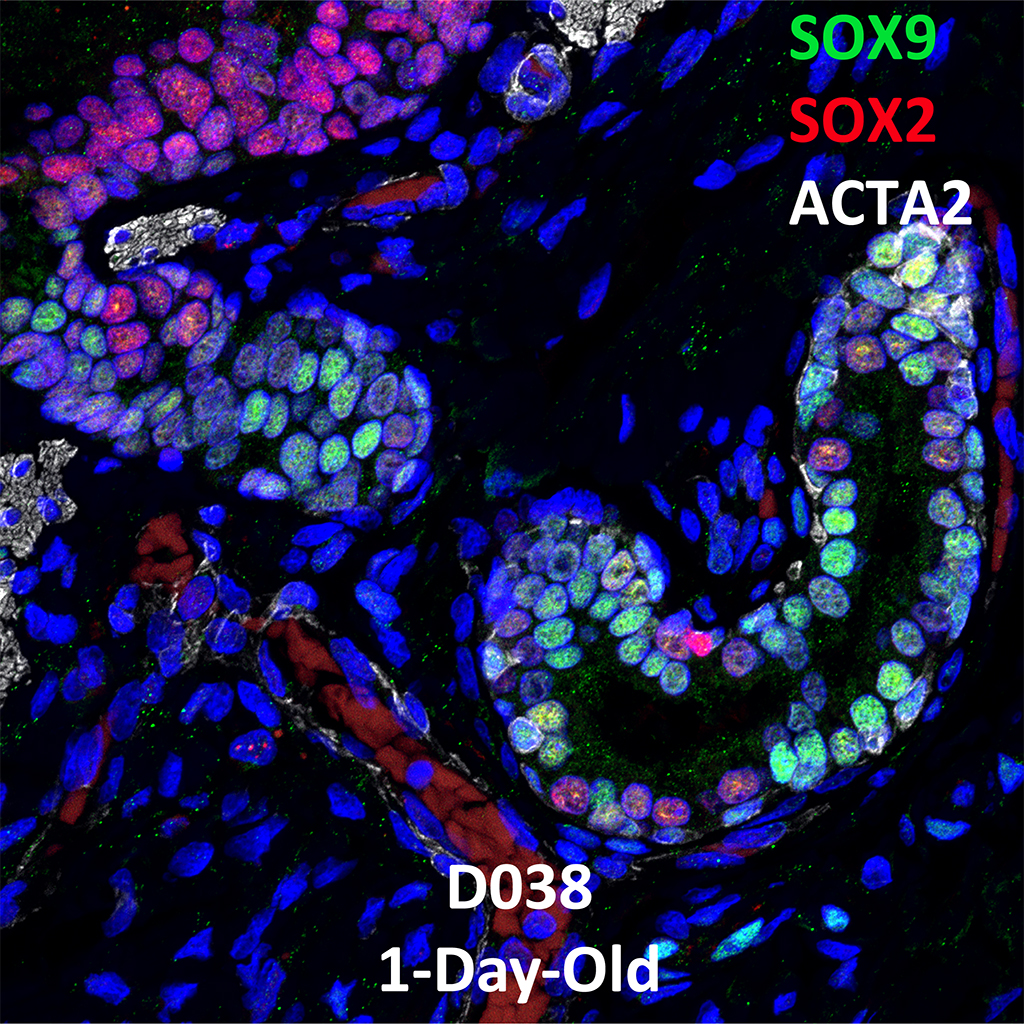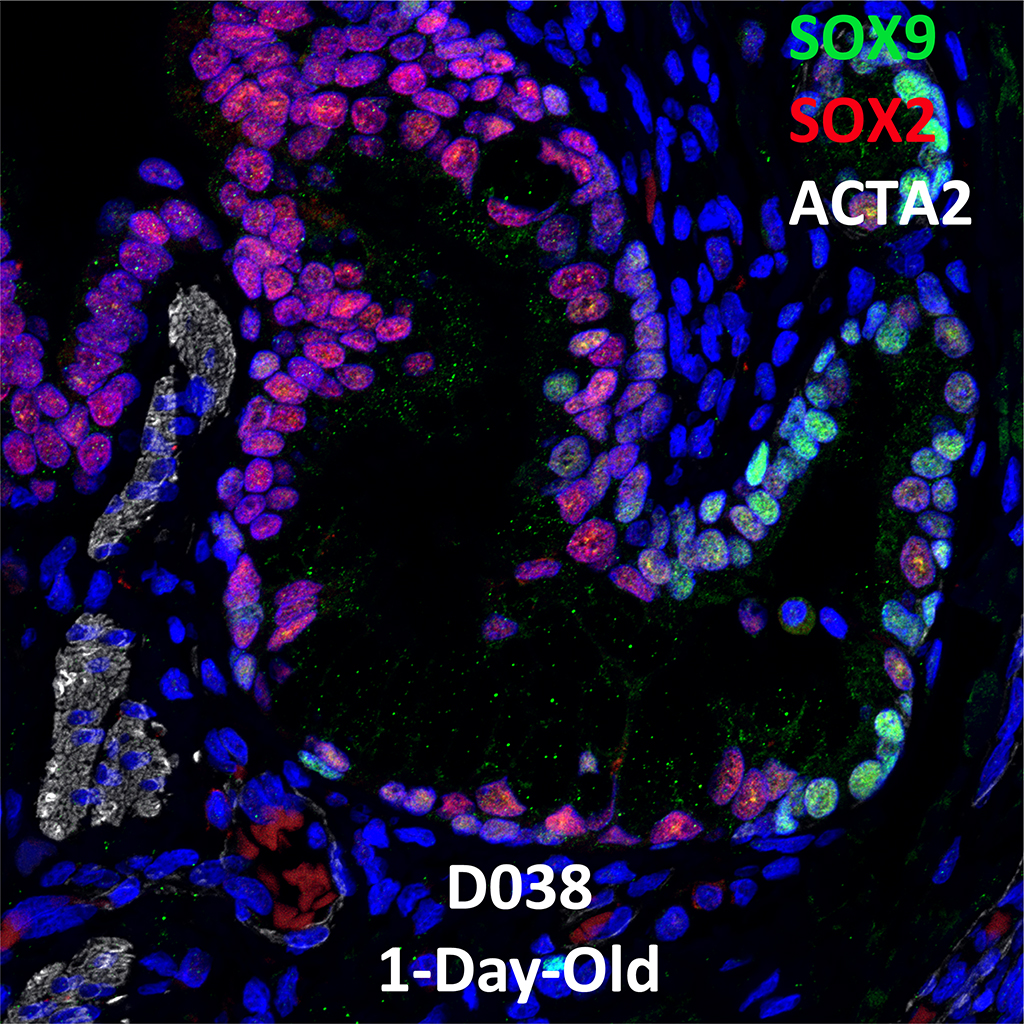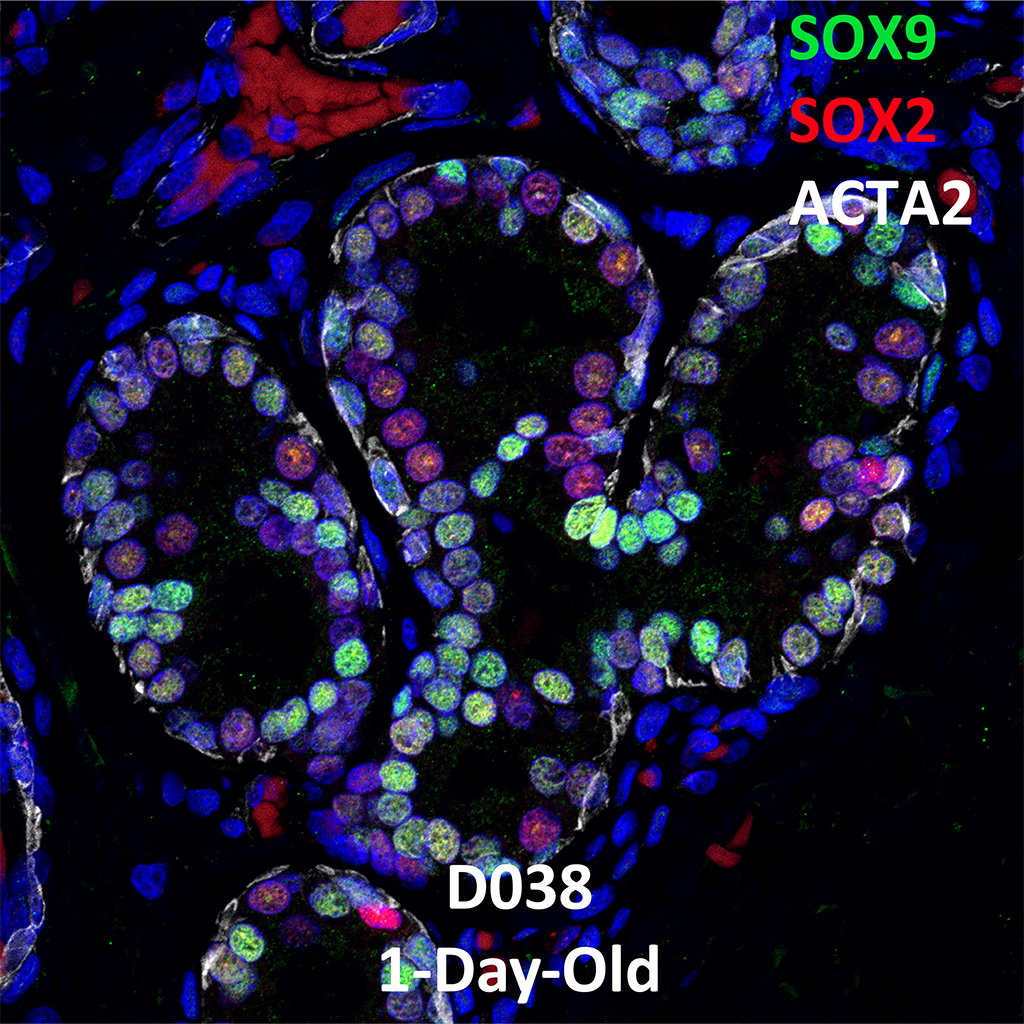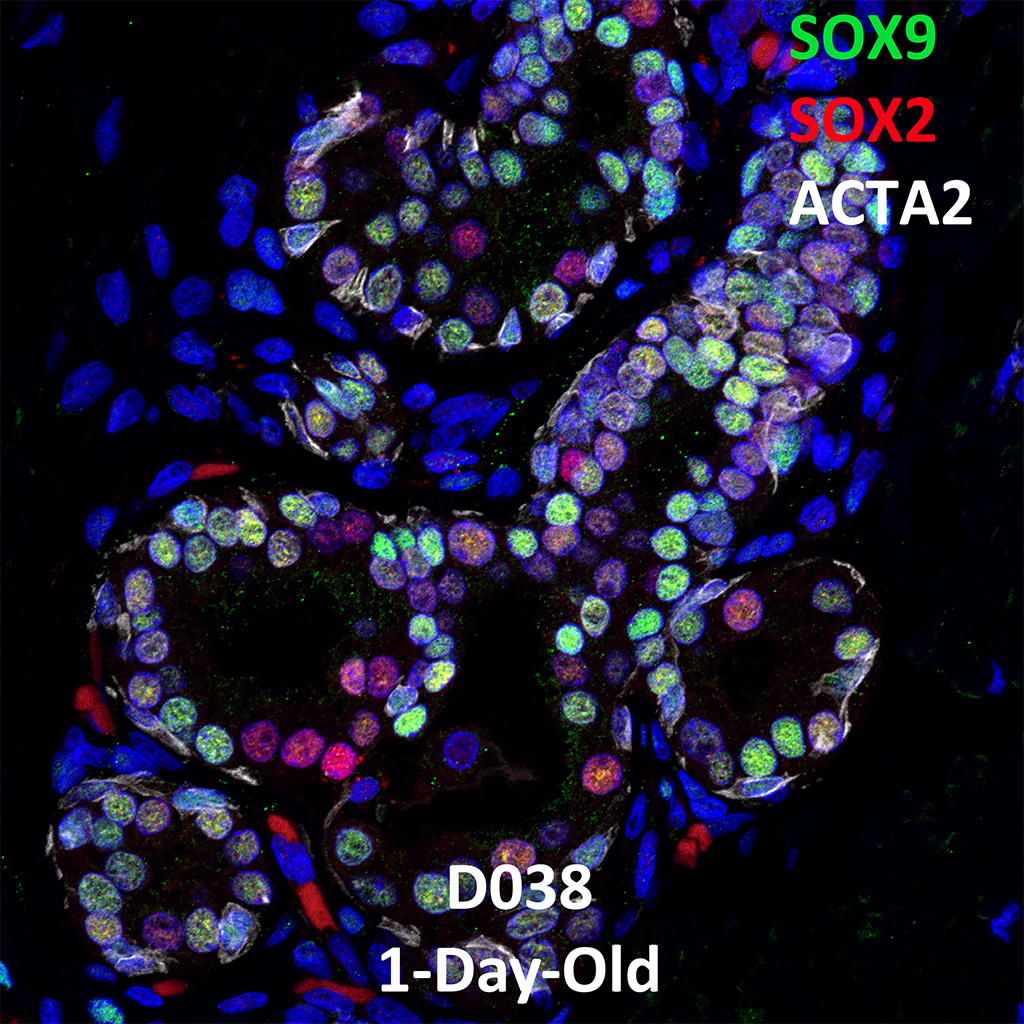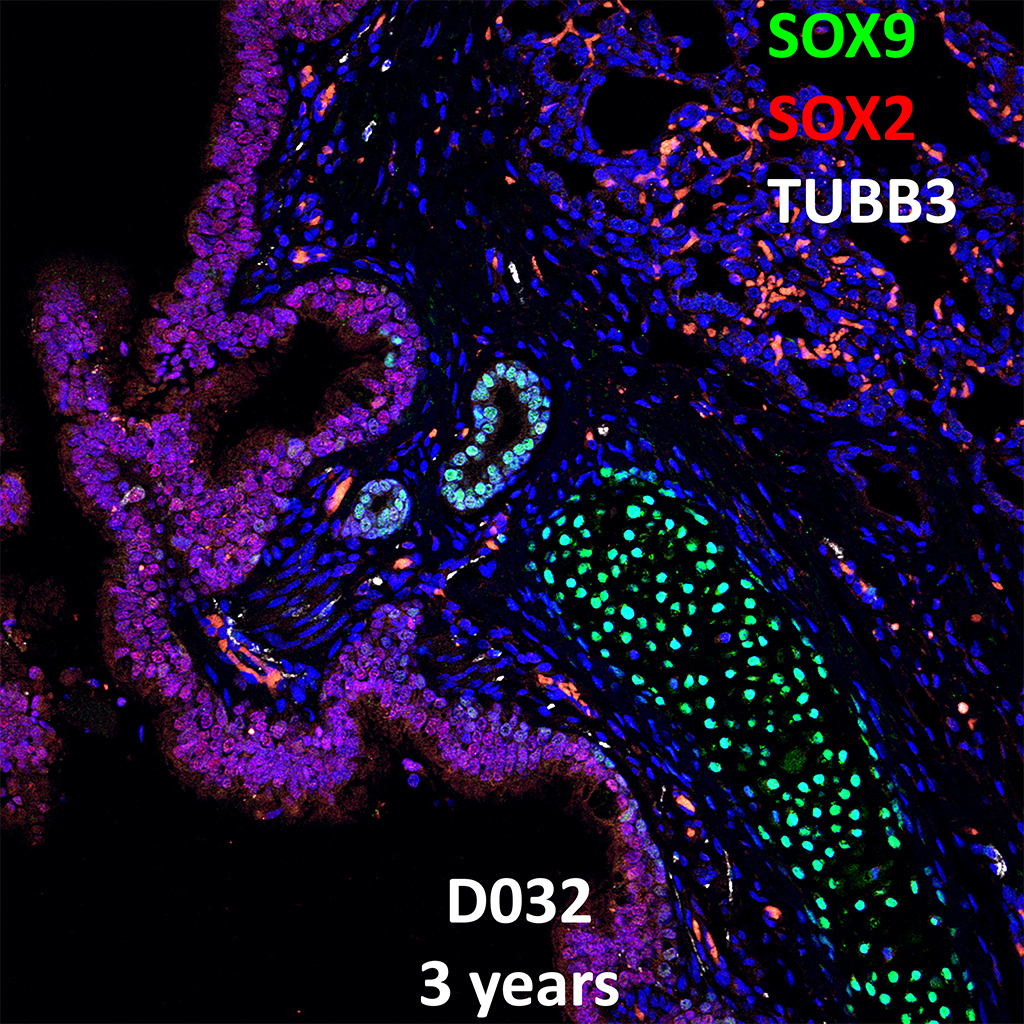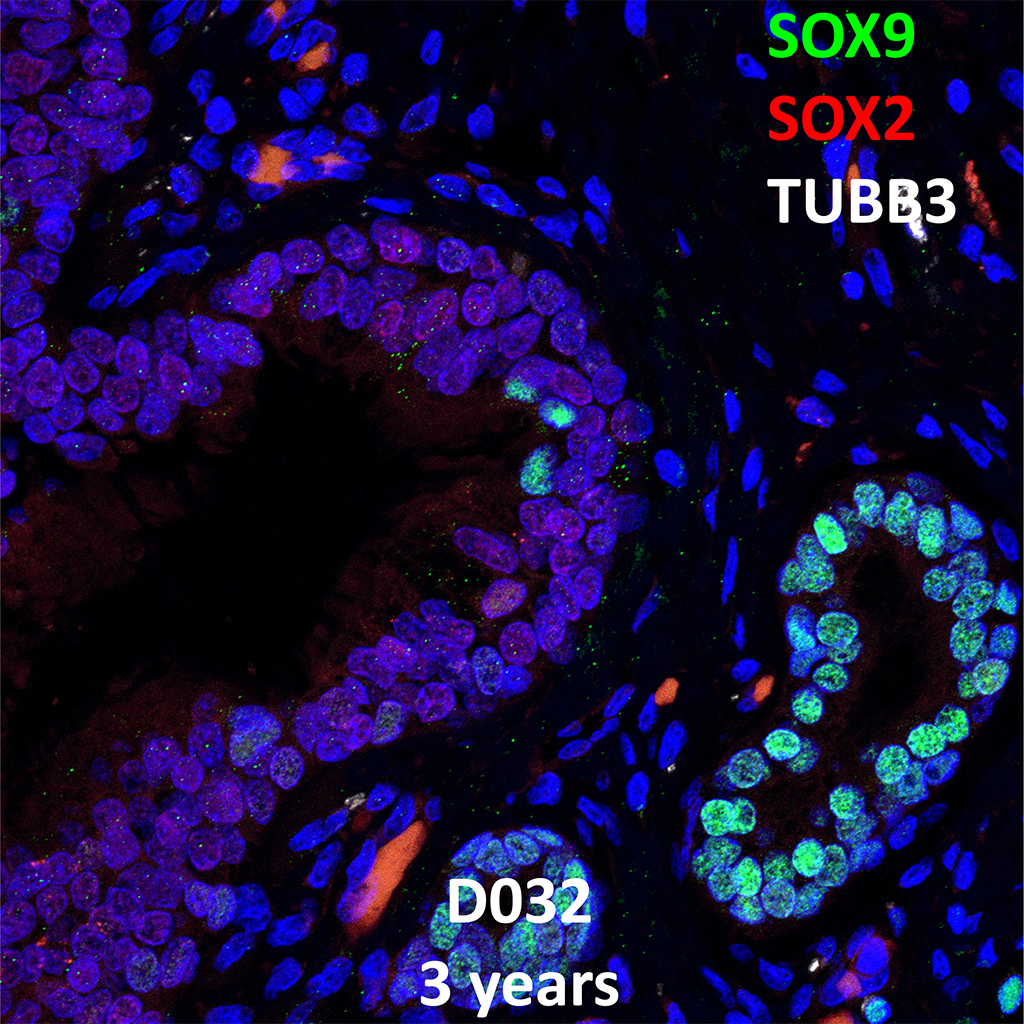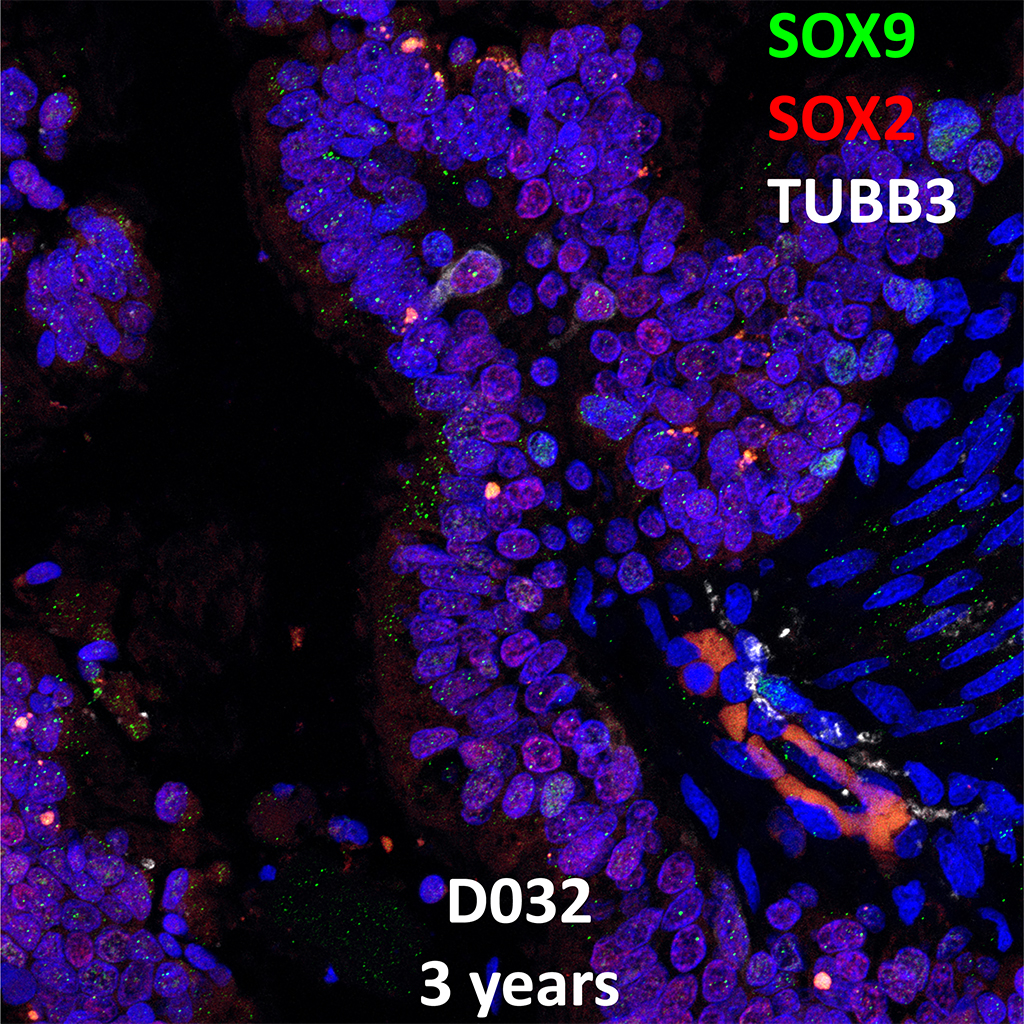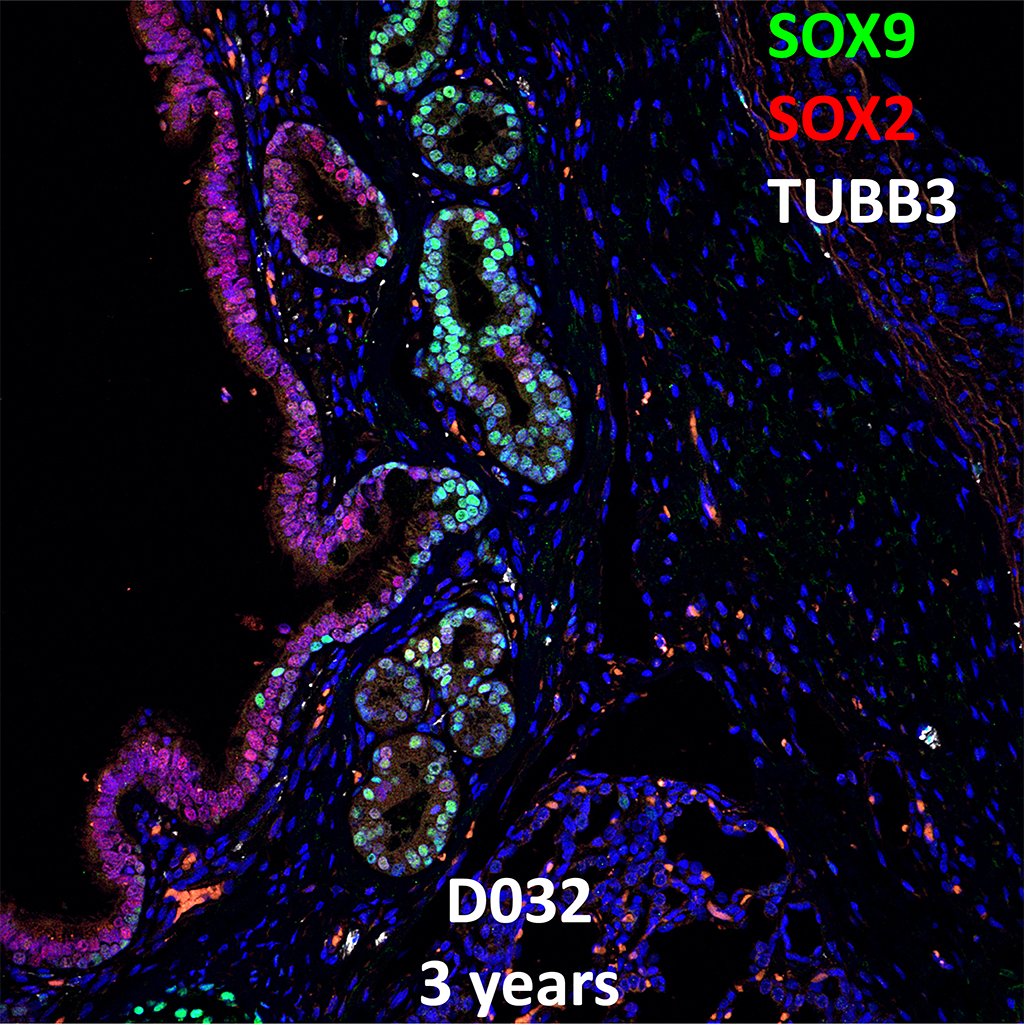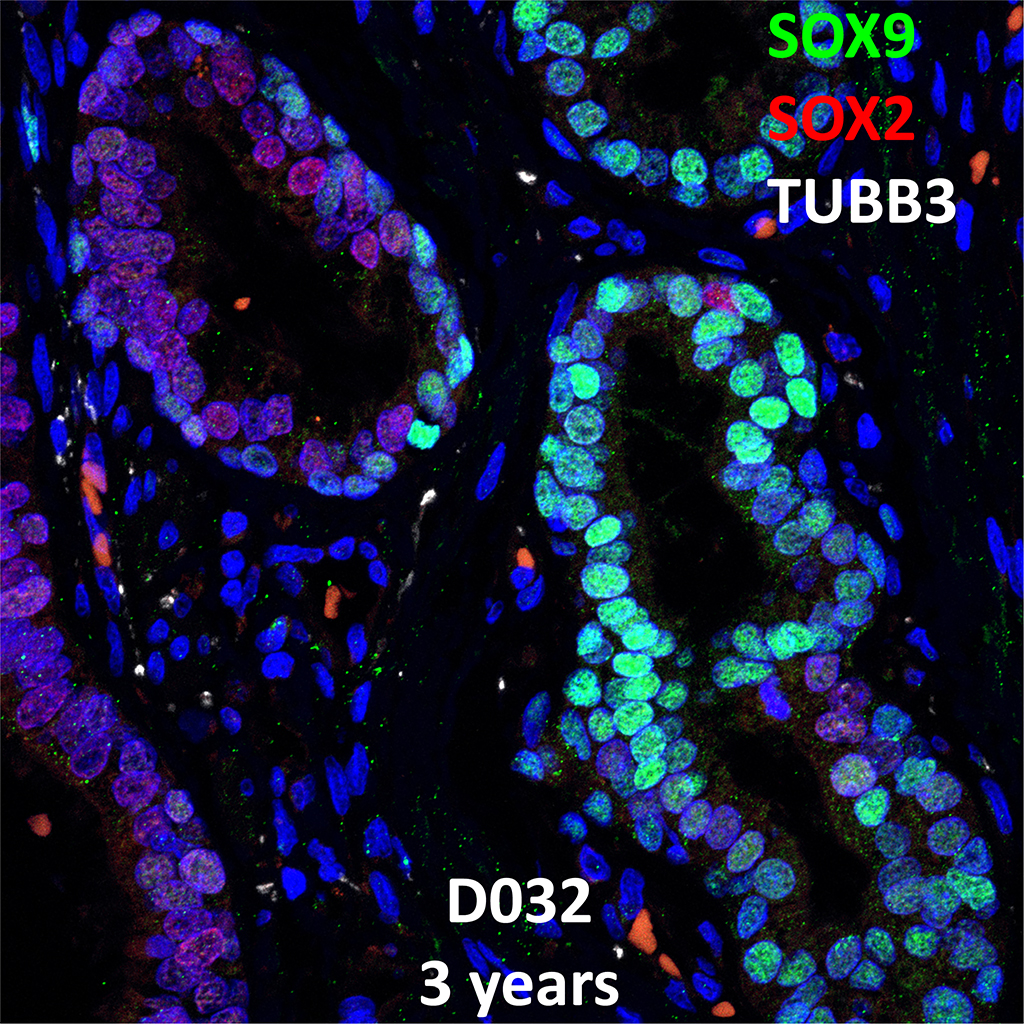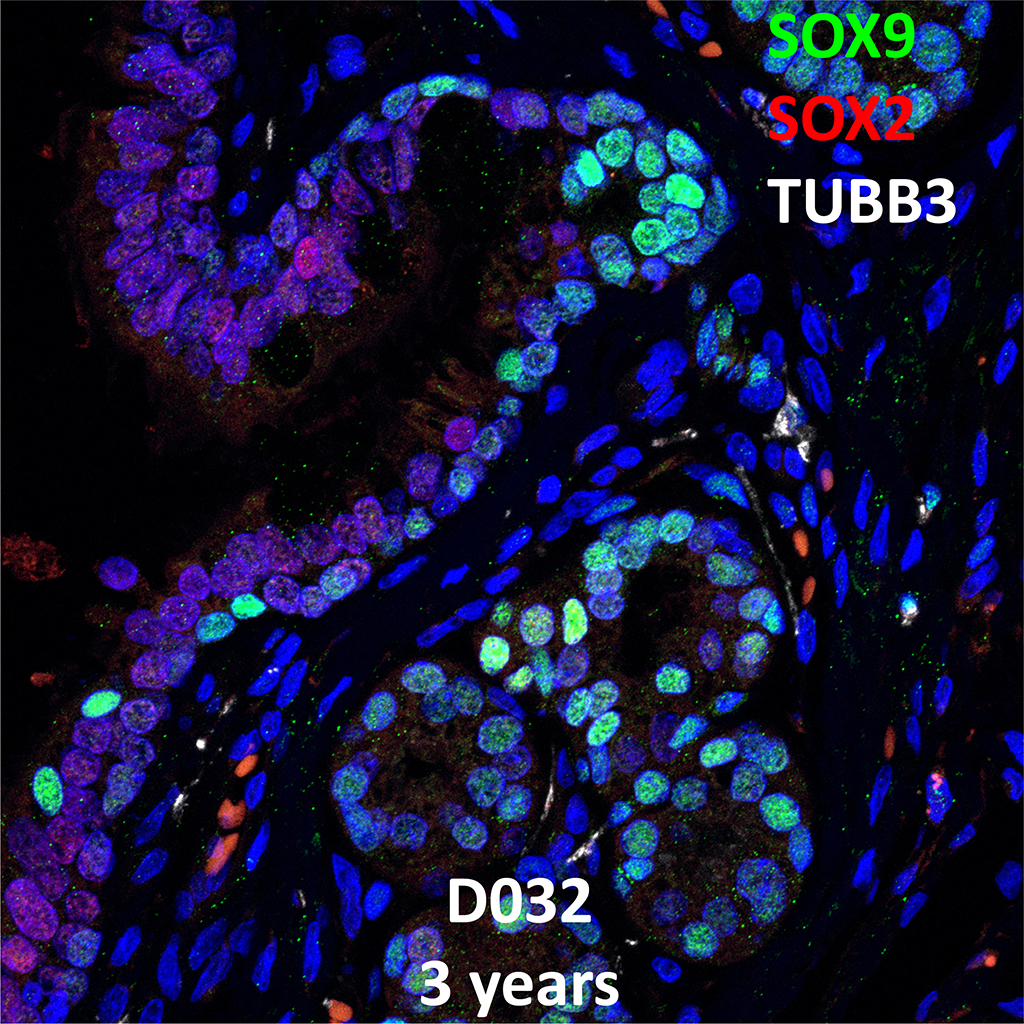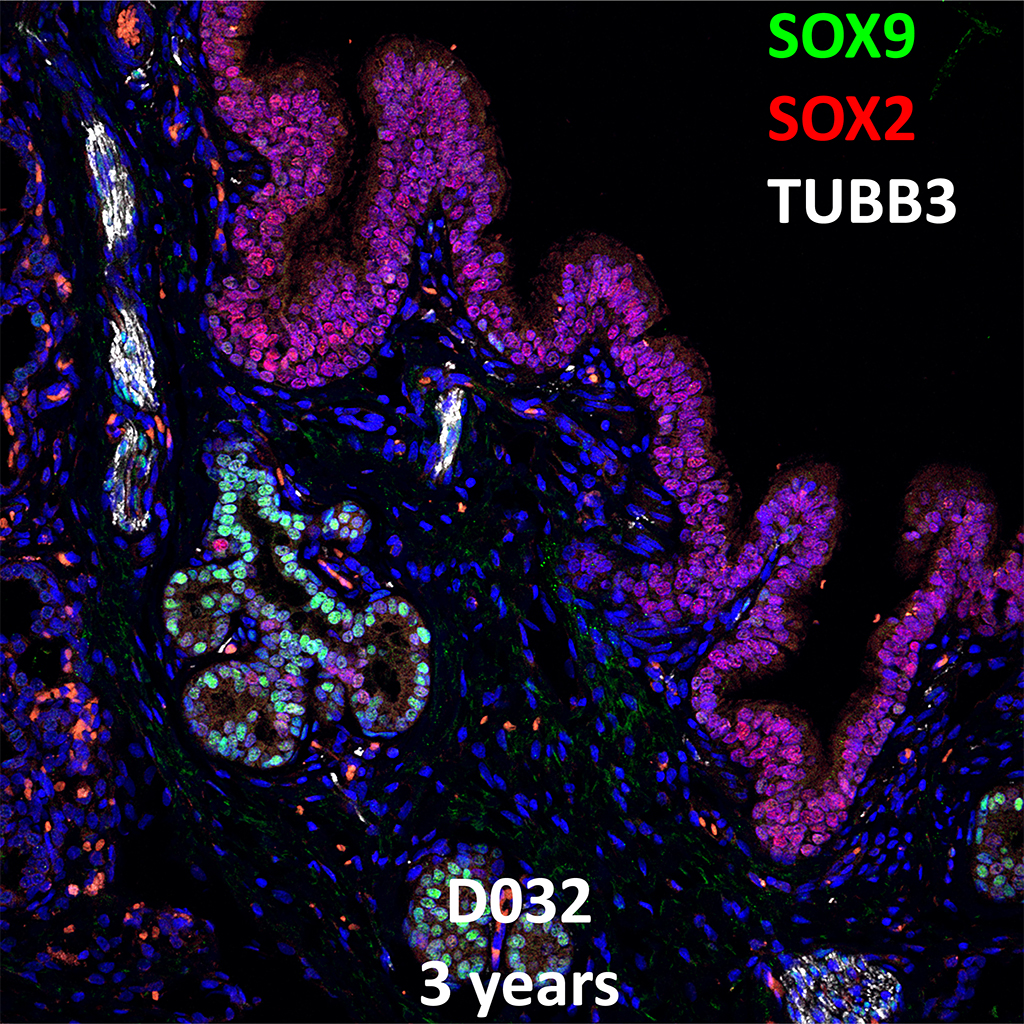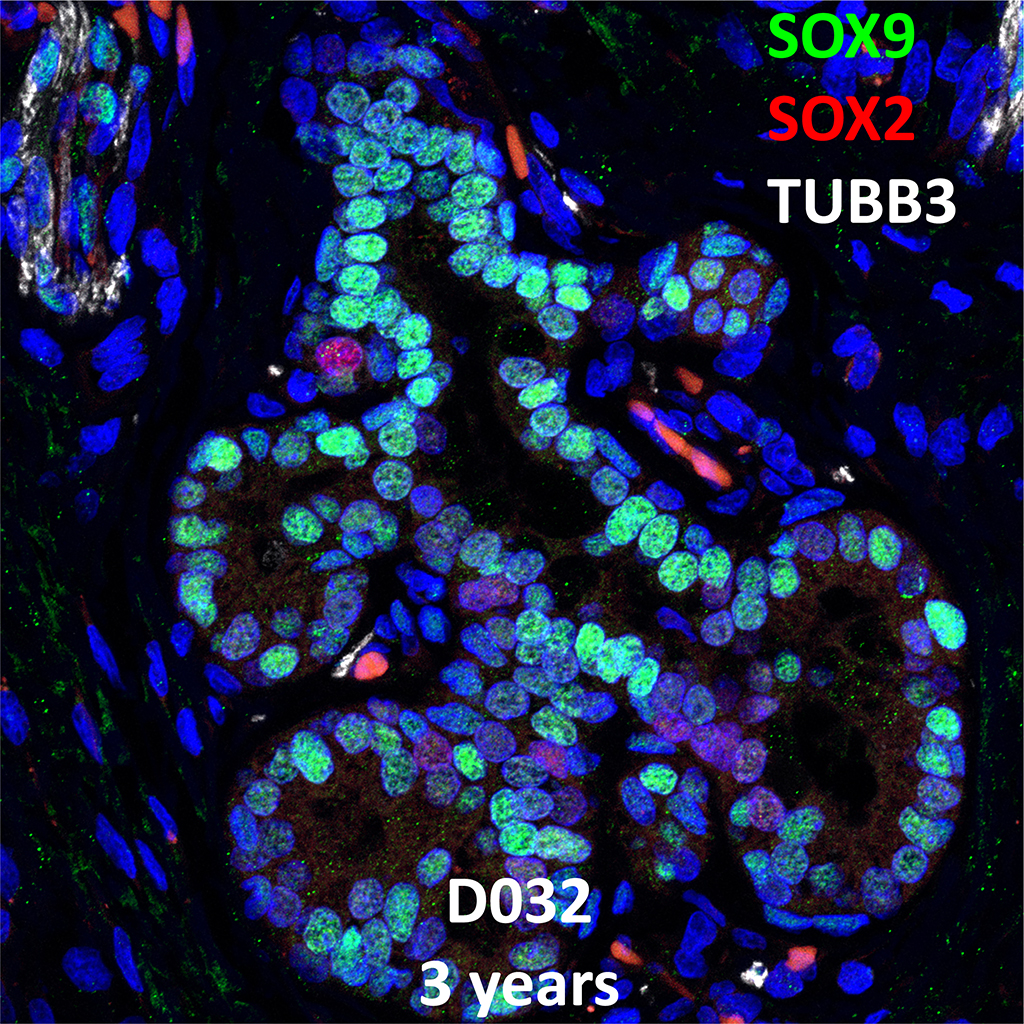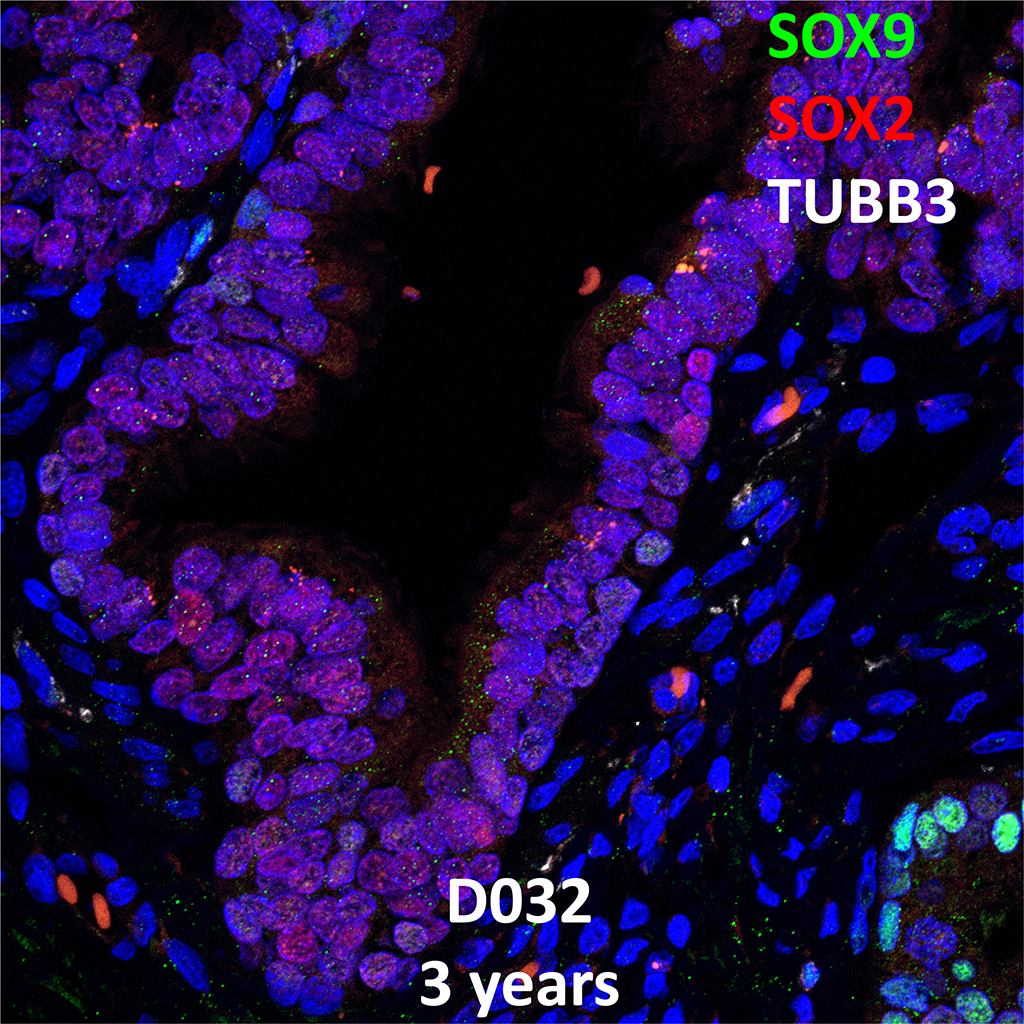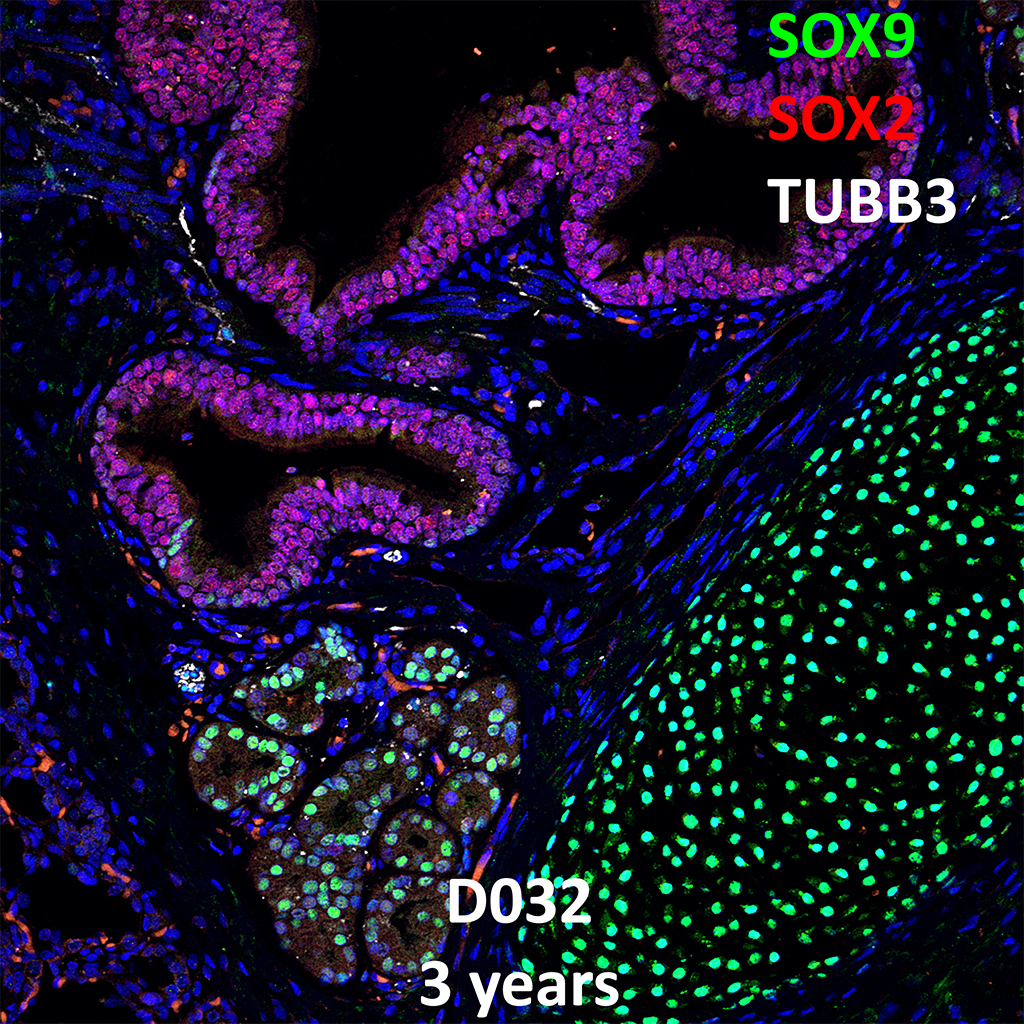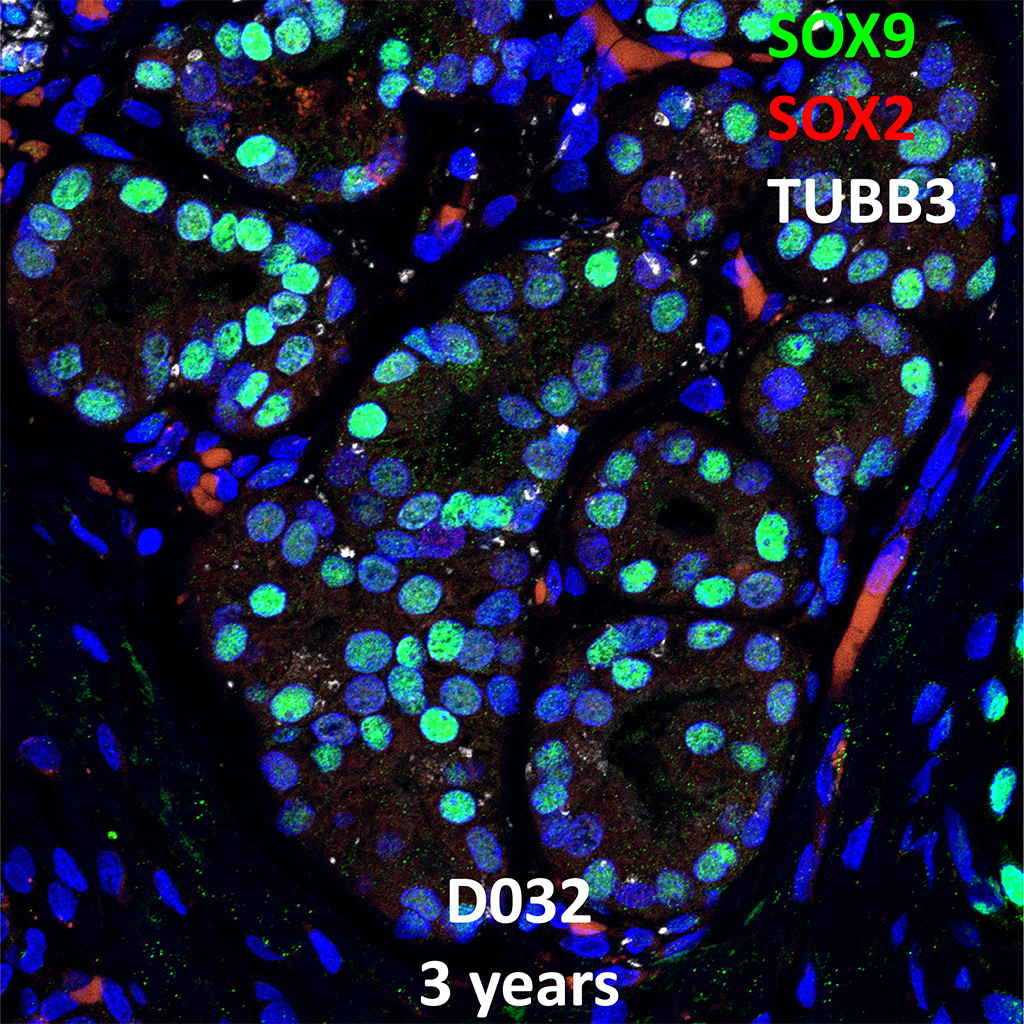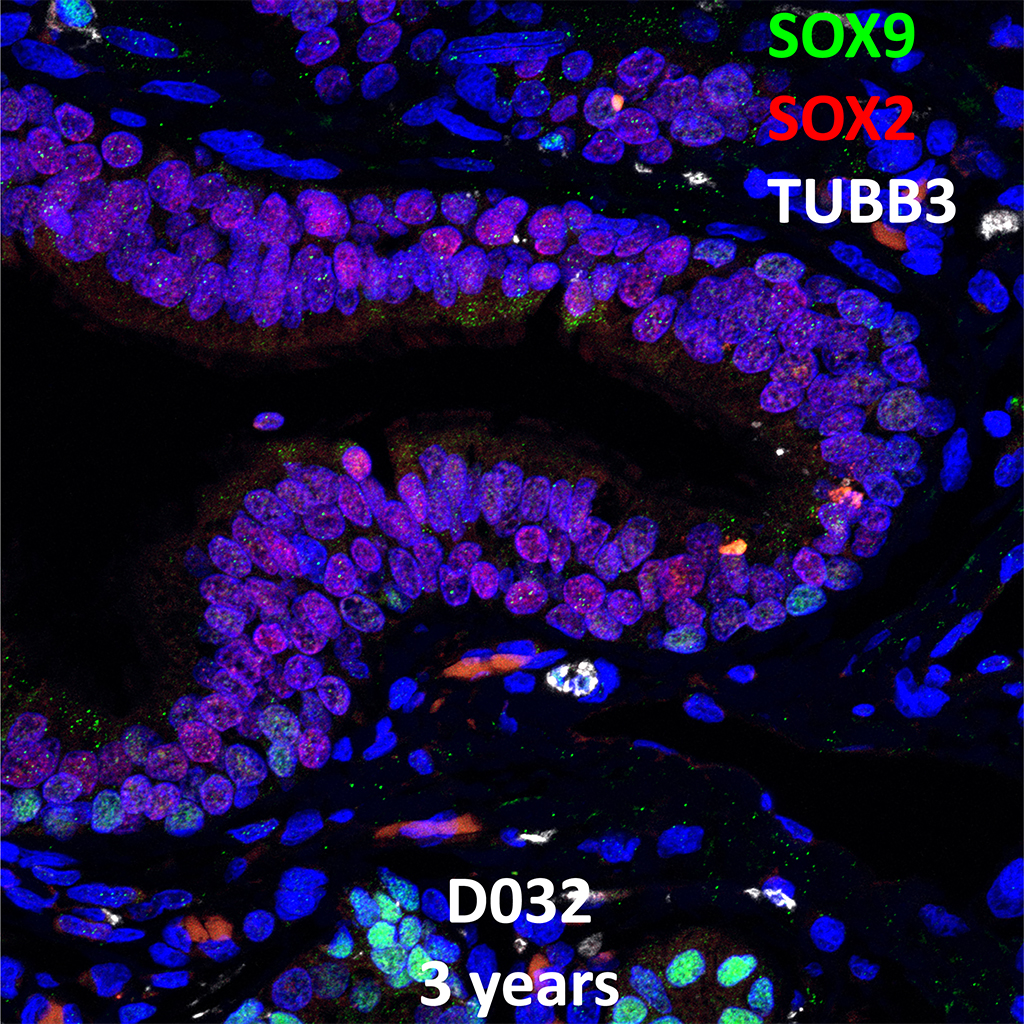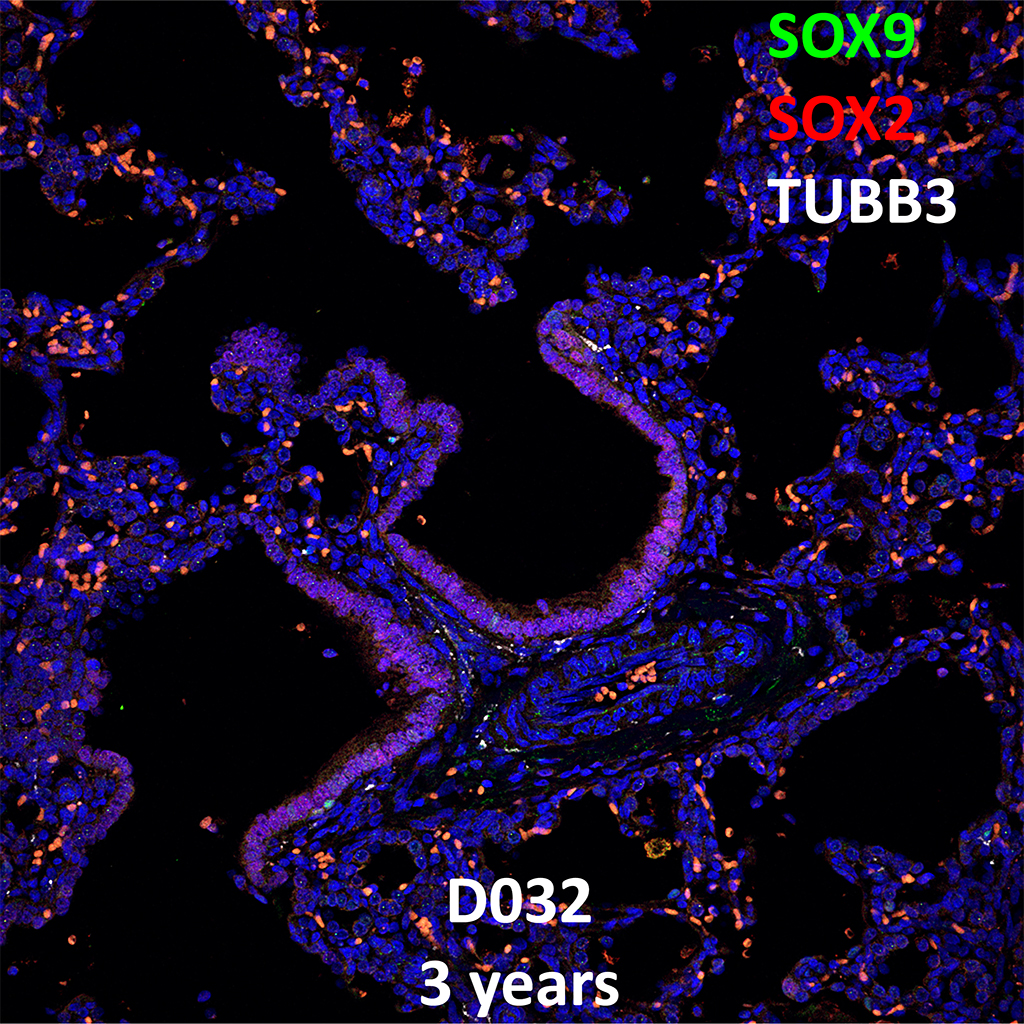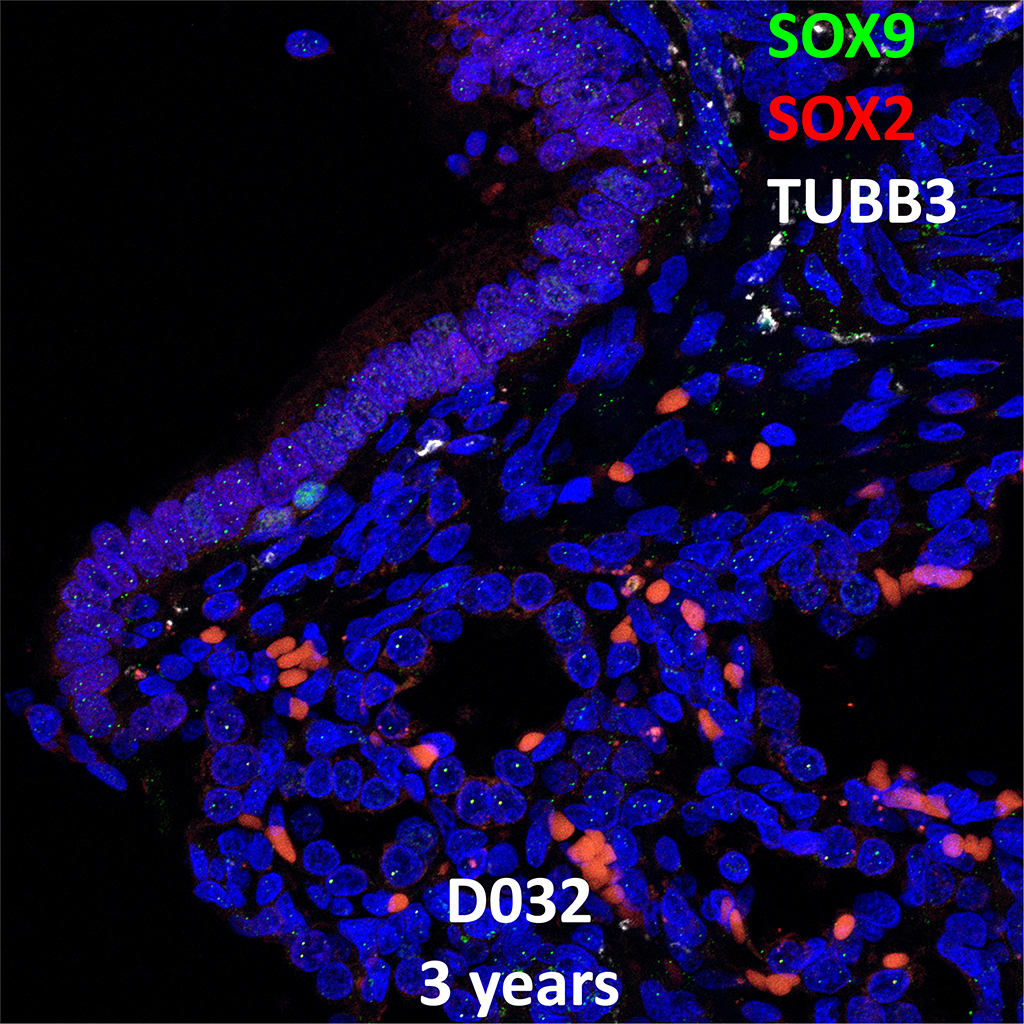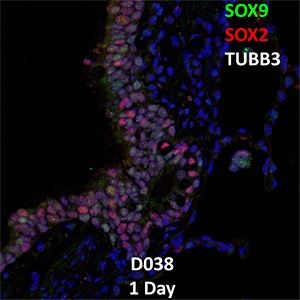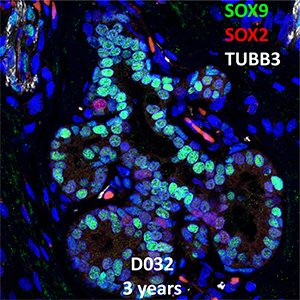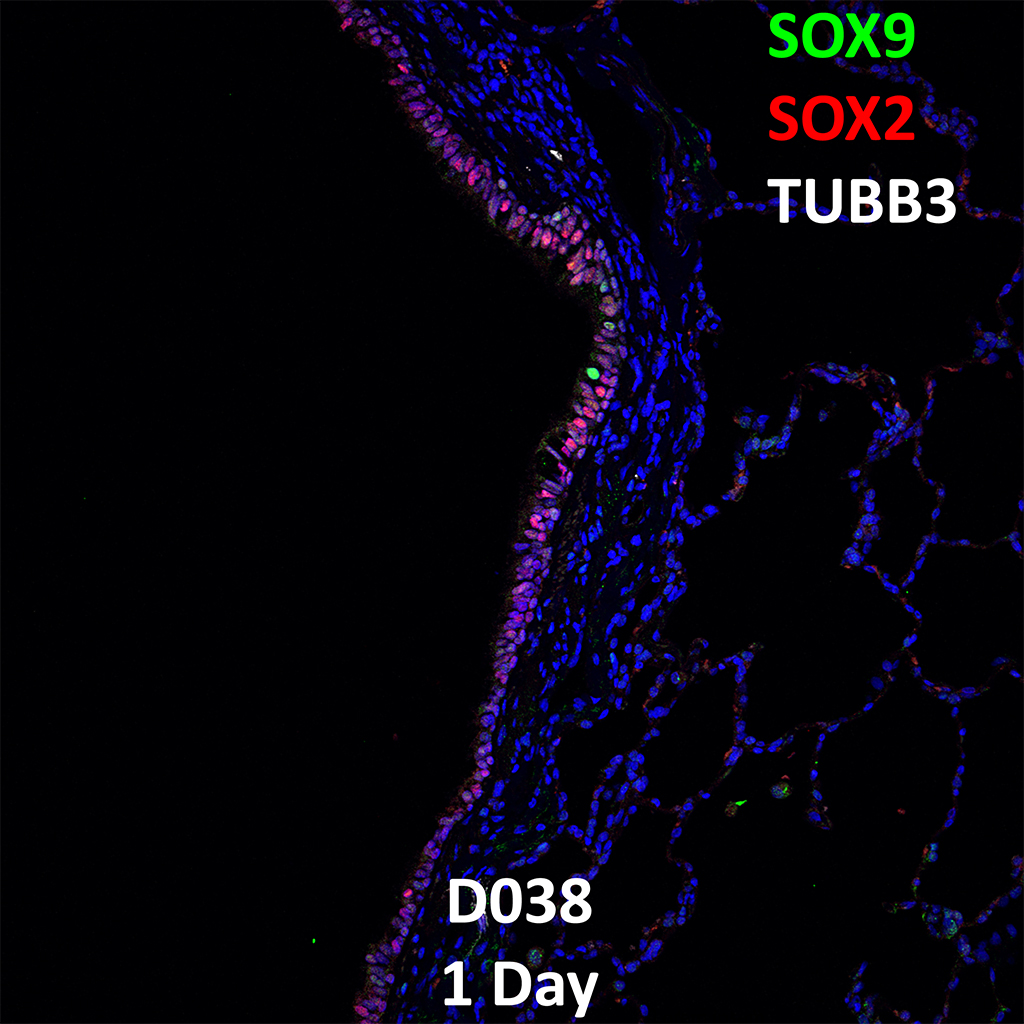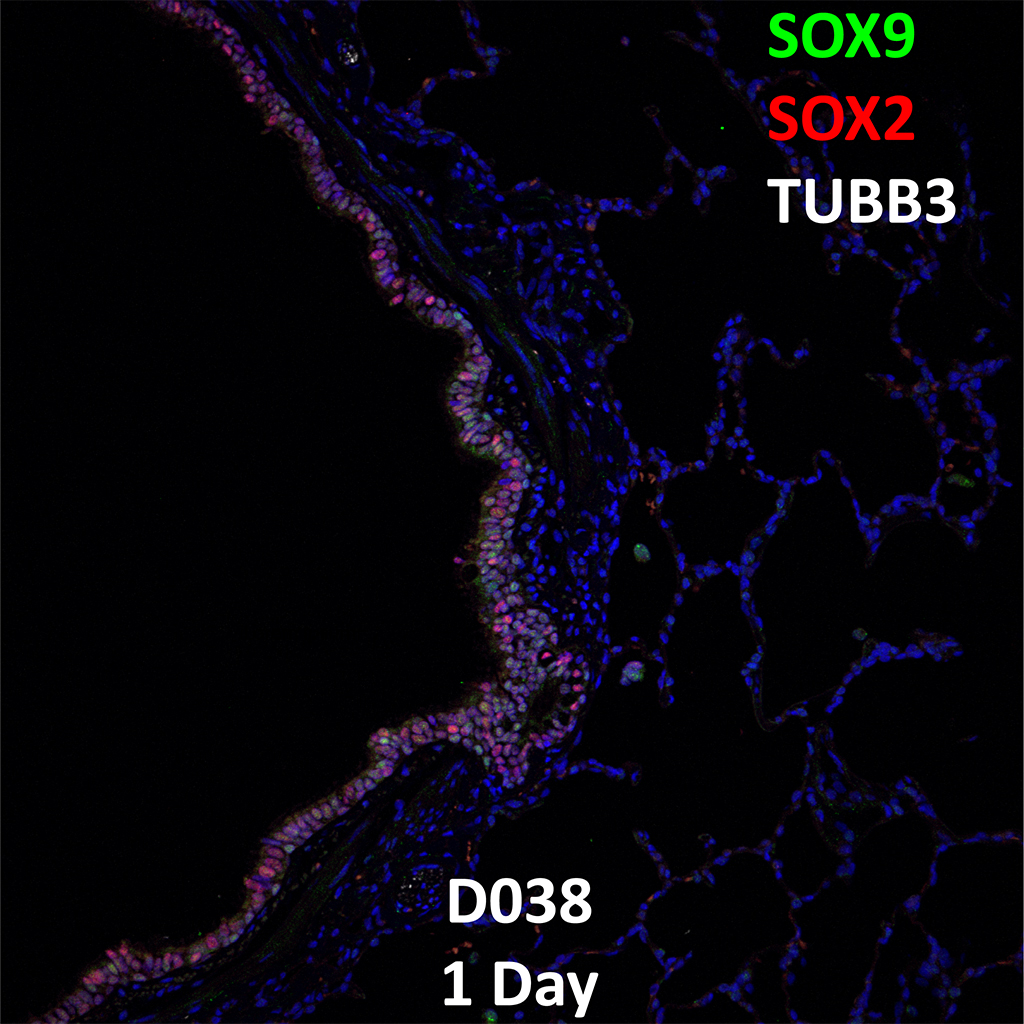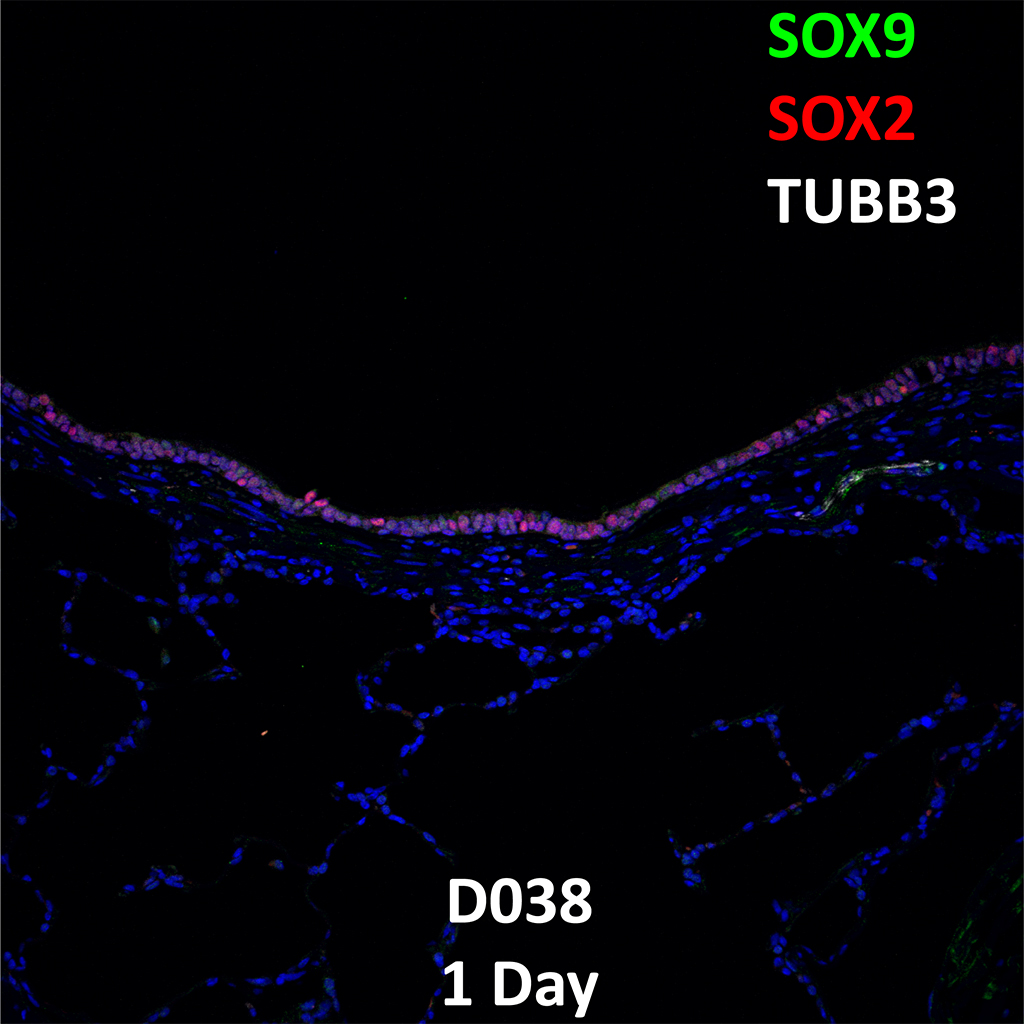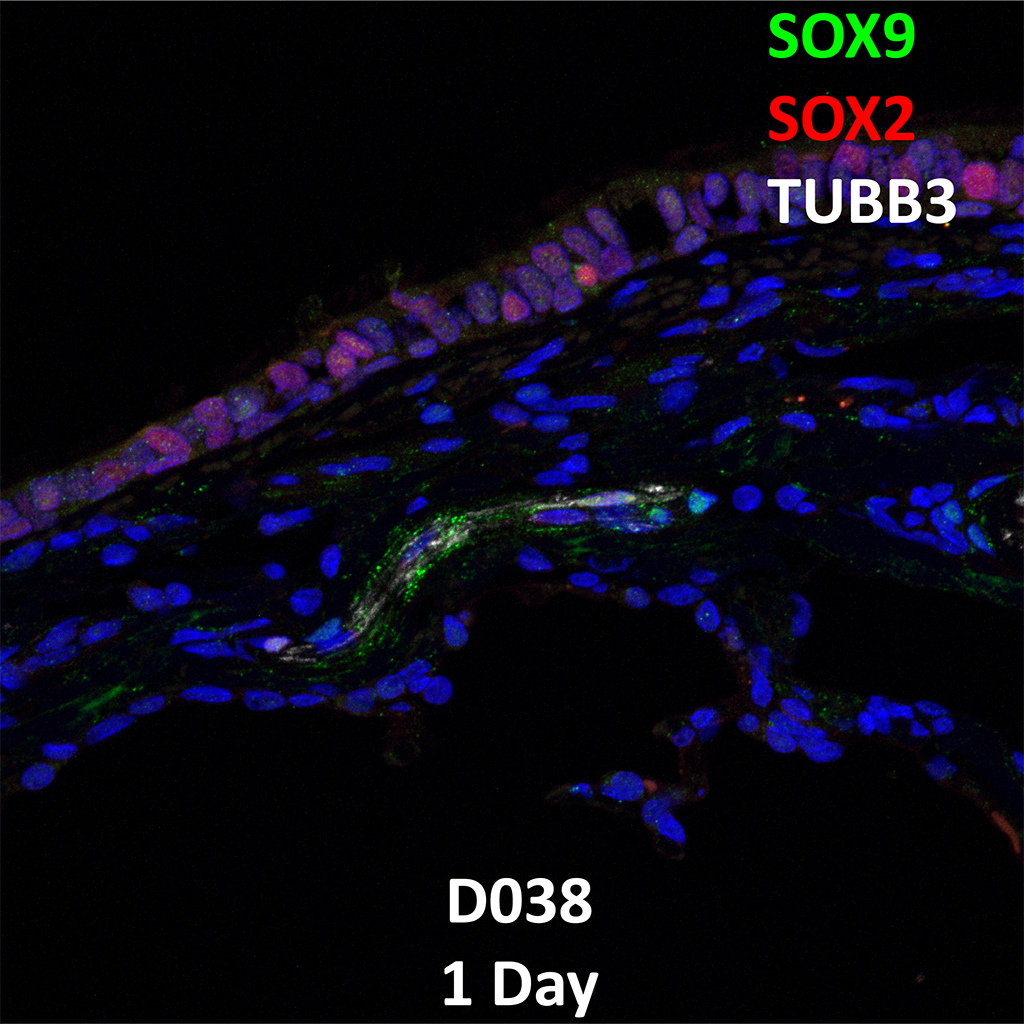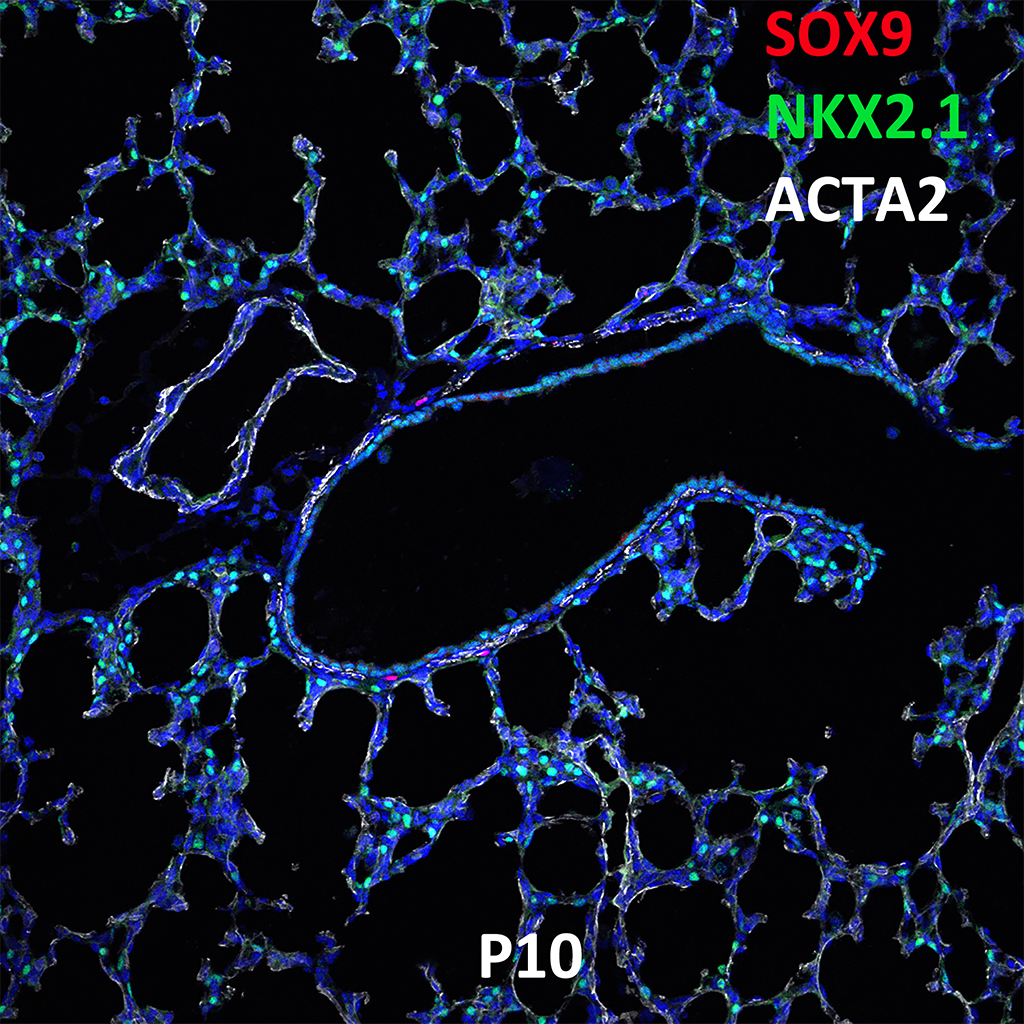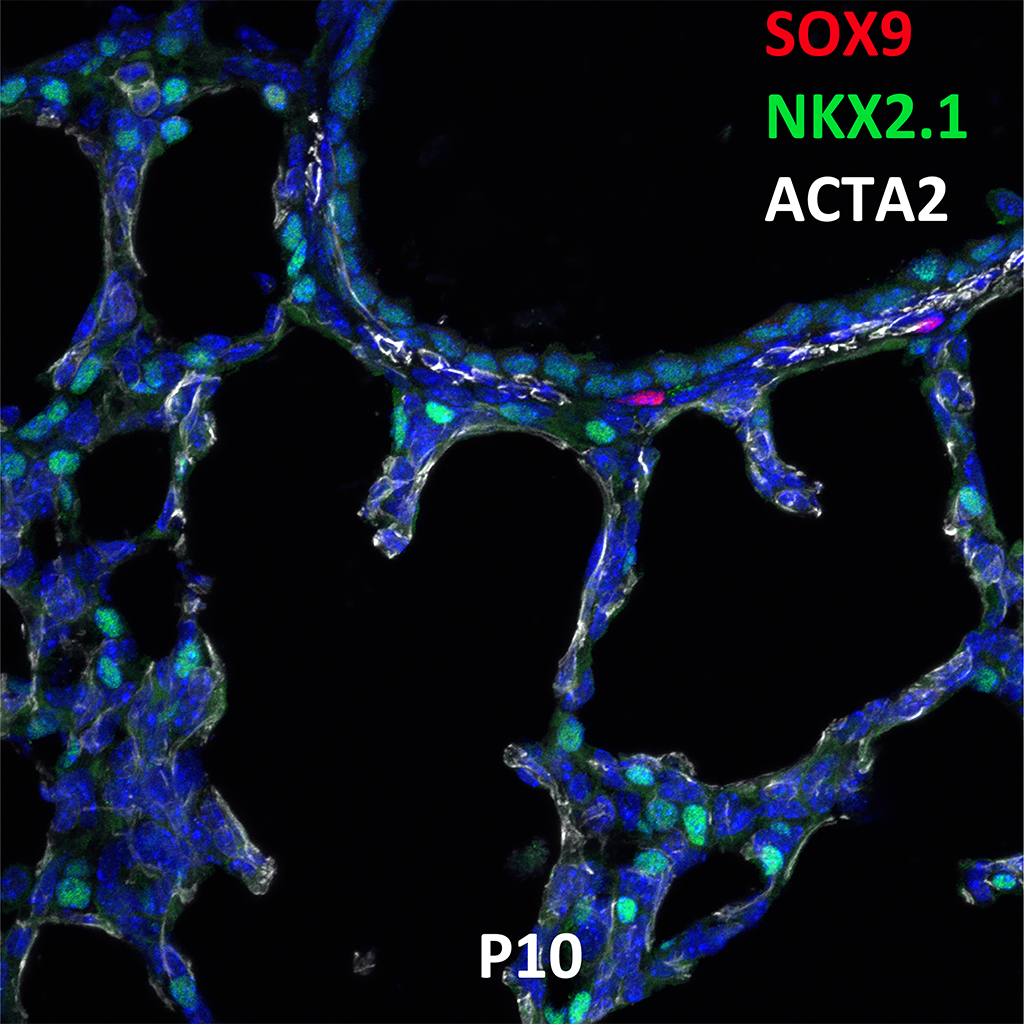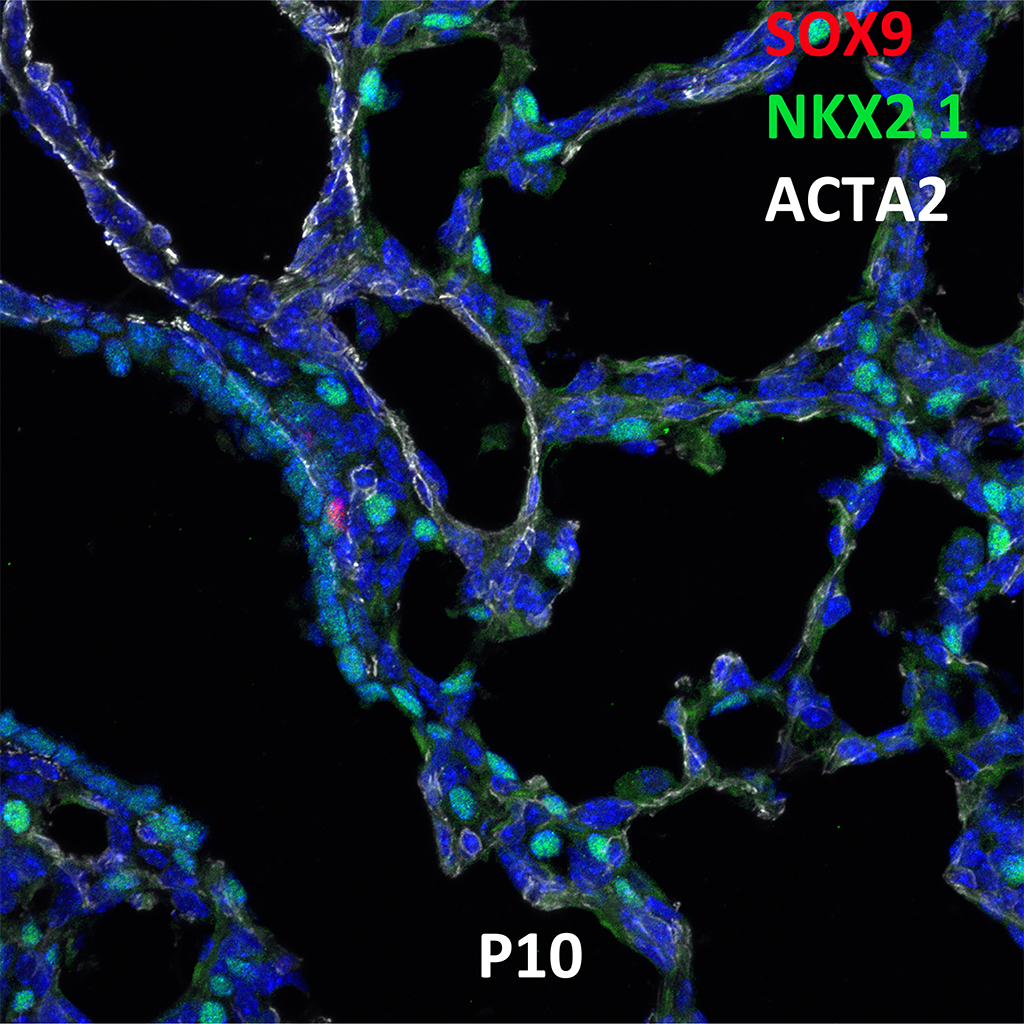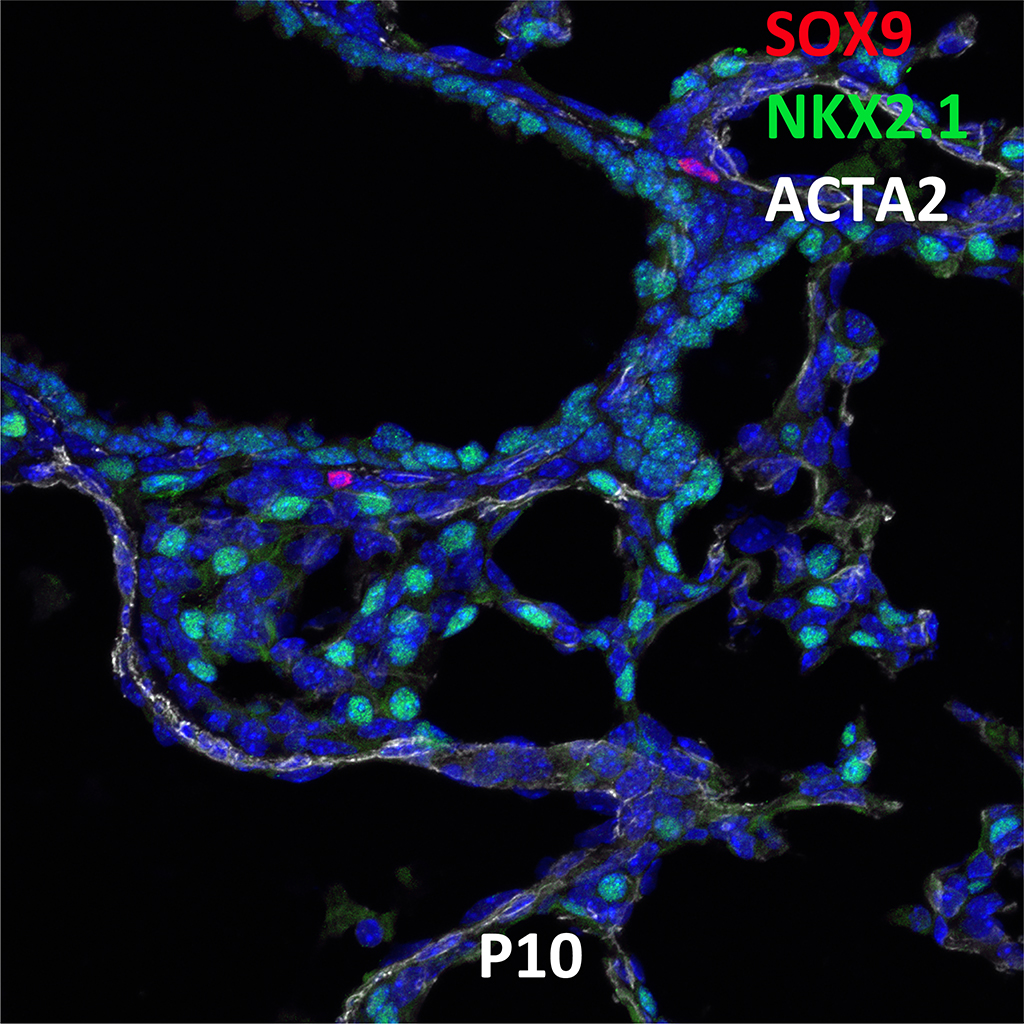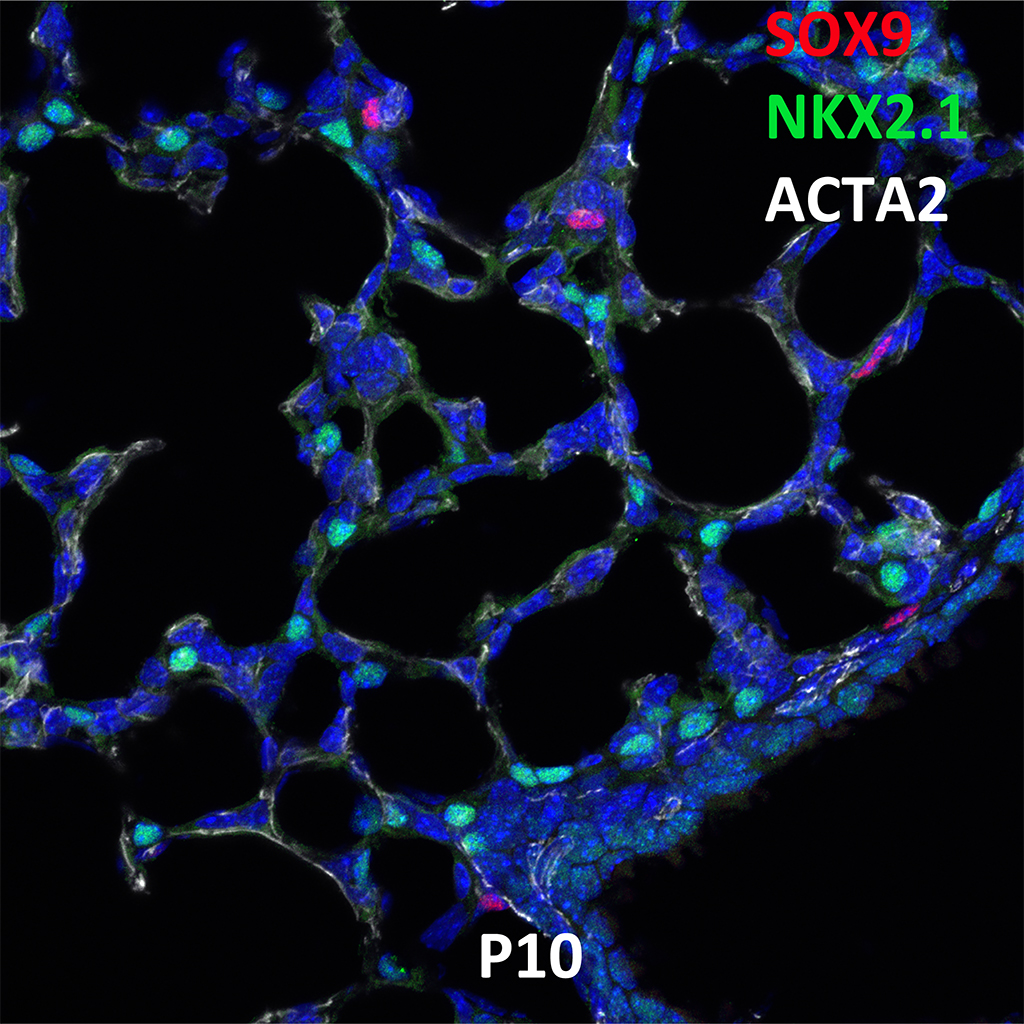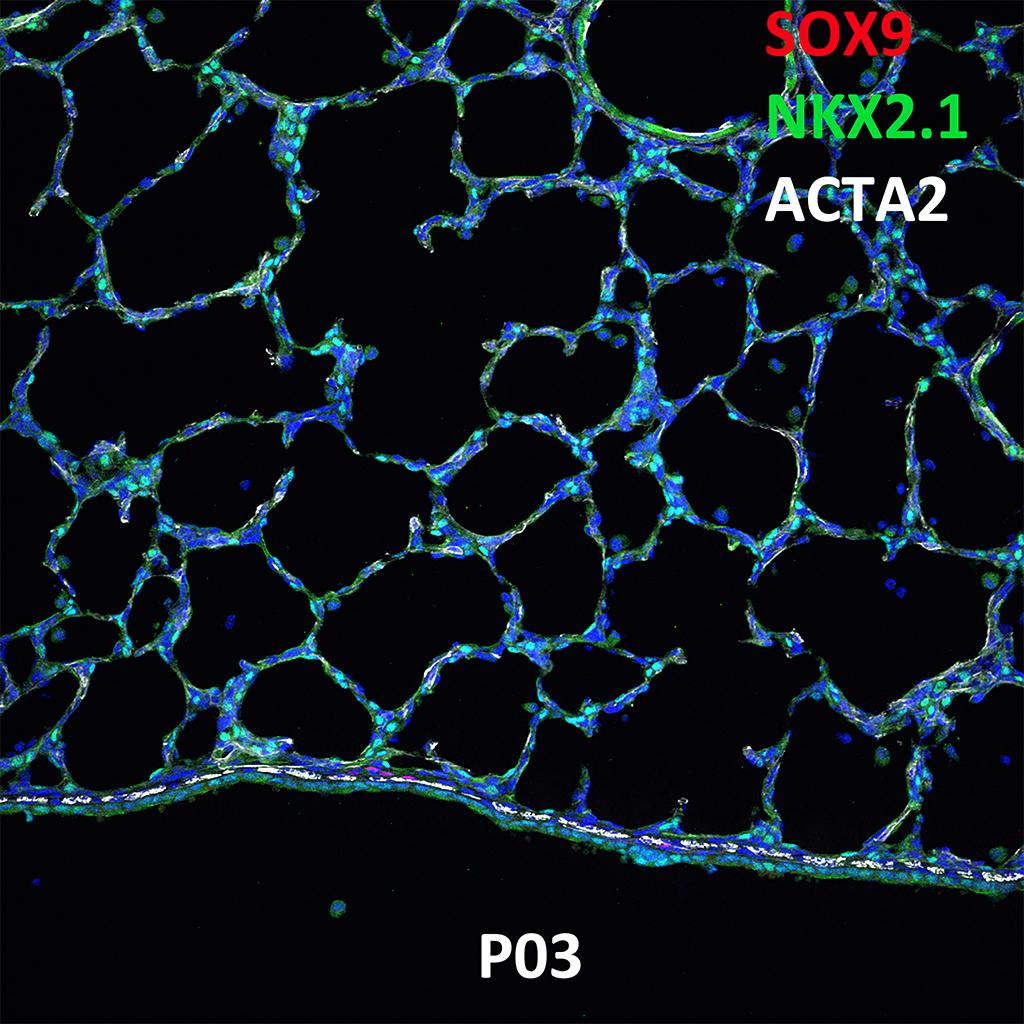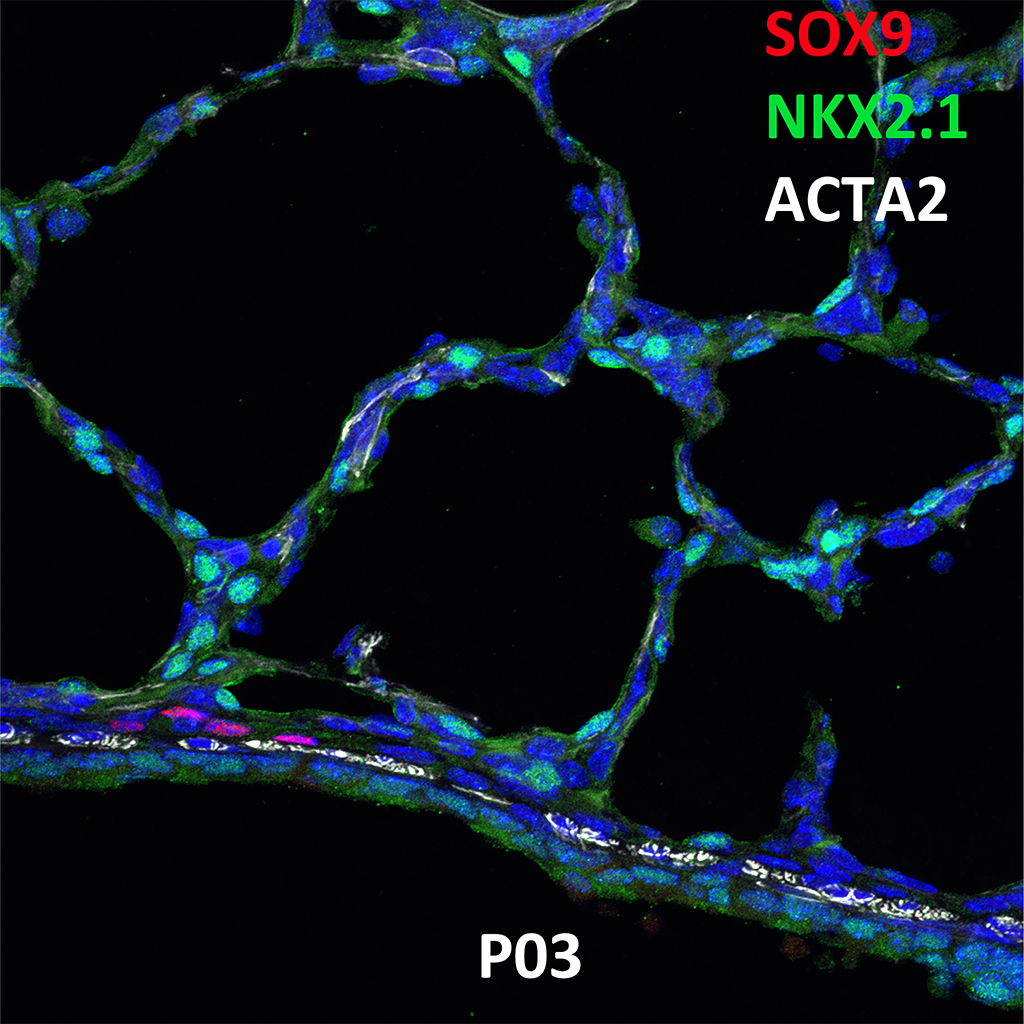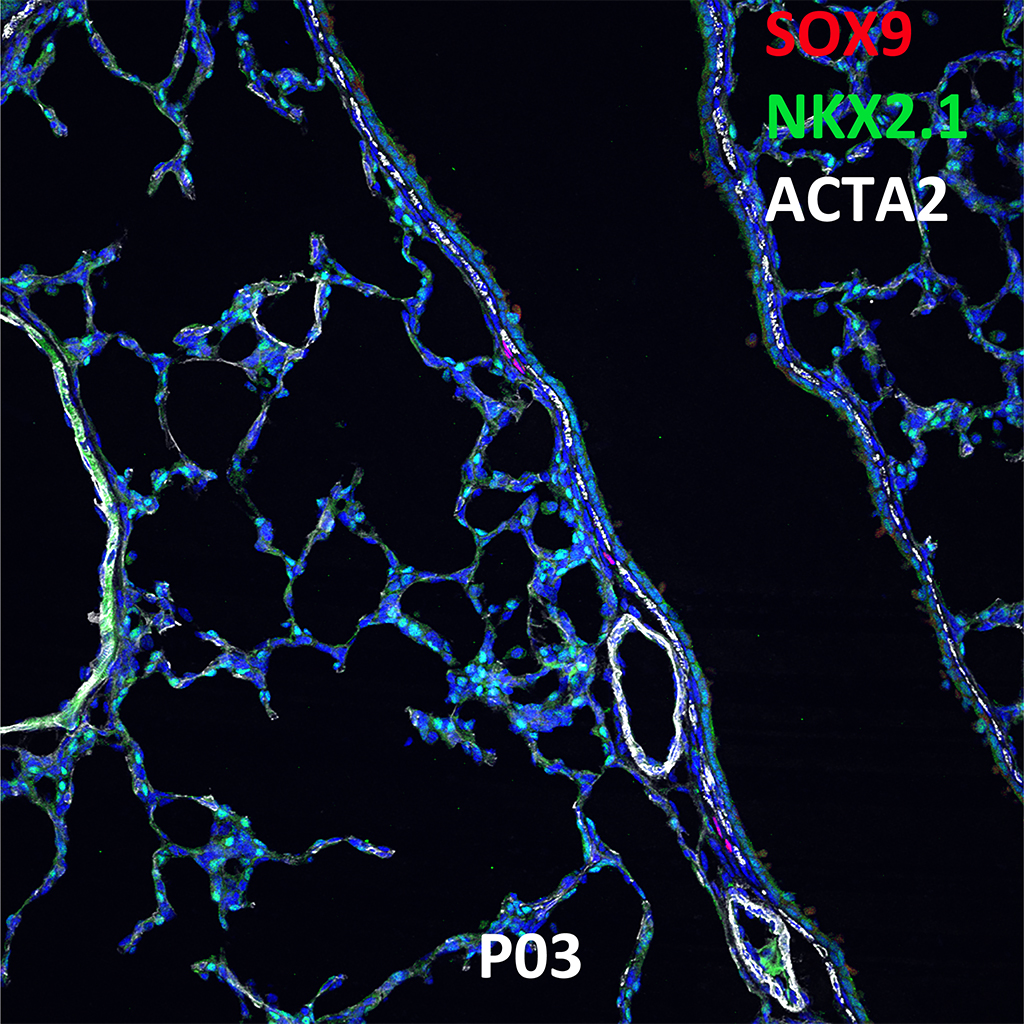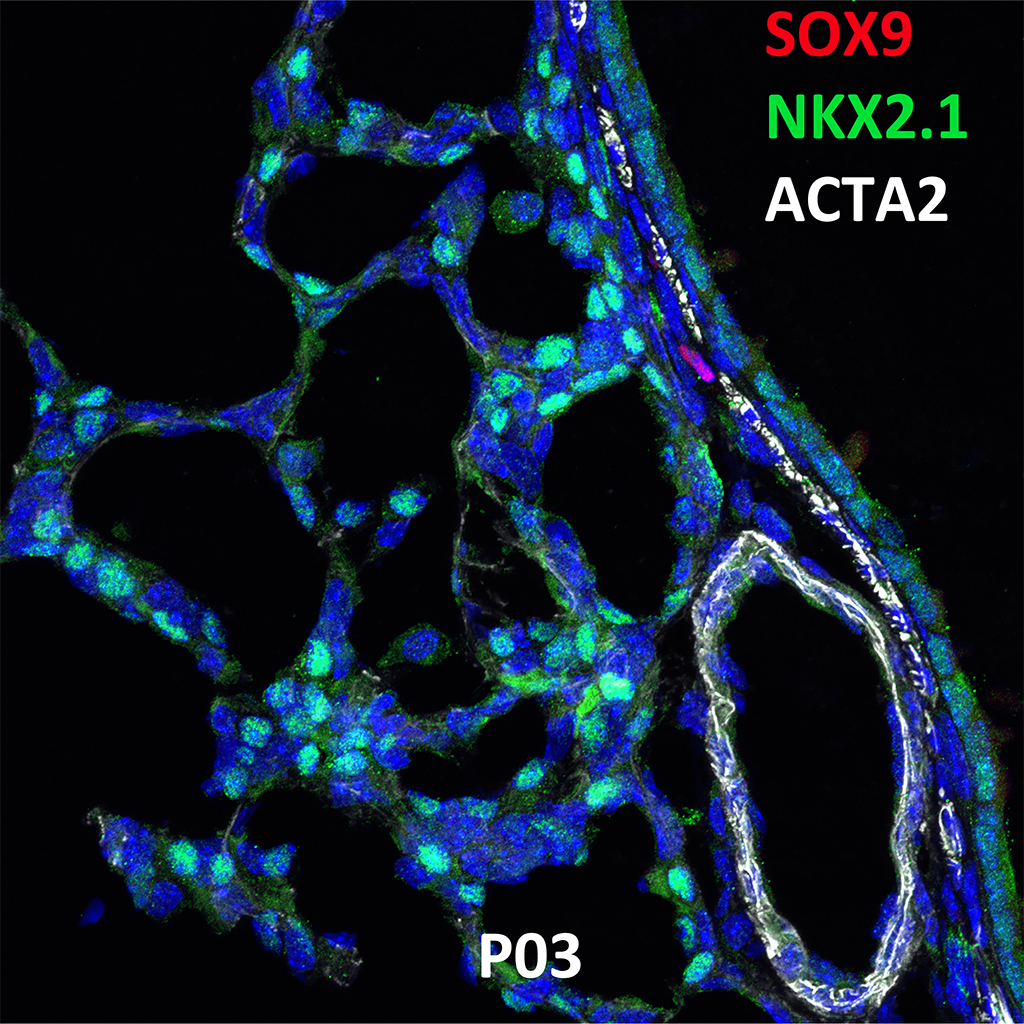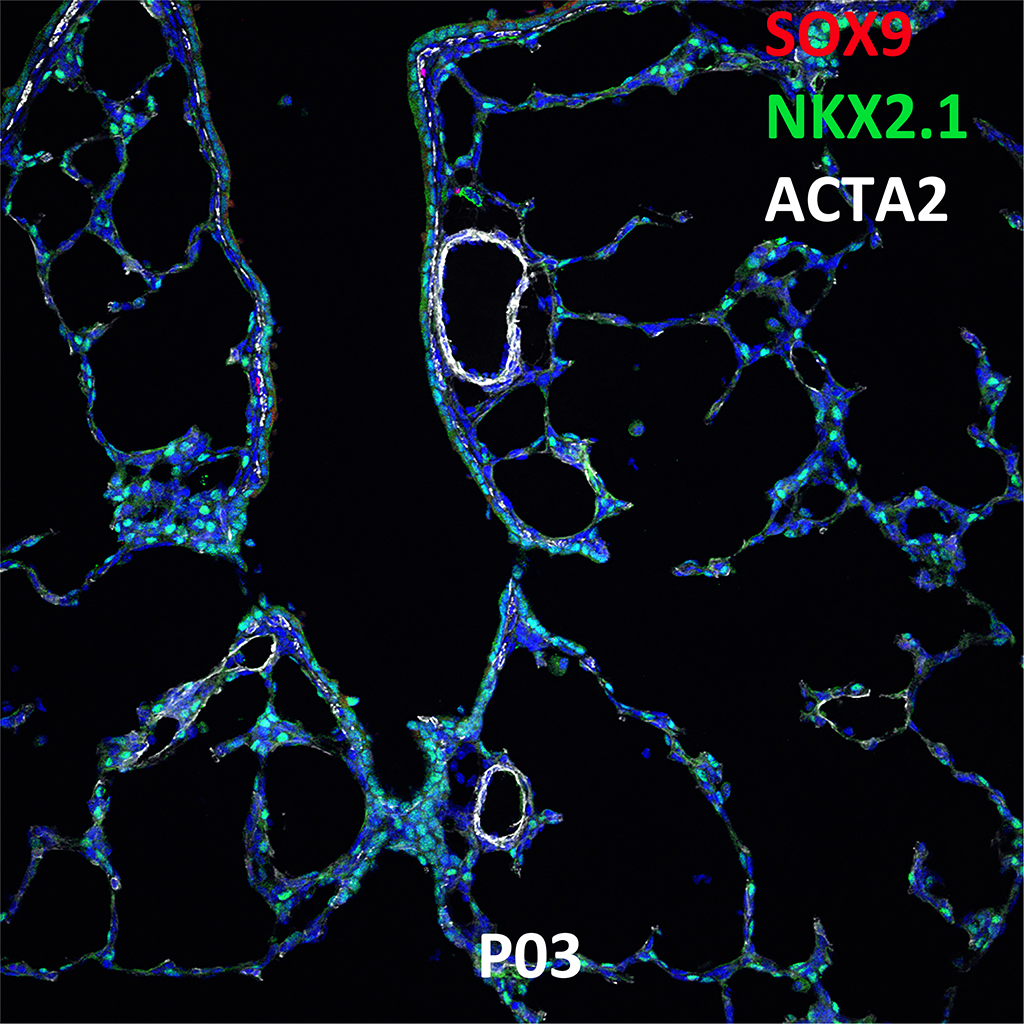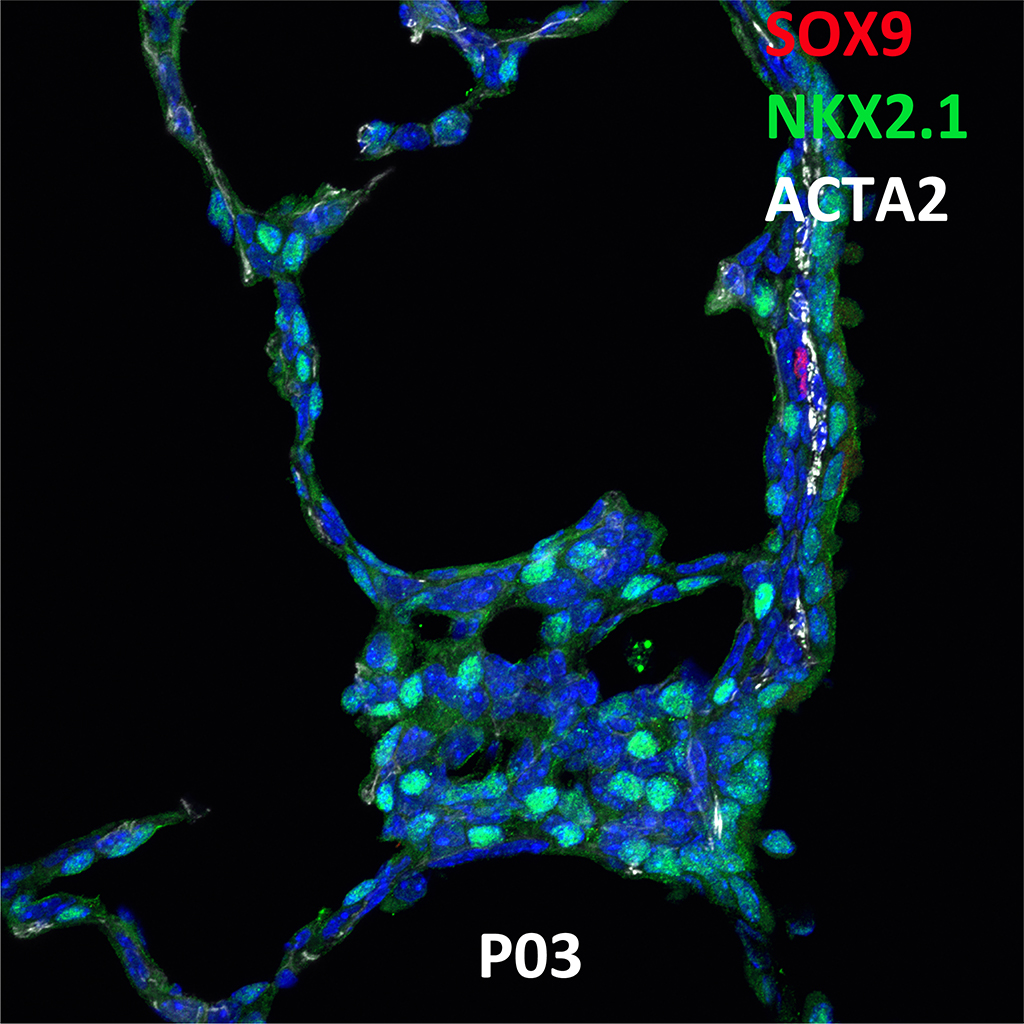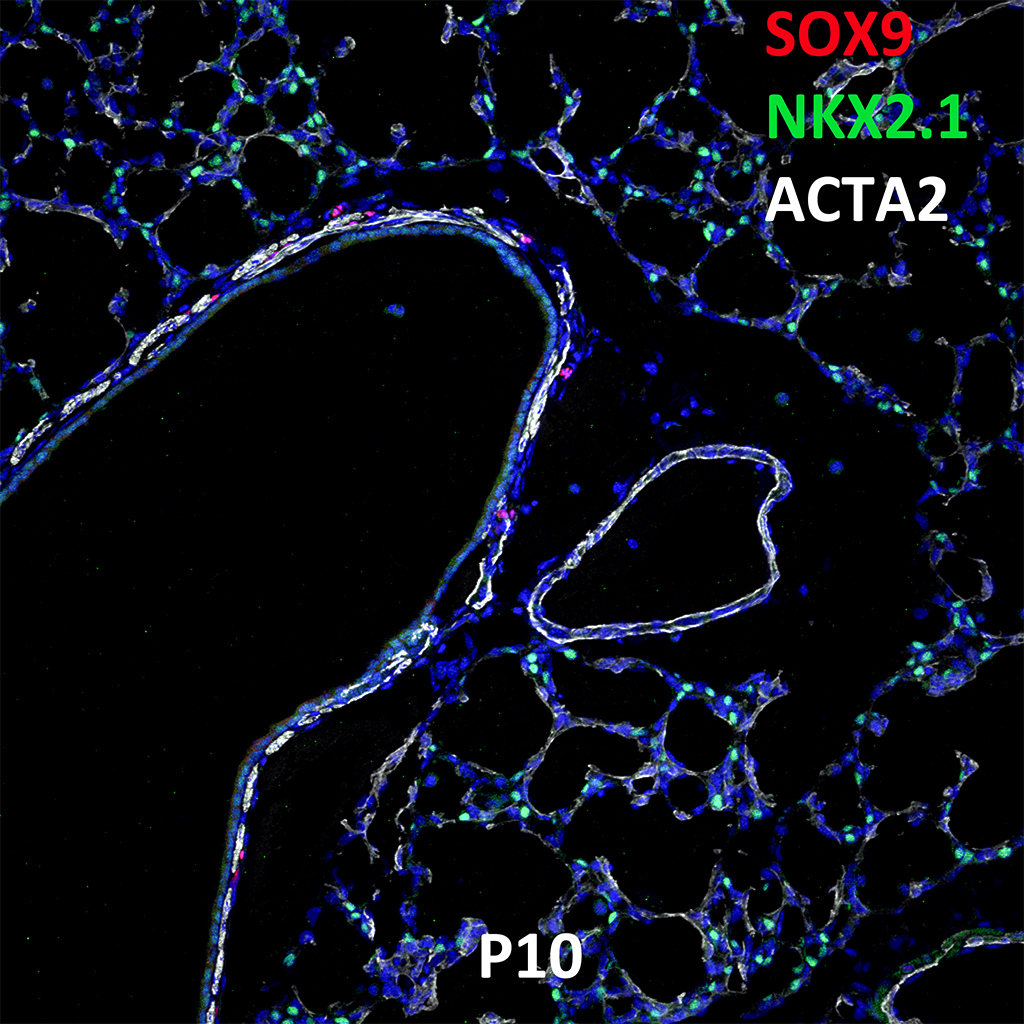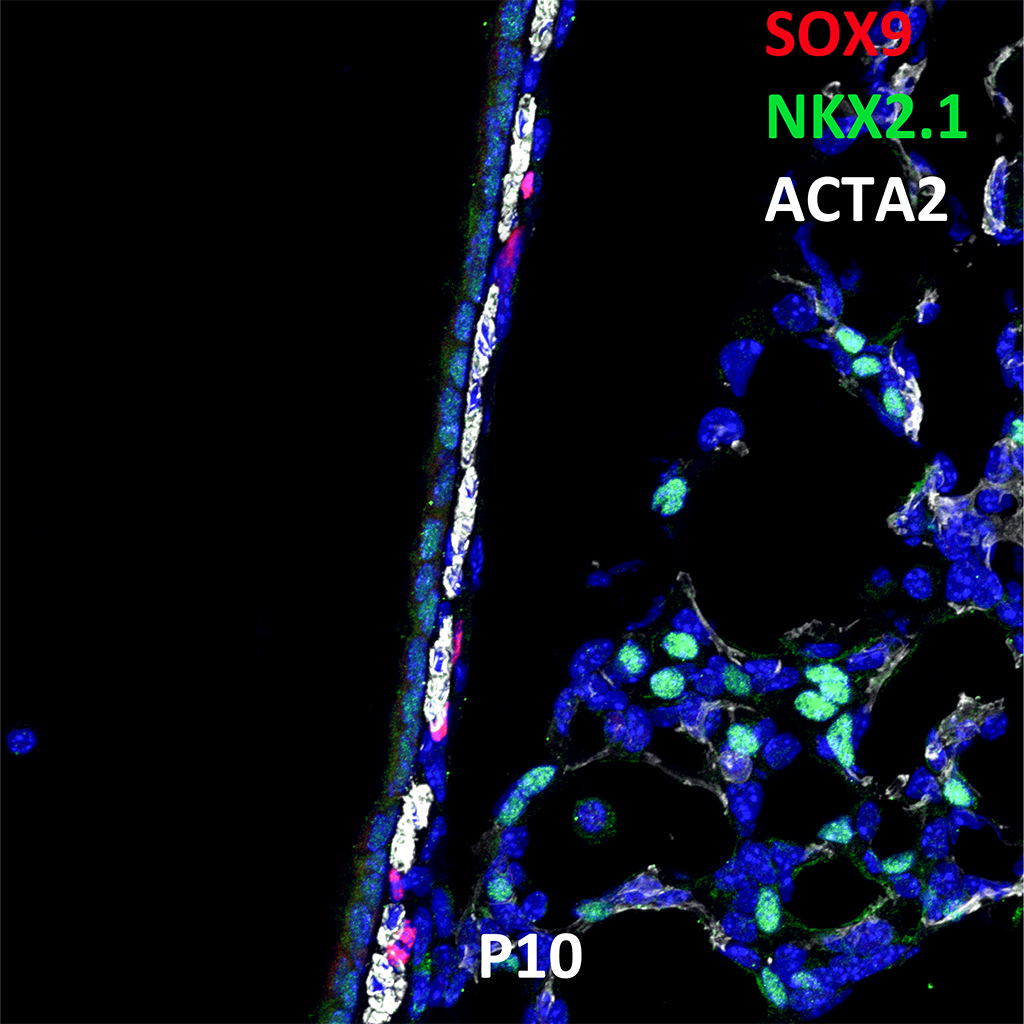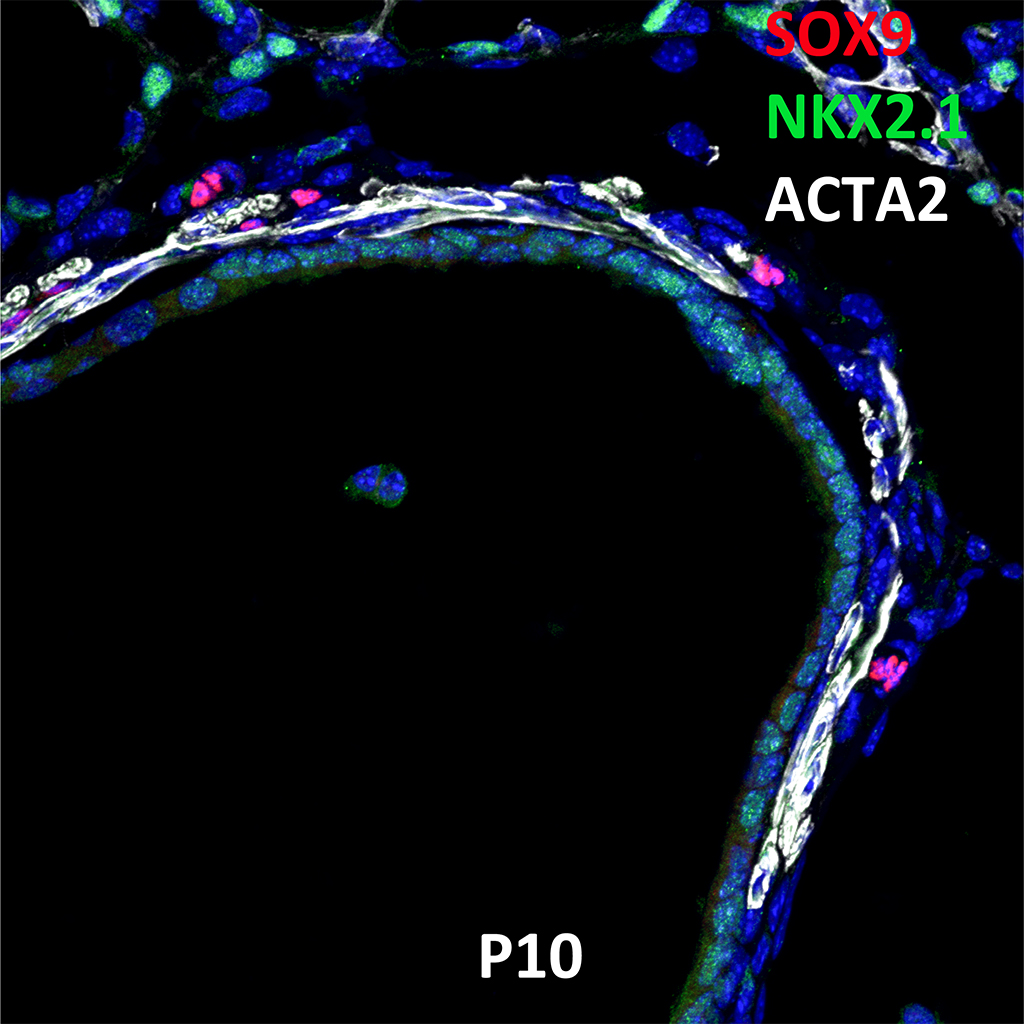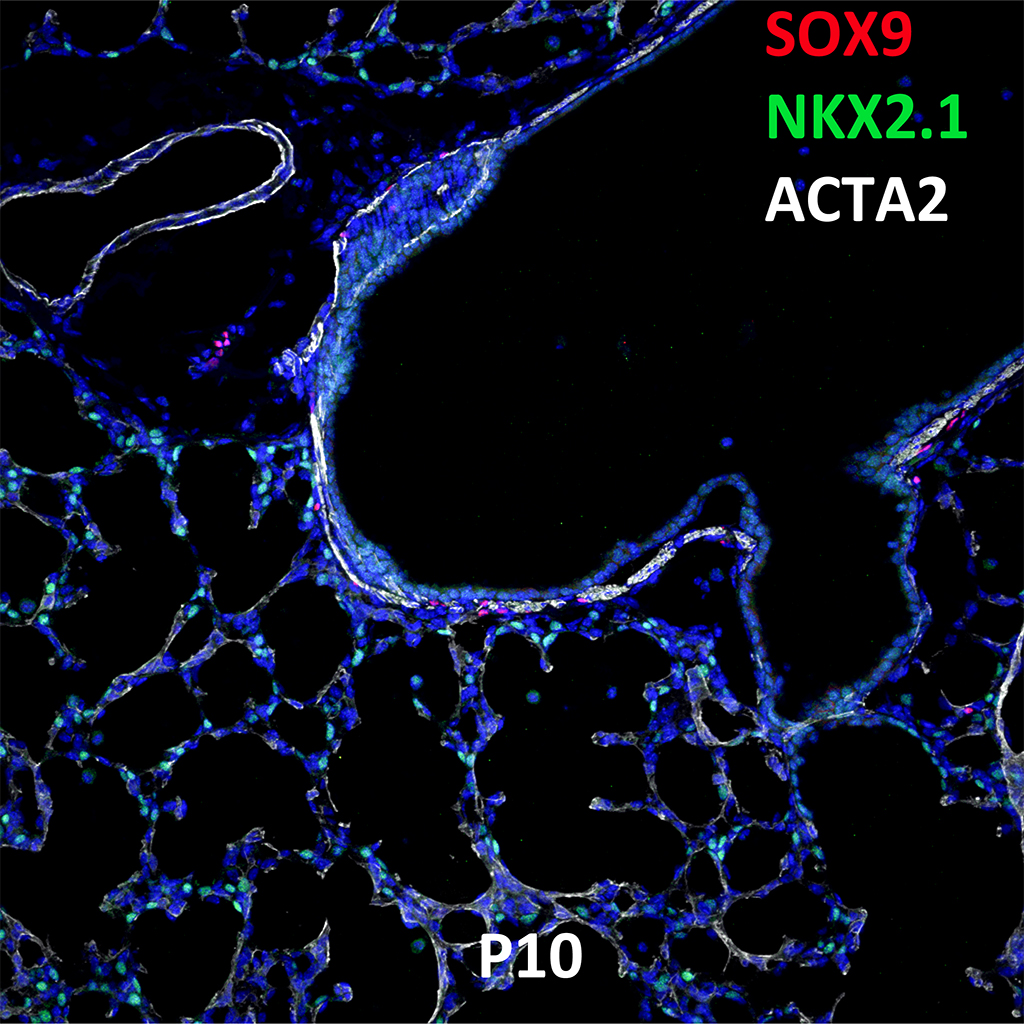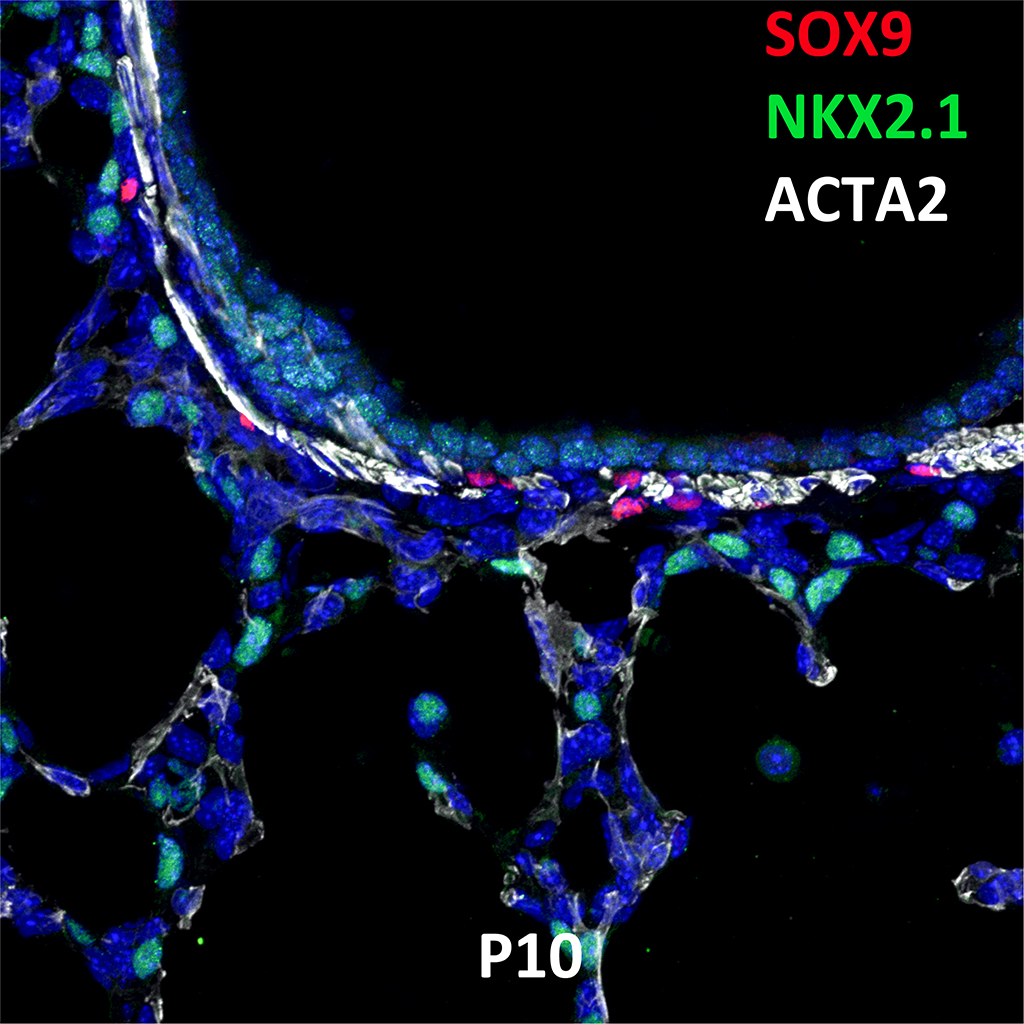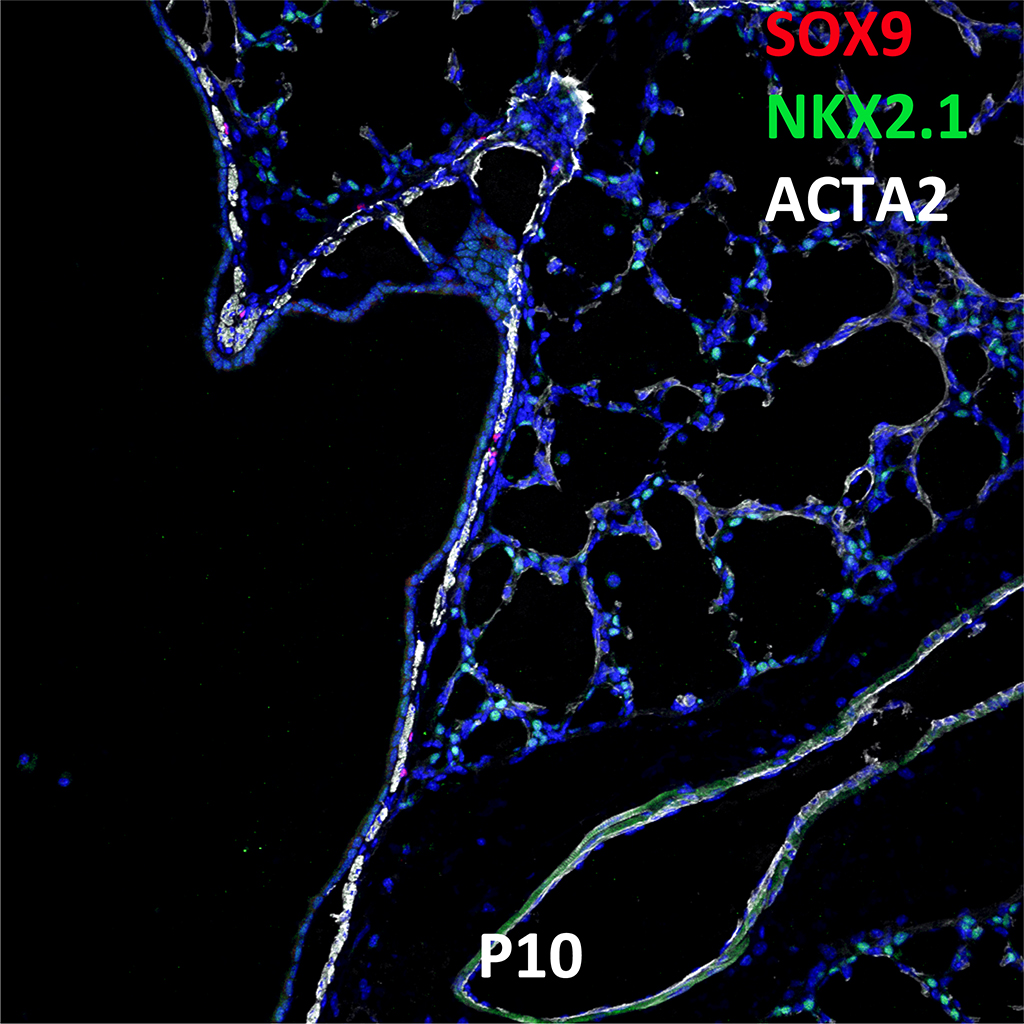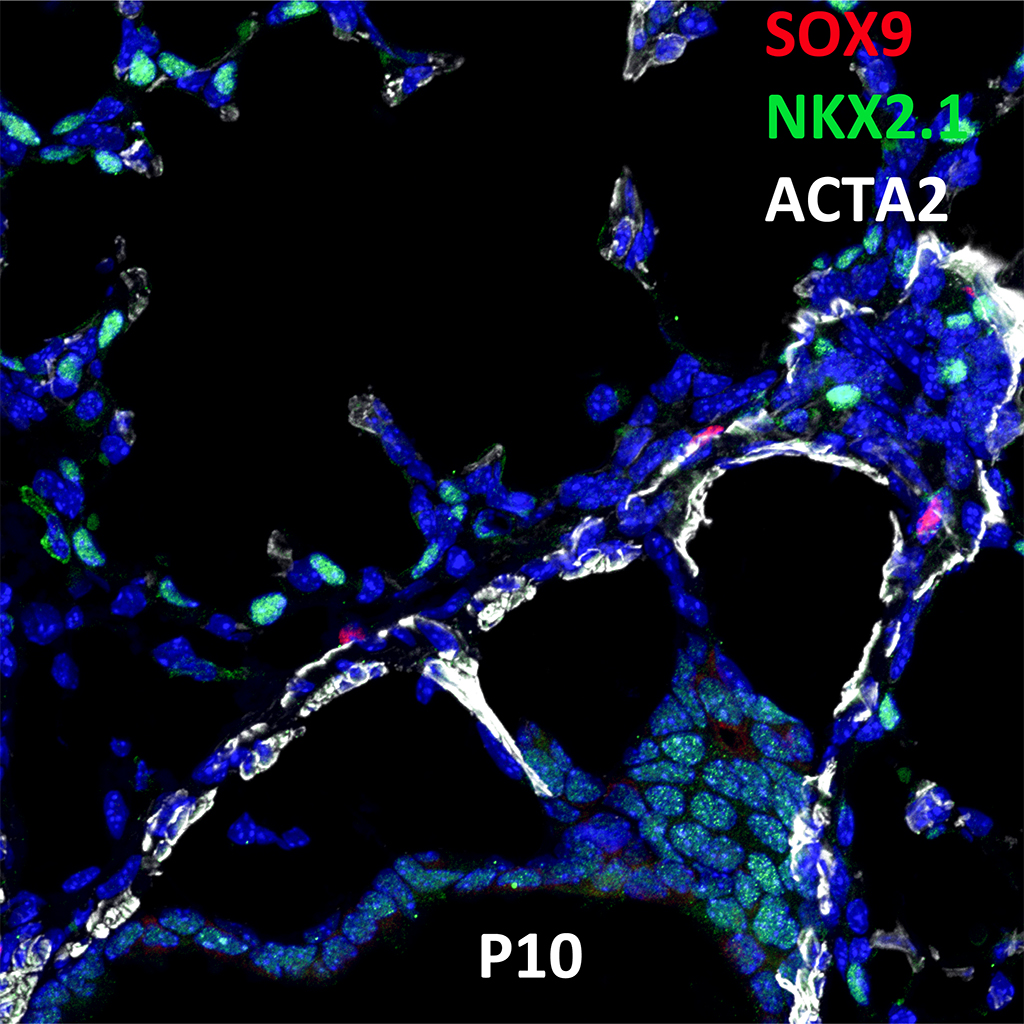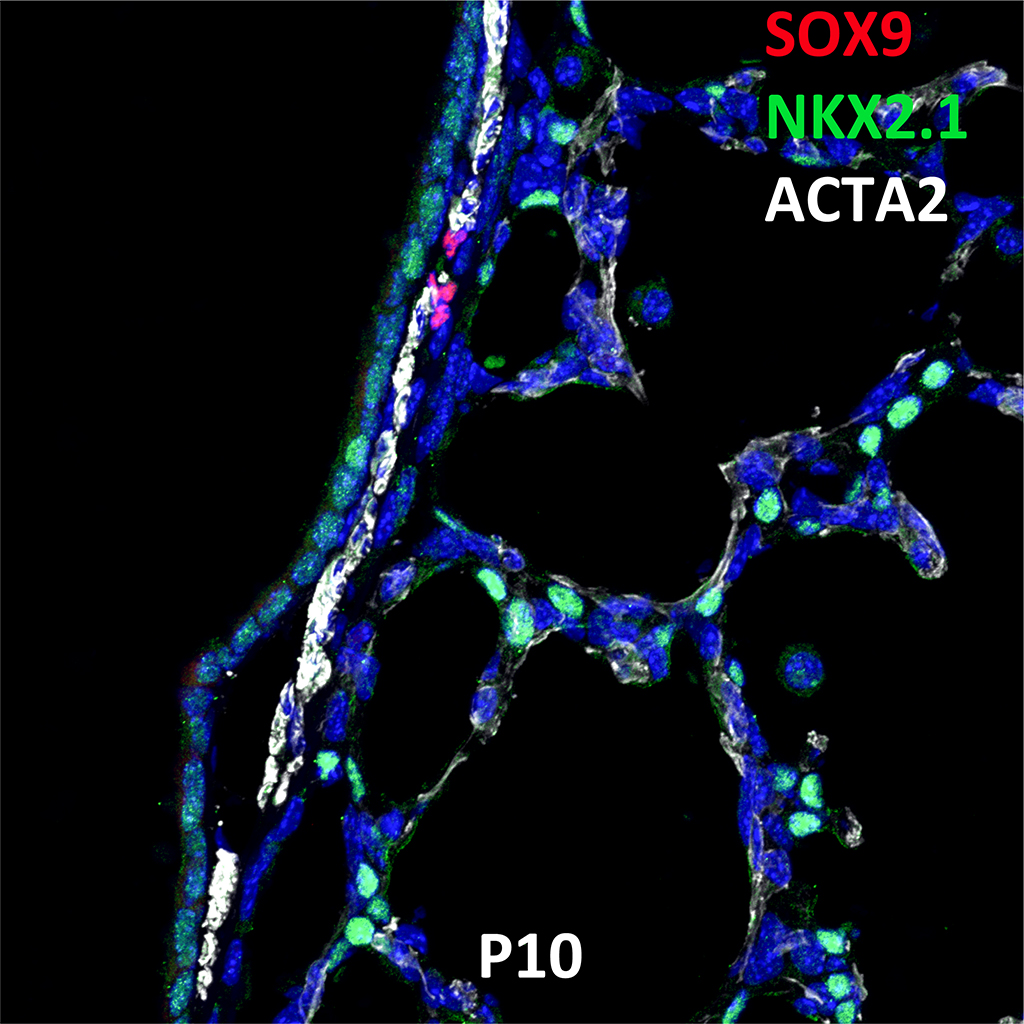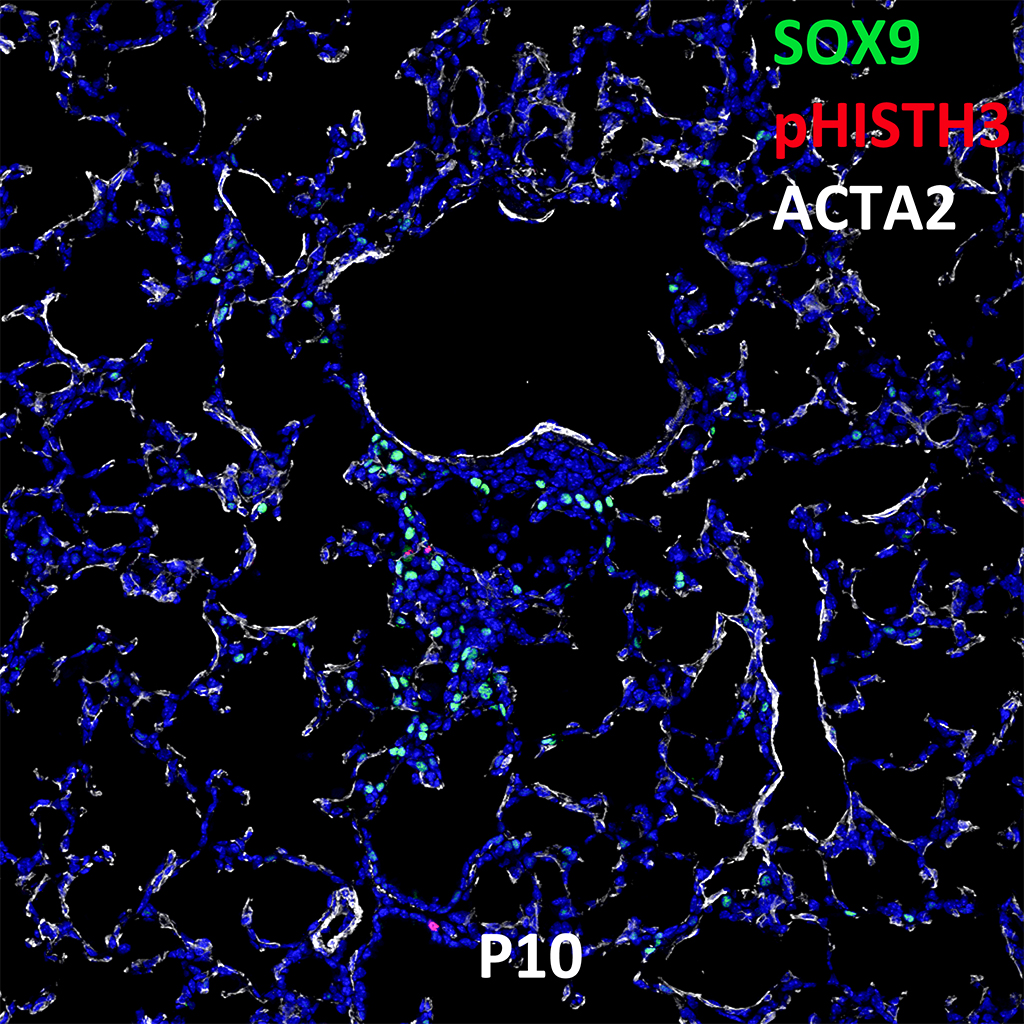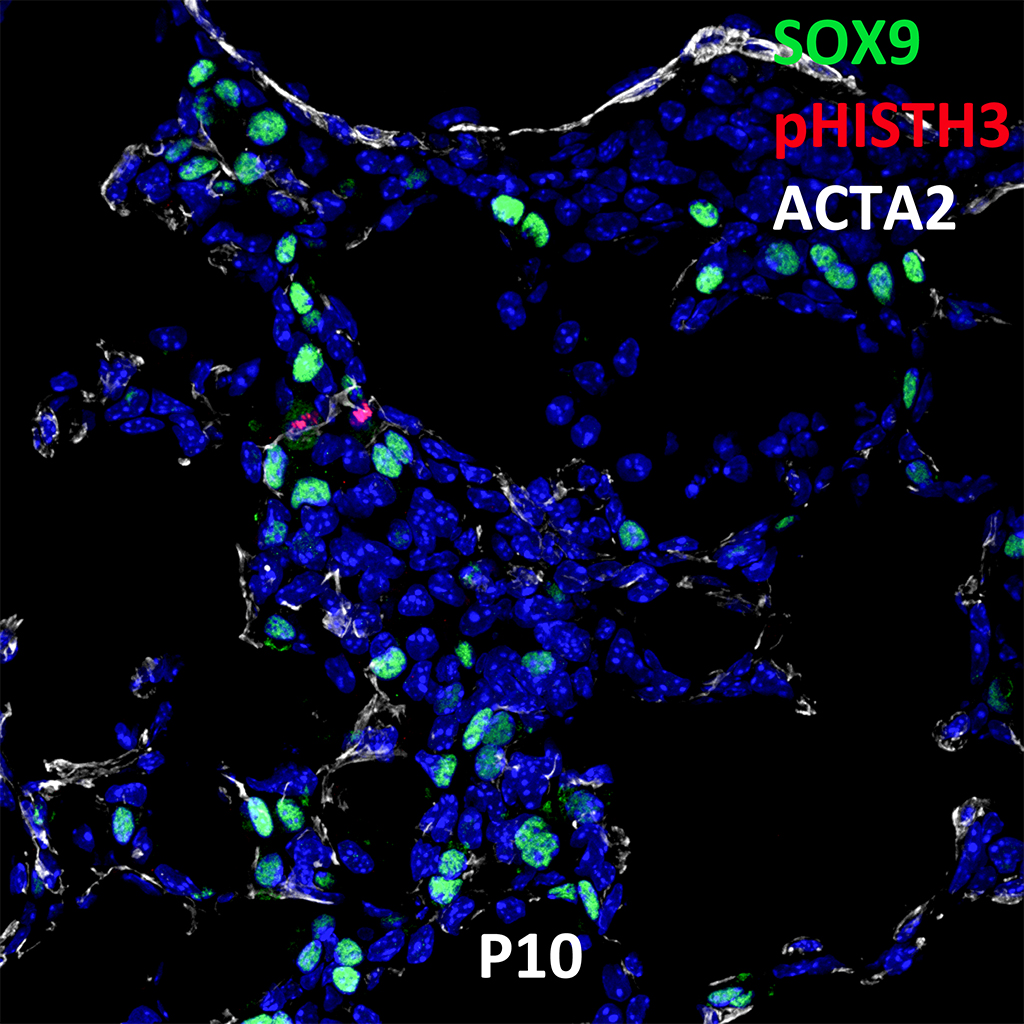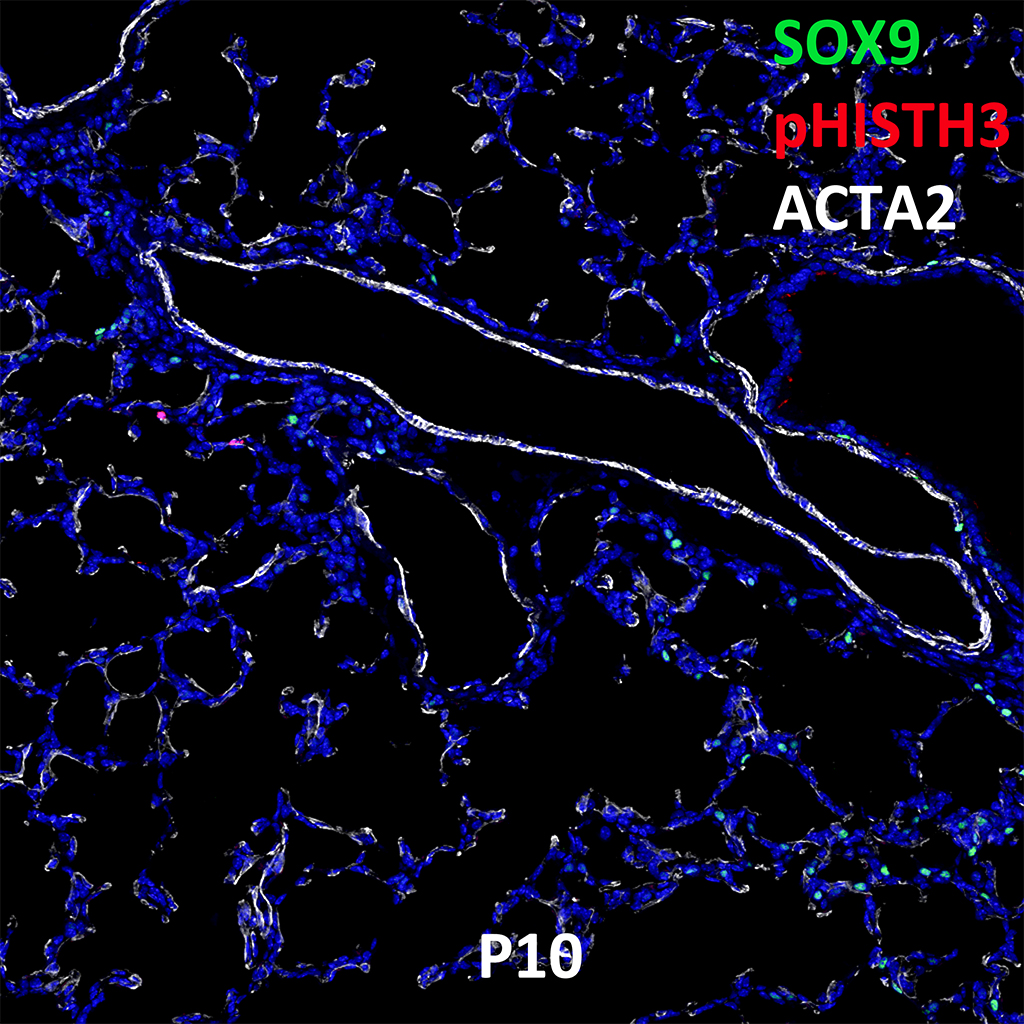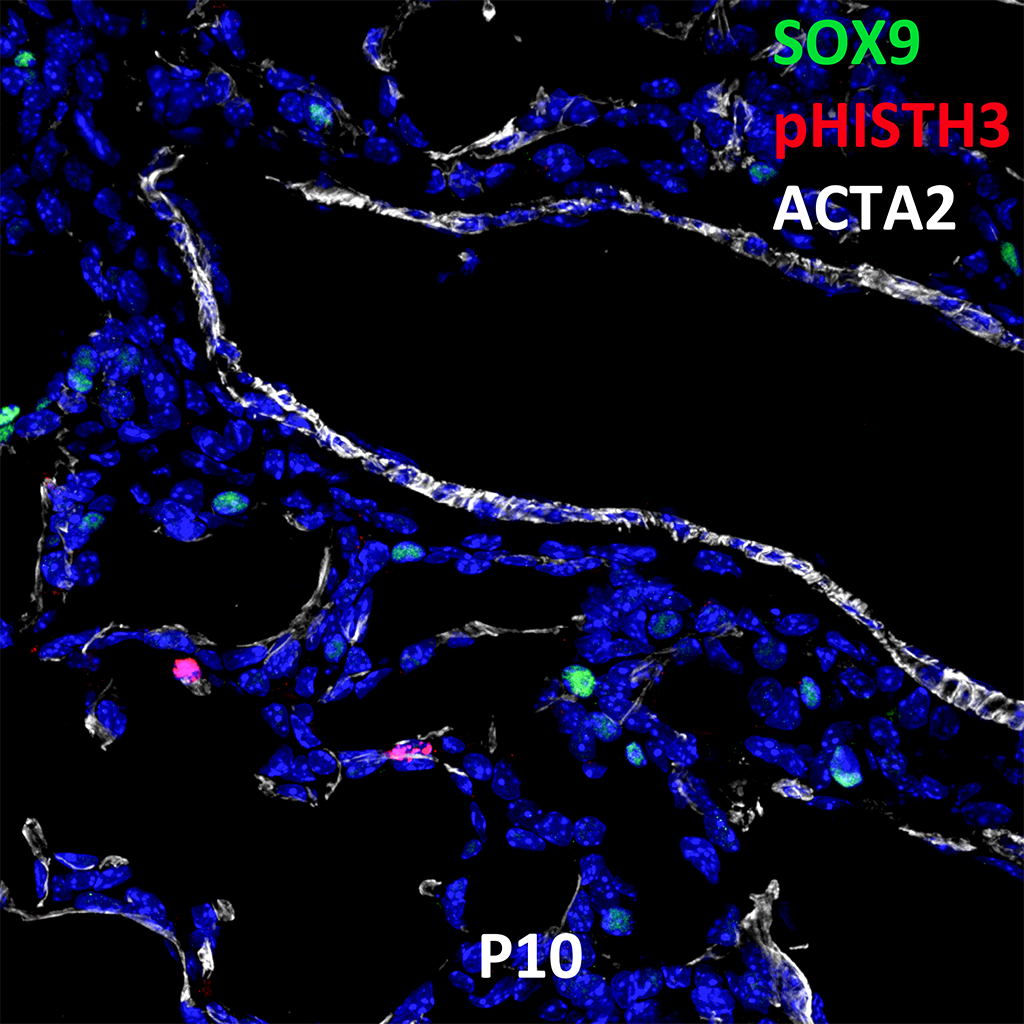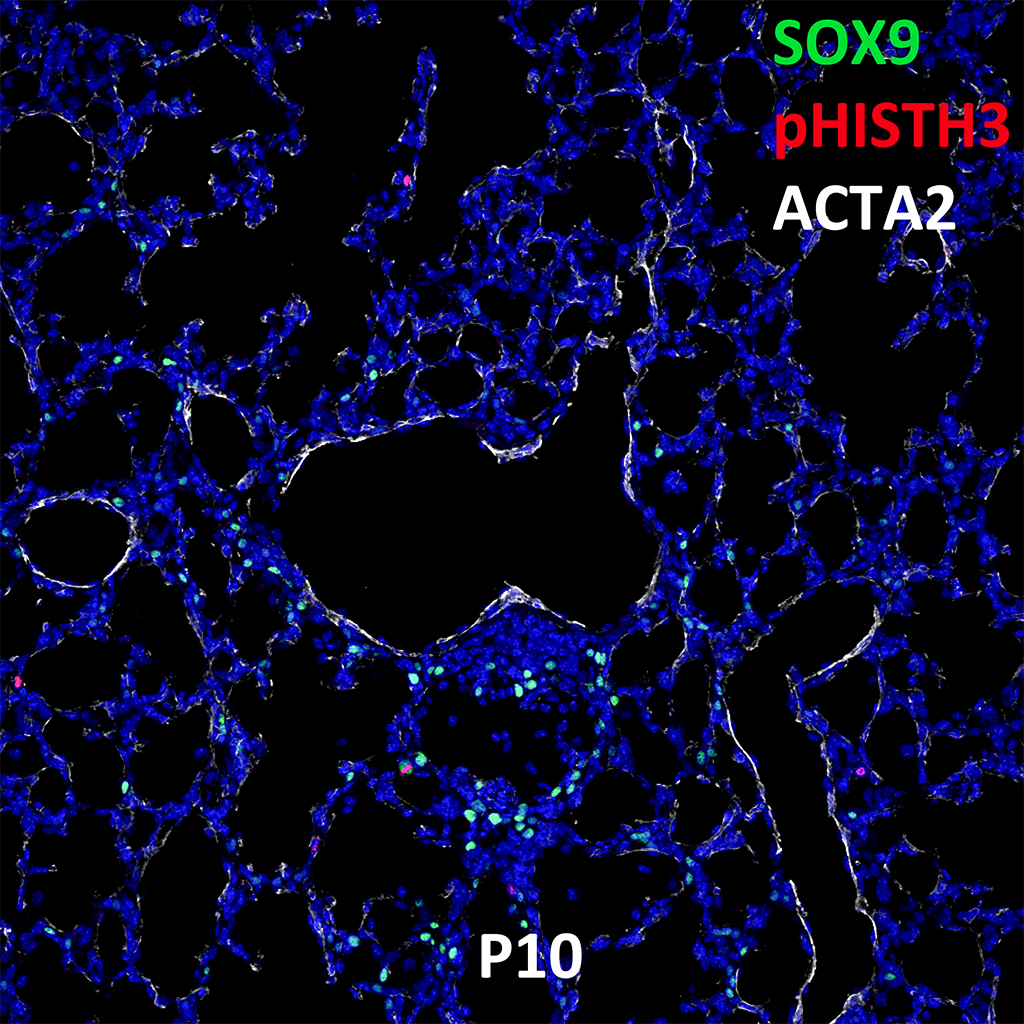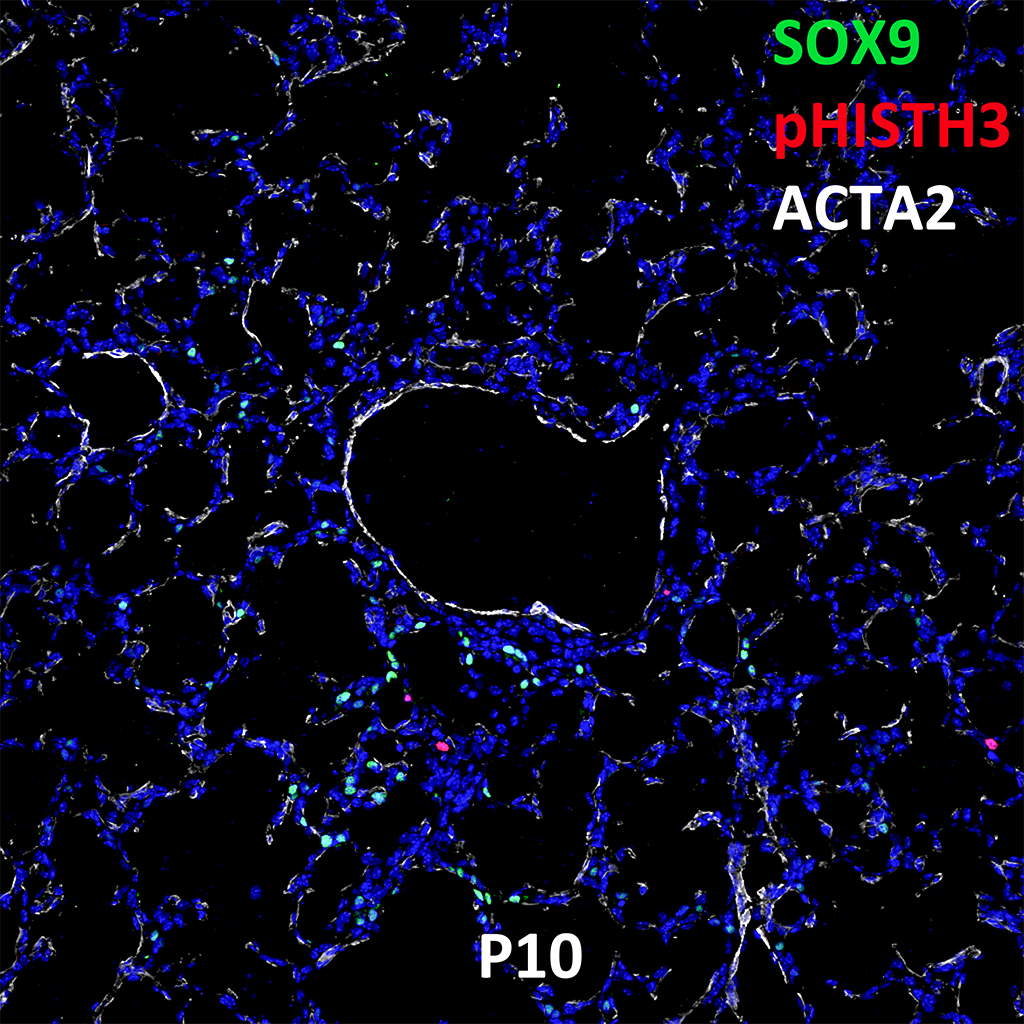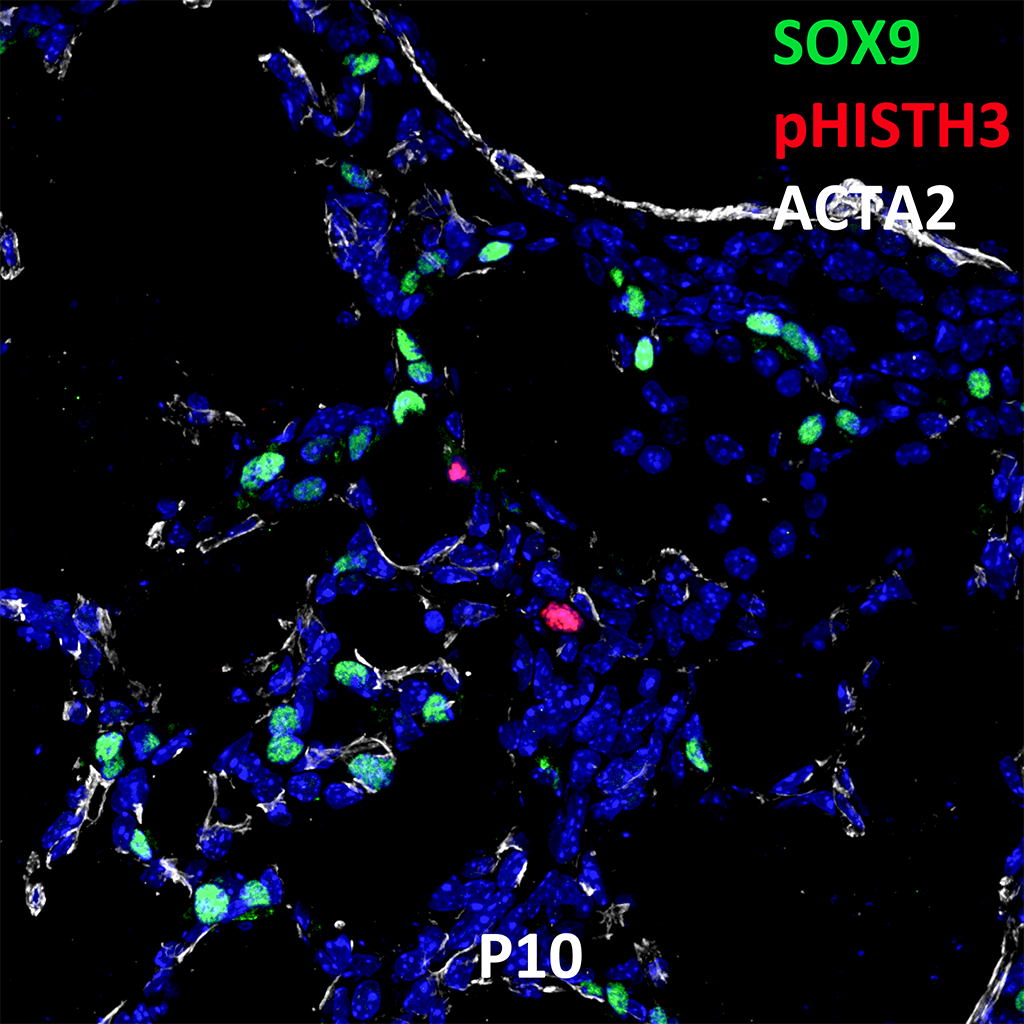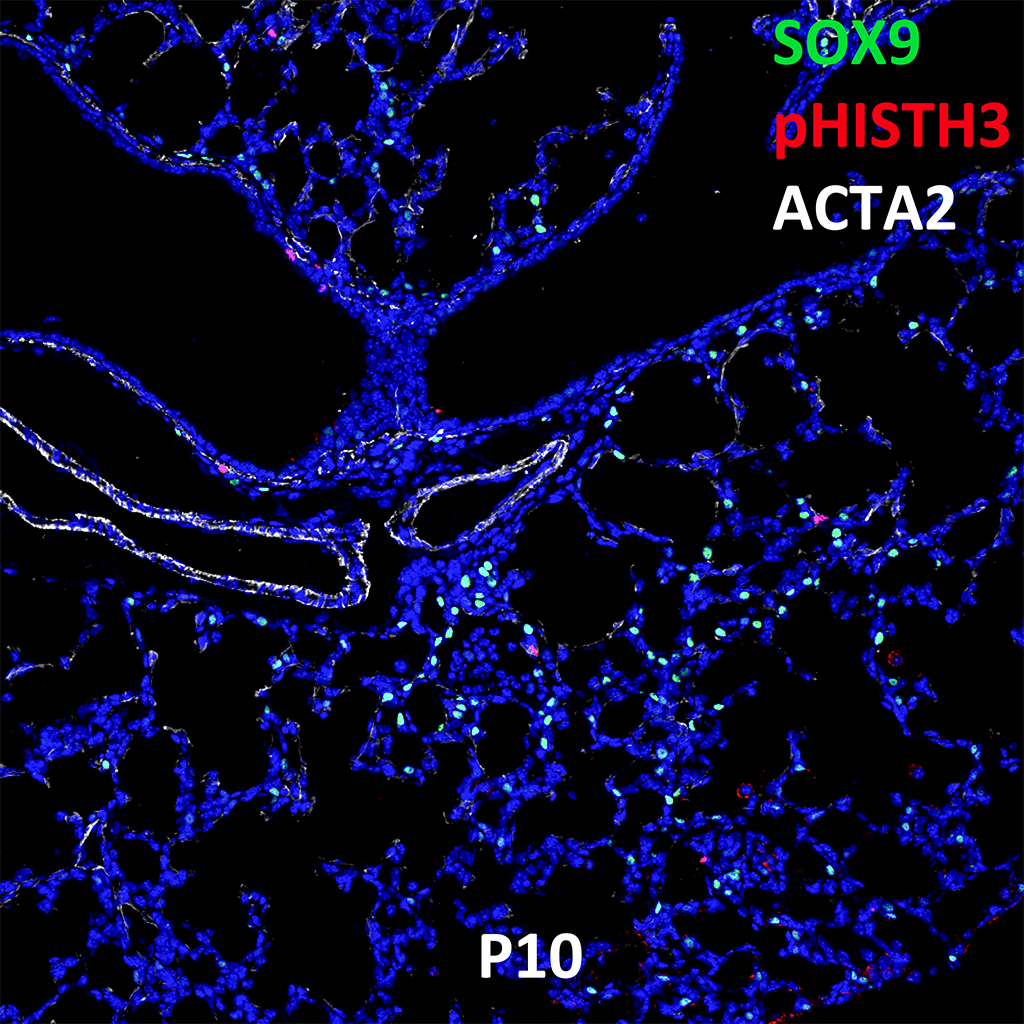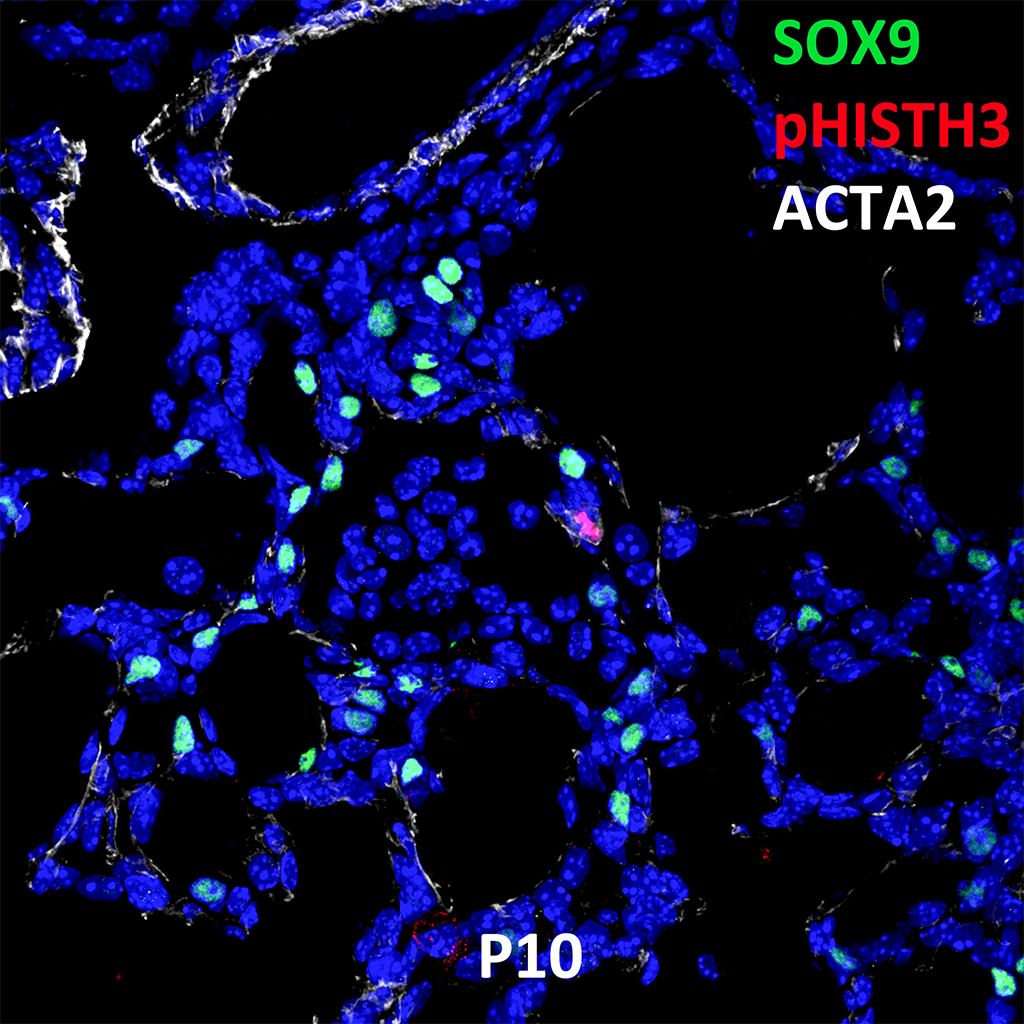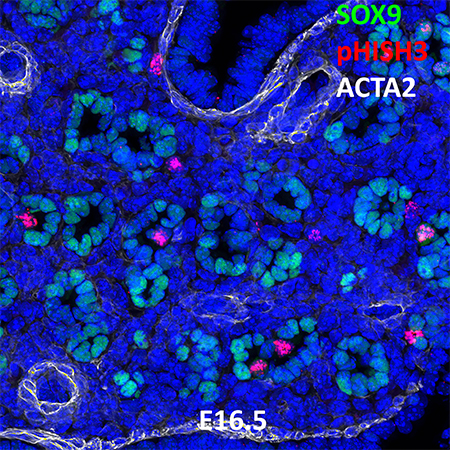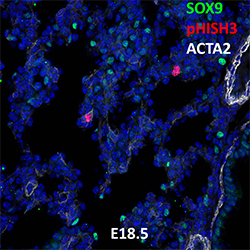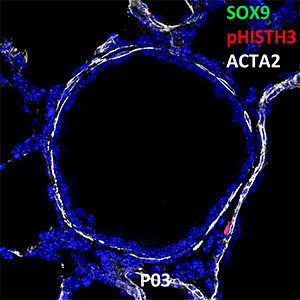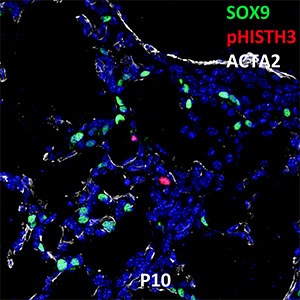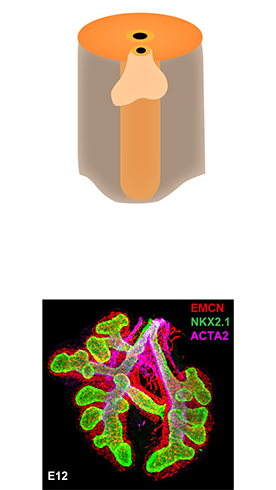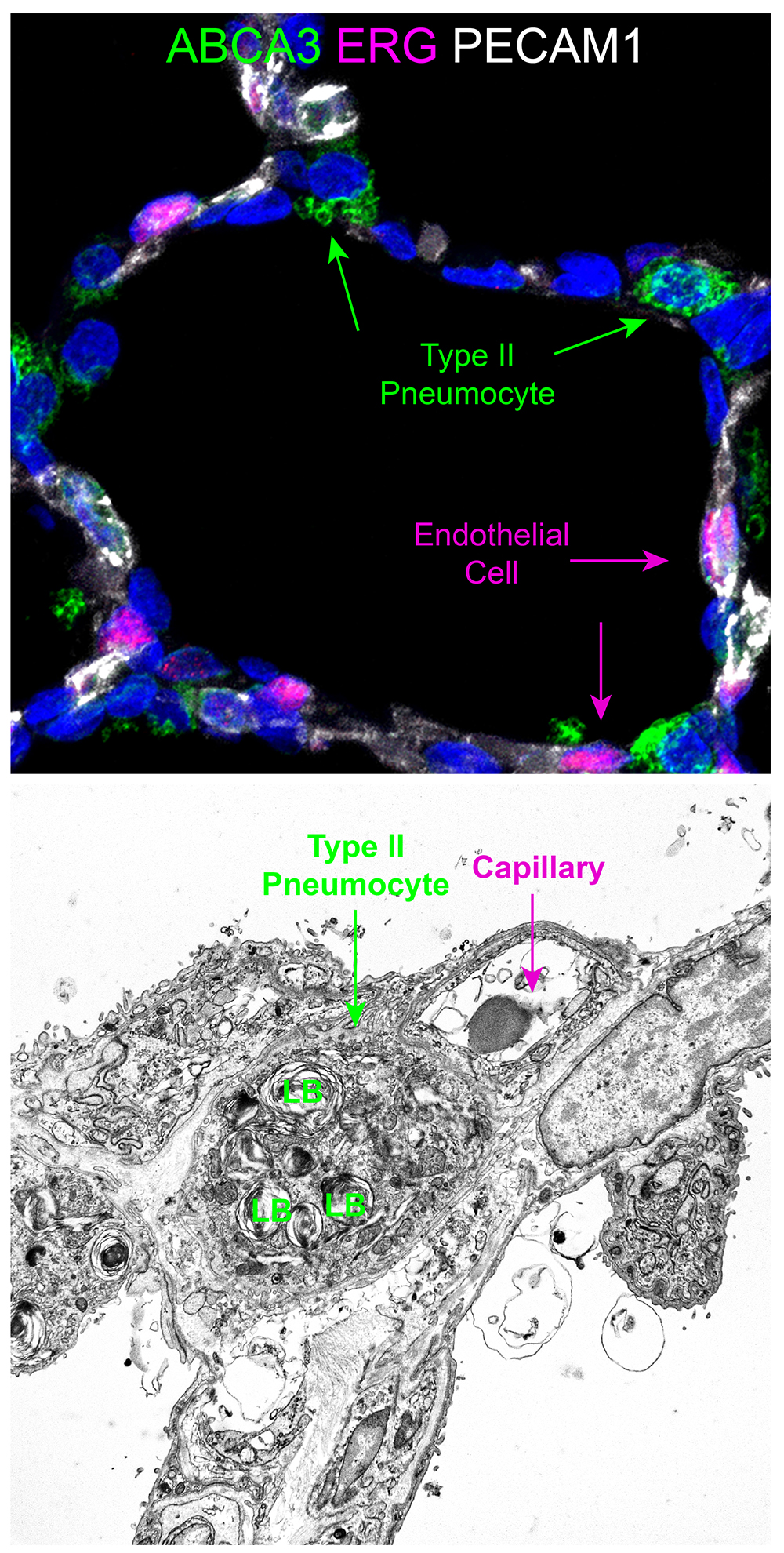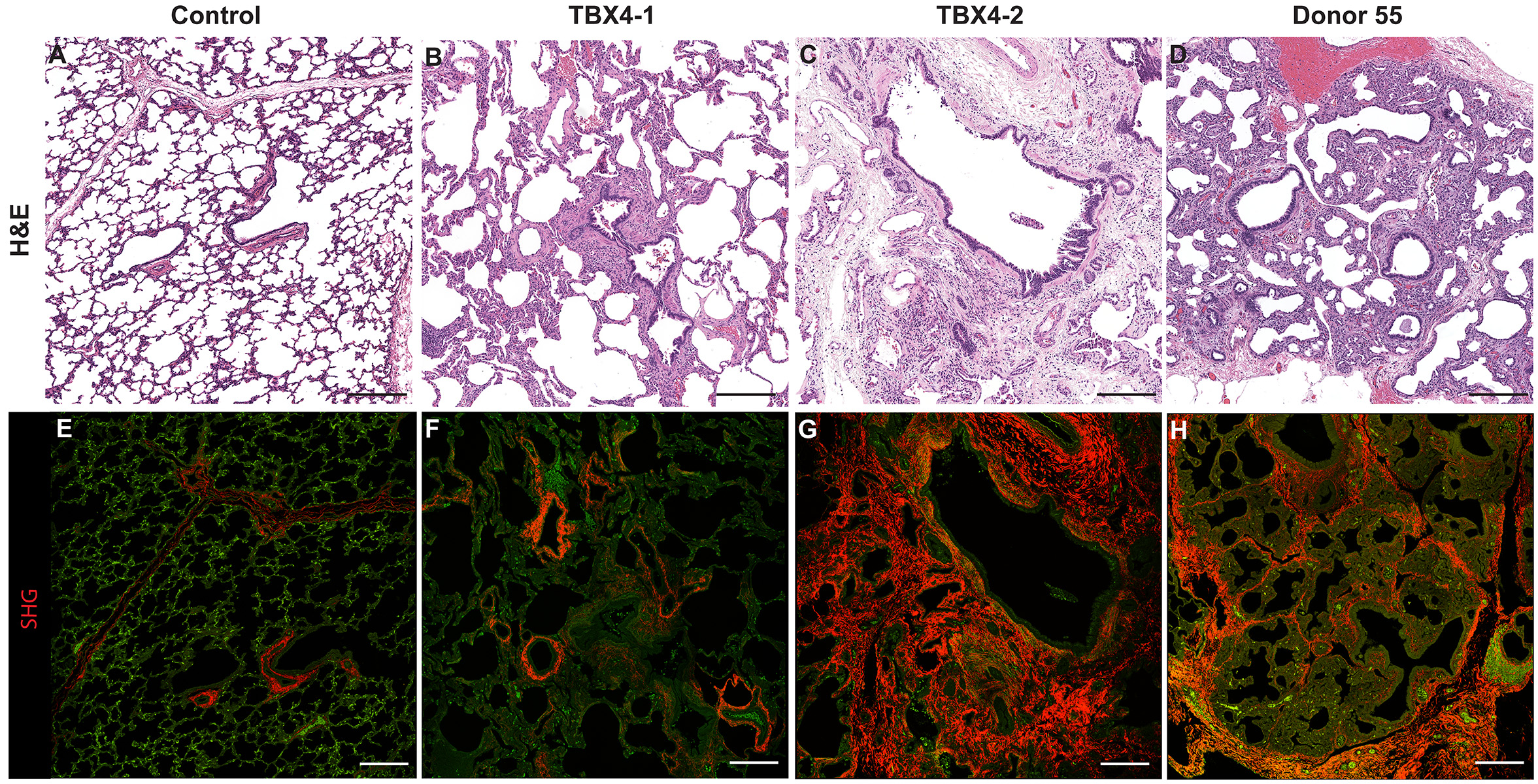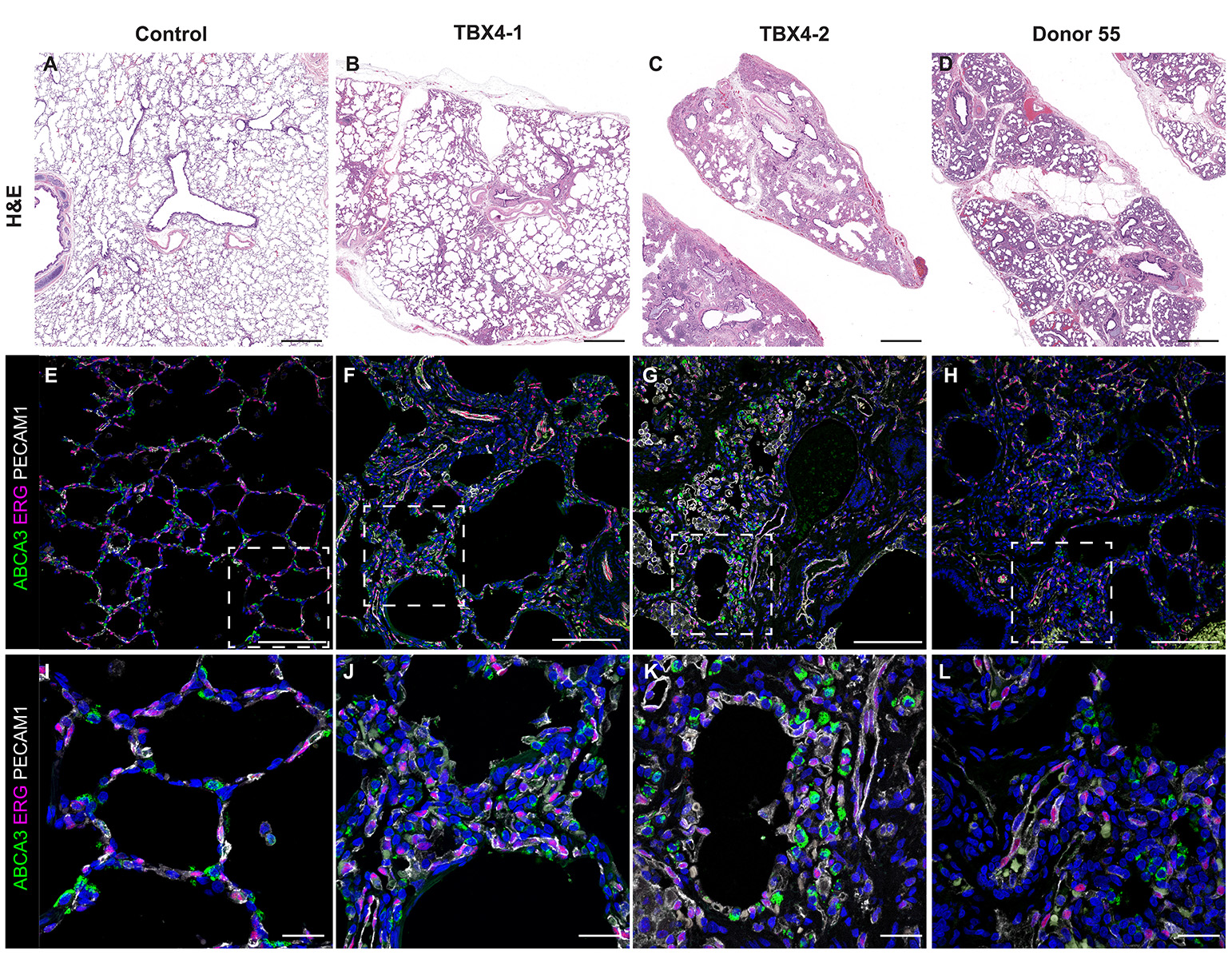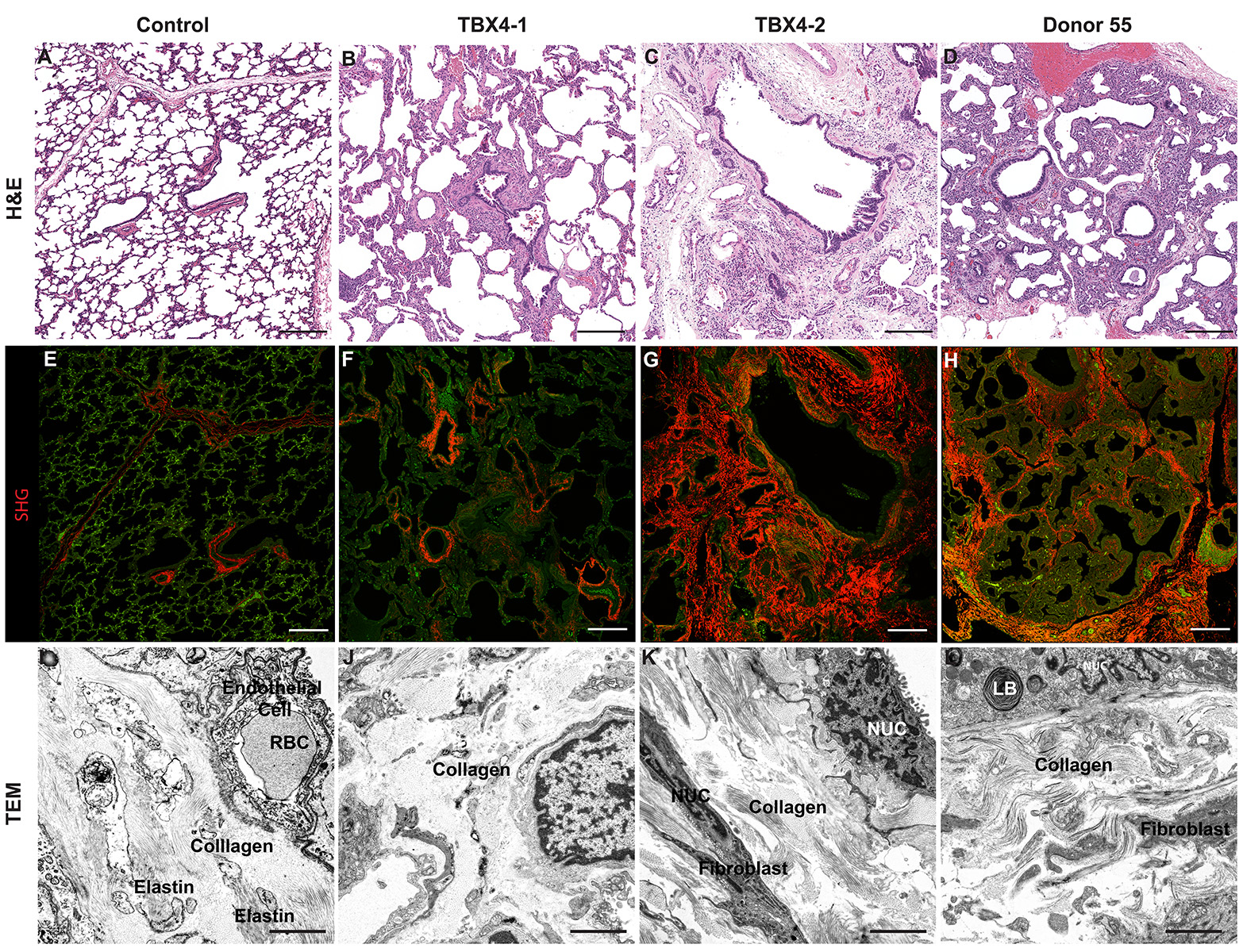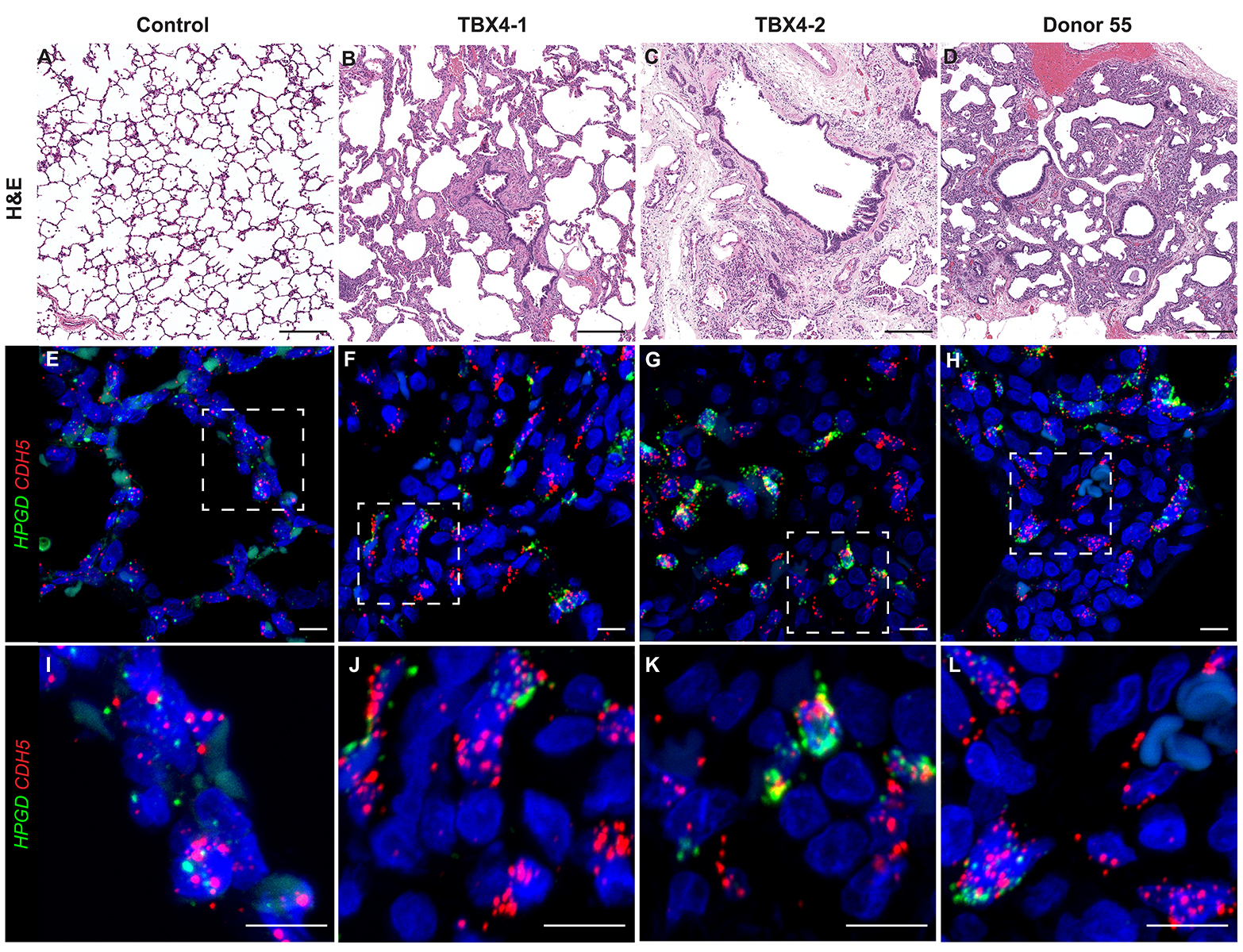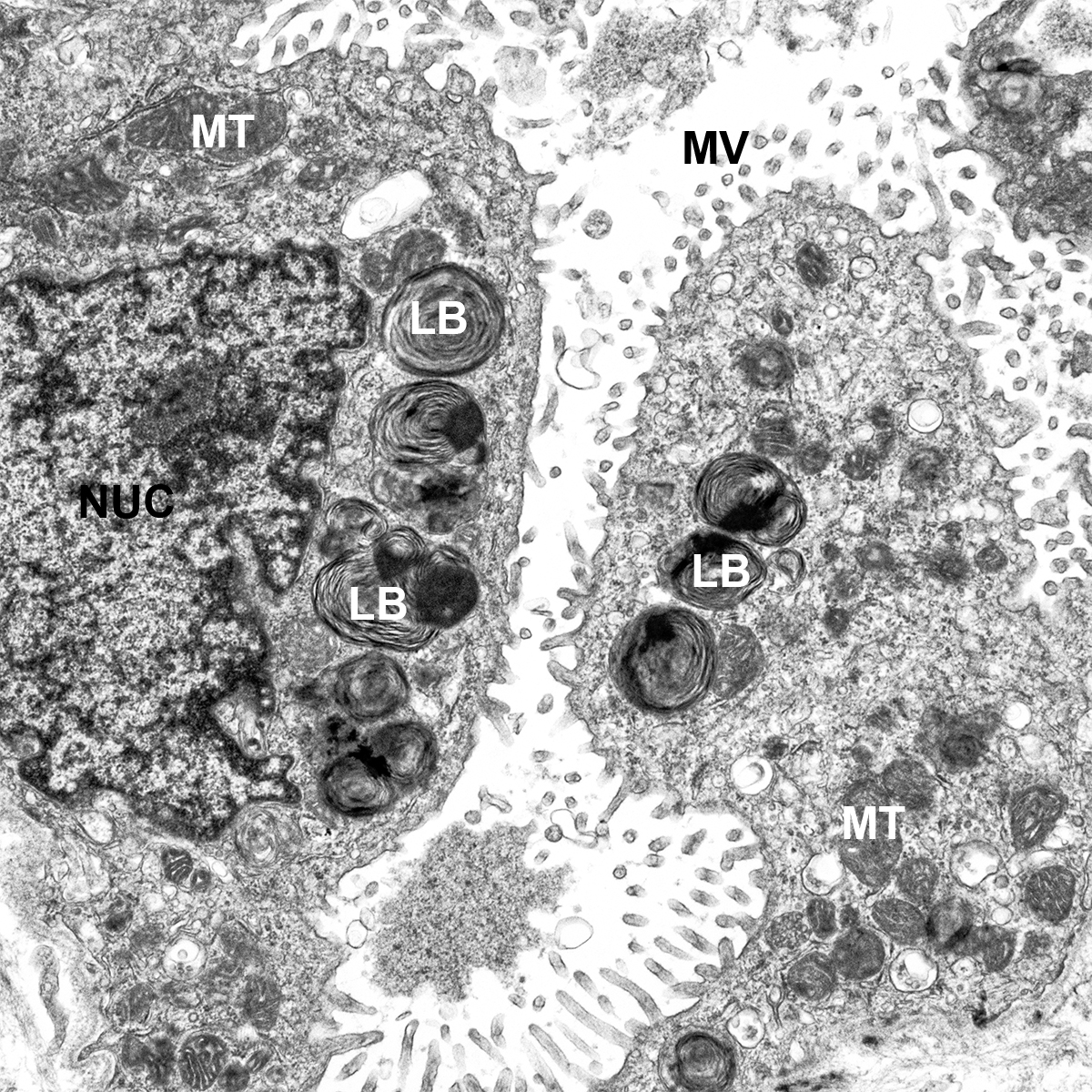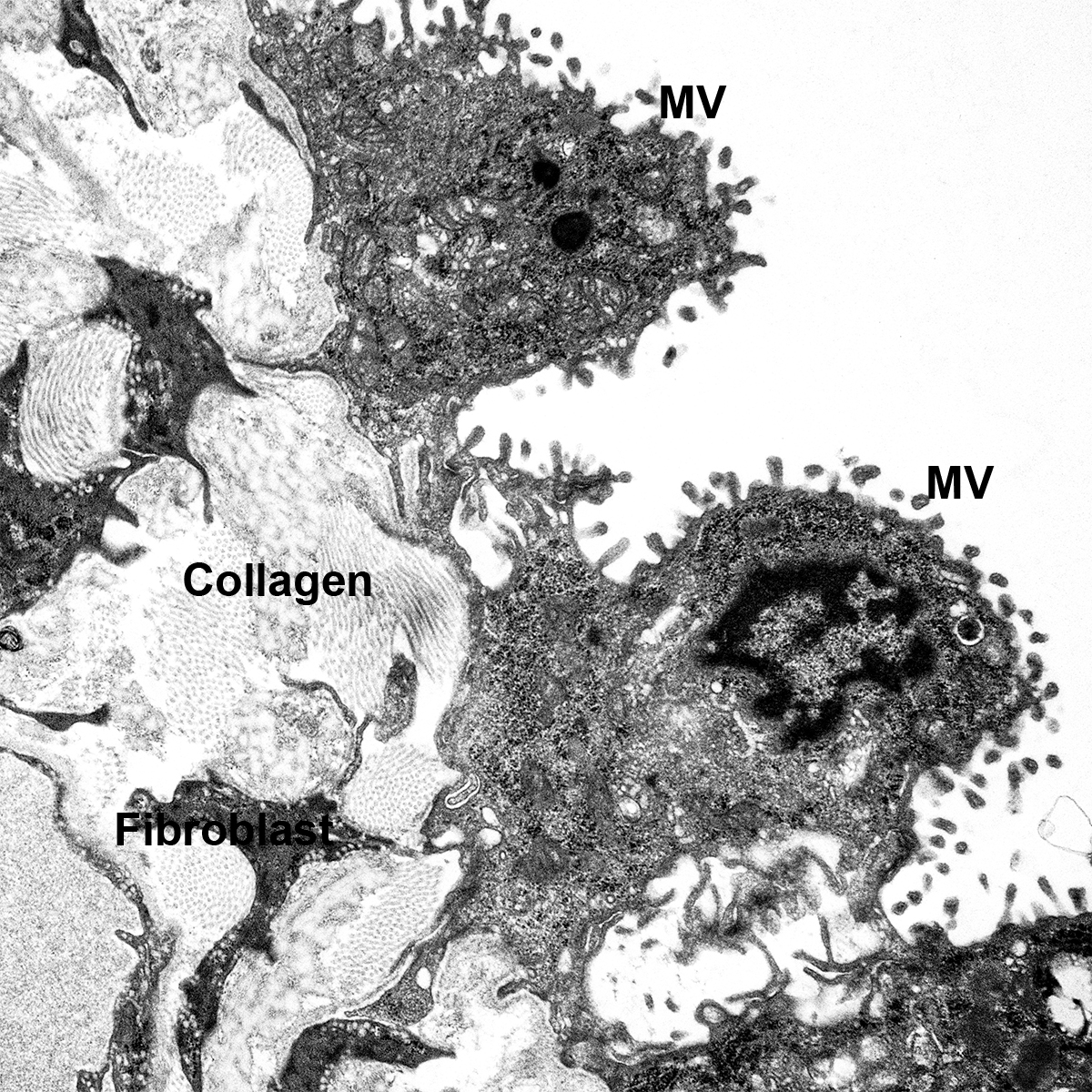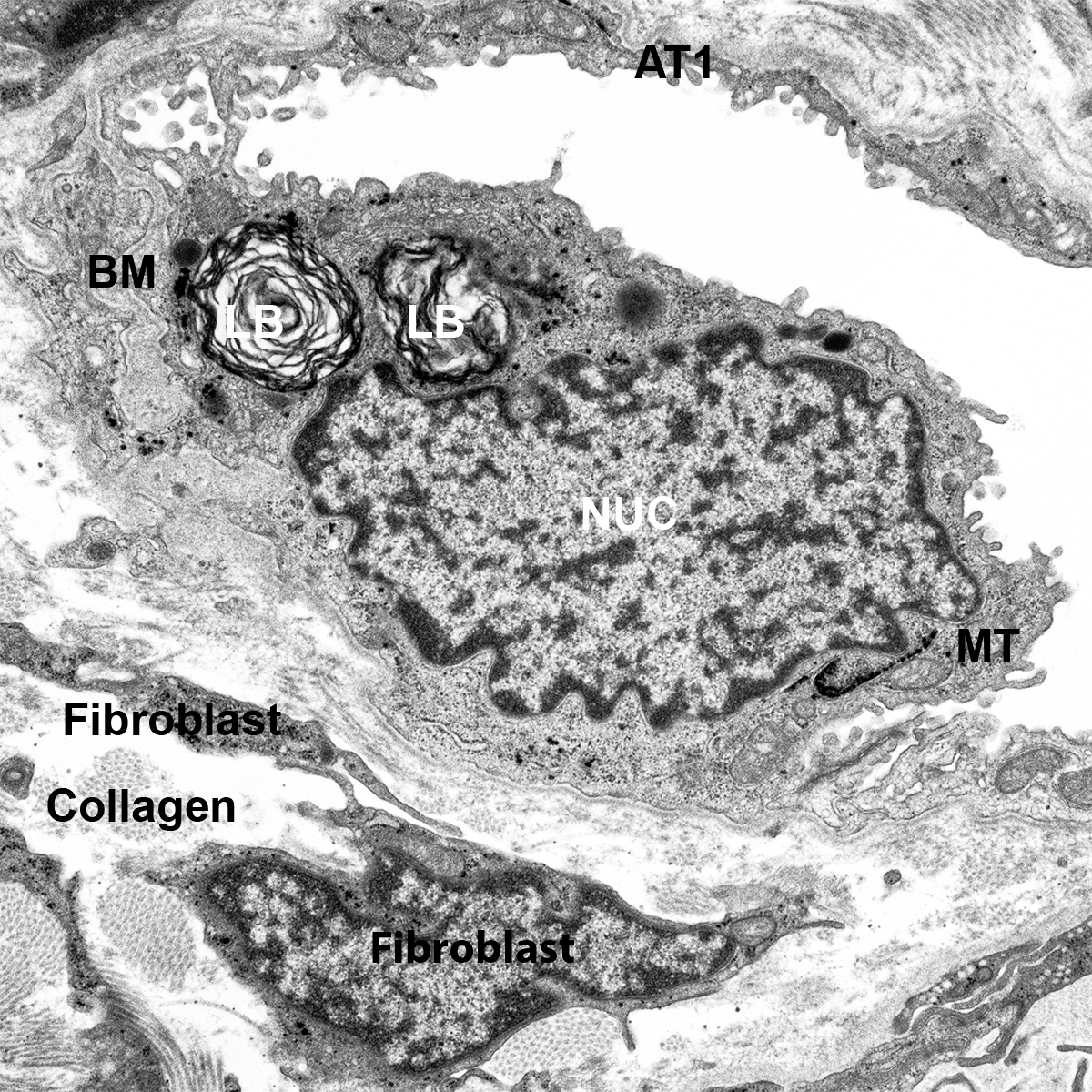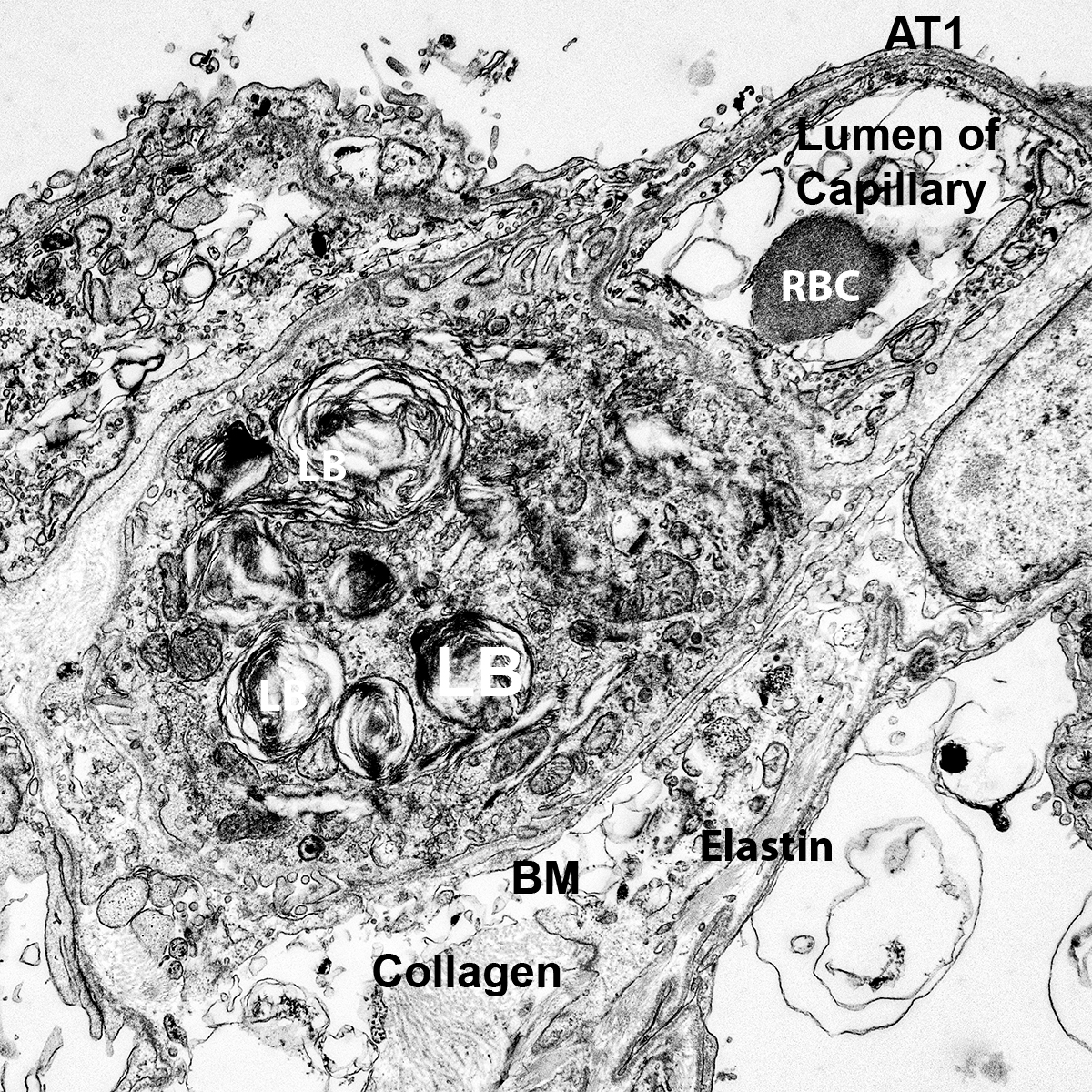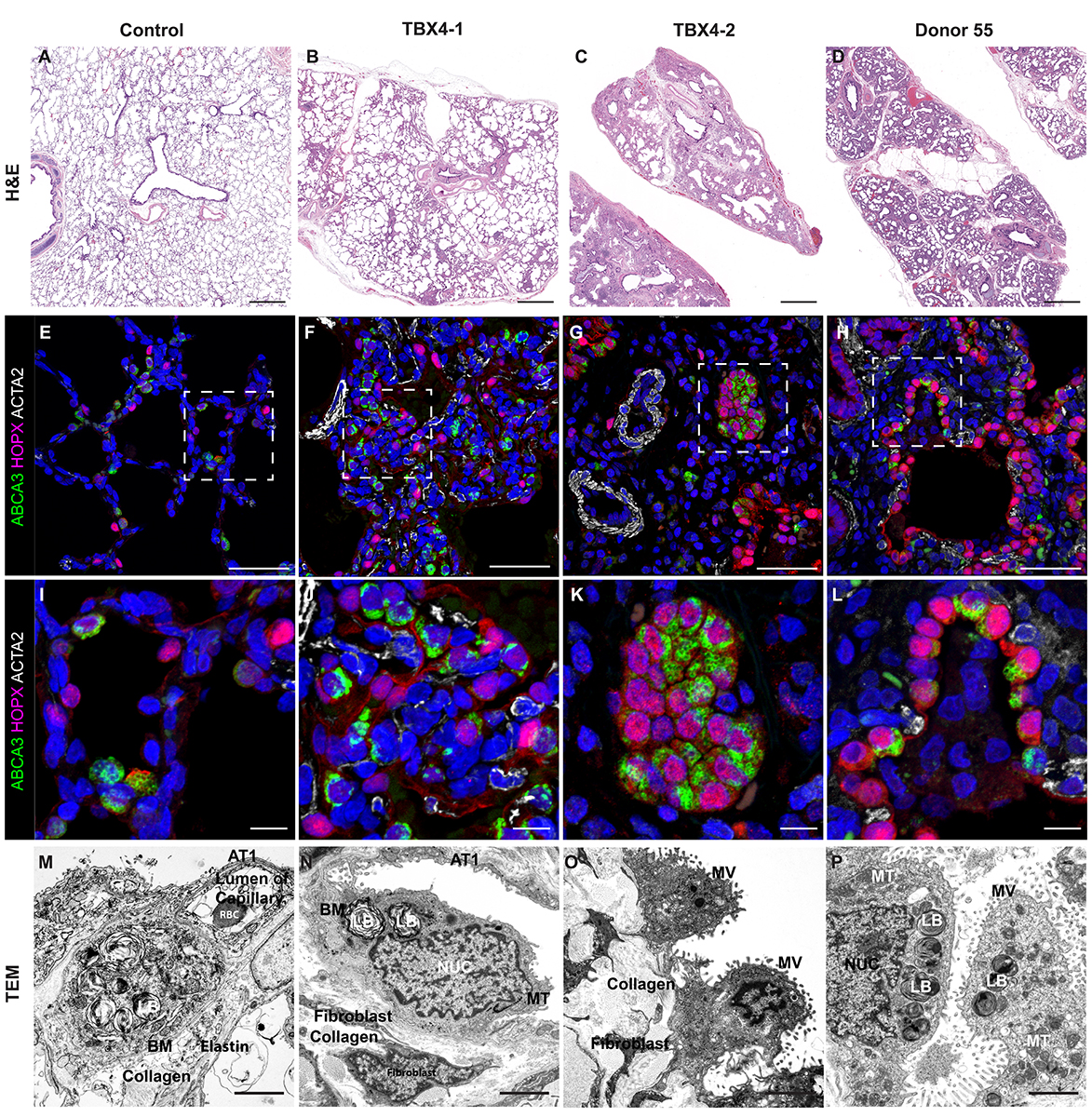1 Day-Old Human Lung Confocal Imaging SOX9, SOX2 and ACTA2
1 Day-Old Human Lung Confocal Imaging SOX9, SOX2 and ACTA2
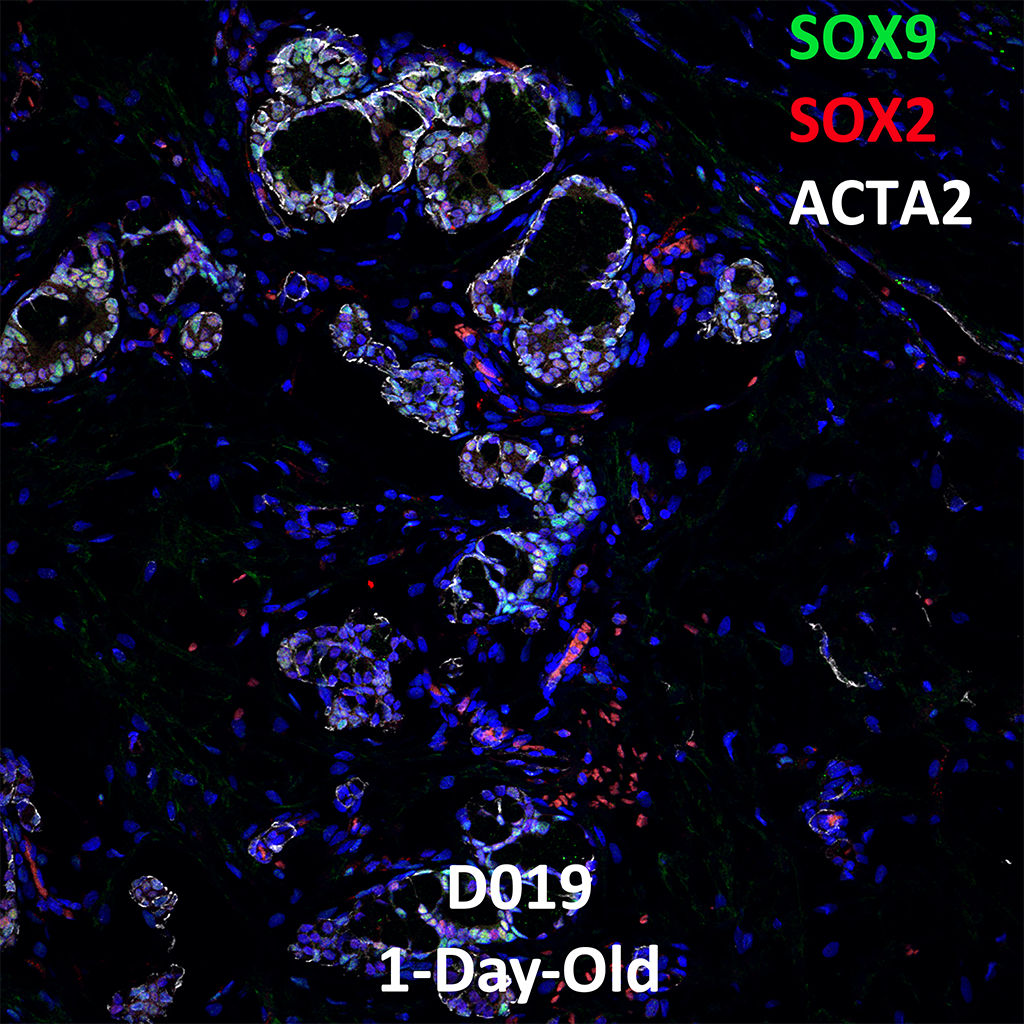
1 Day-Old Human Lung Immunofluorescence and Confocal Imaging Donor D019 Showing Expressions of SOX9, SOX2, and ACTA2
20X
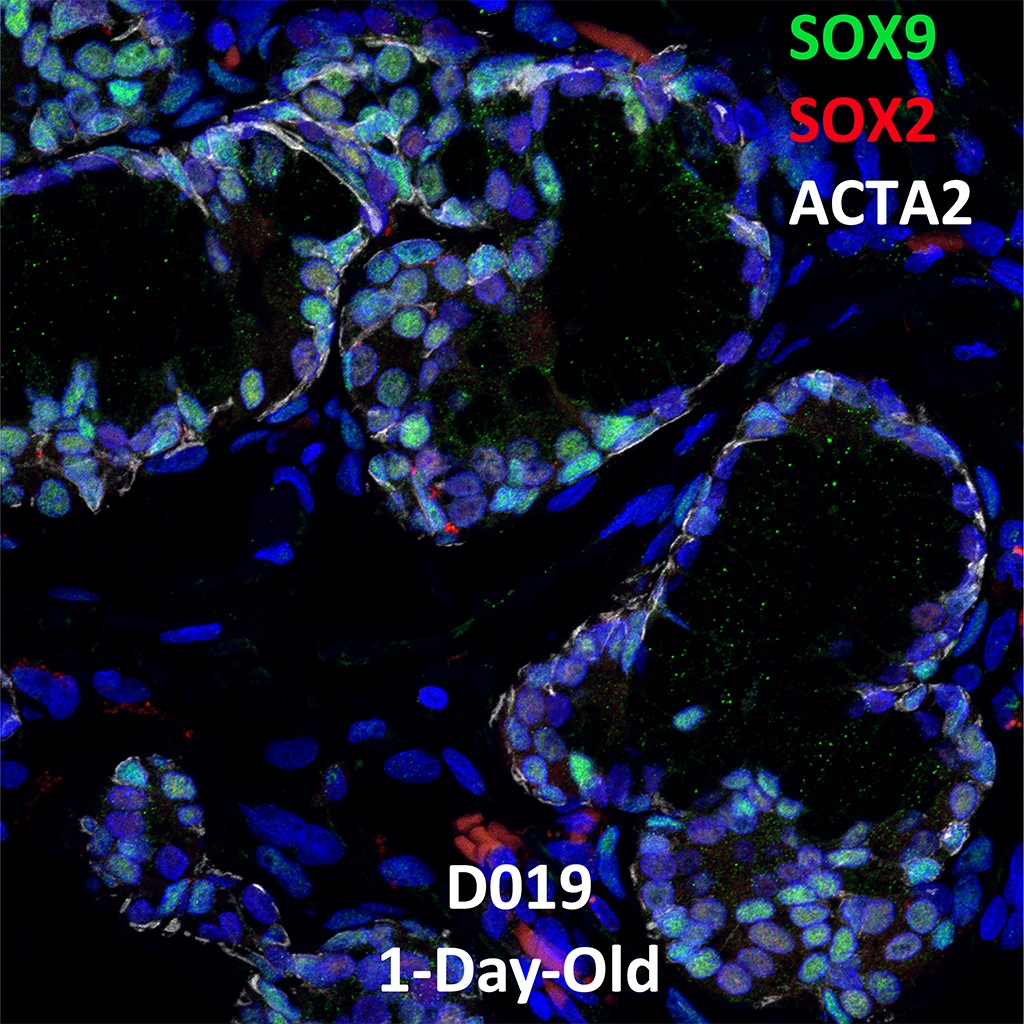
1 Day-Old Human Lung Immunofluorescence and Confocal Imaging Donor D019 Showing Expressions of SOX9, SOX2, and ACTA2
60X
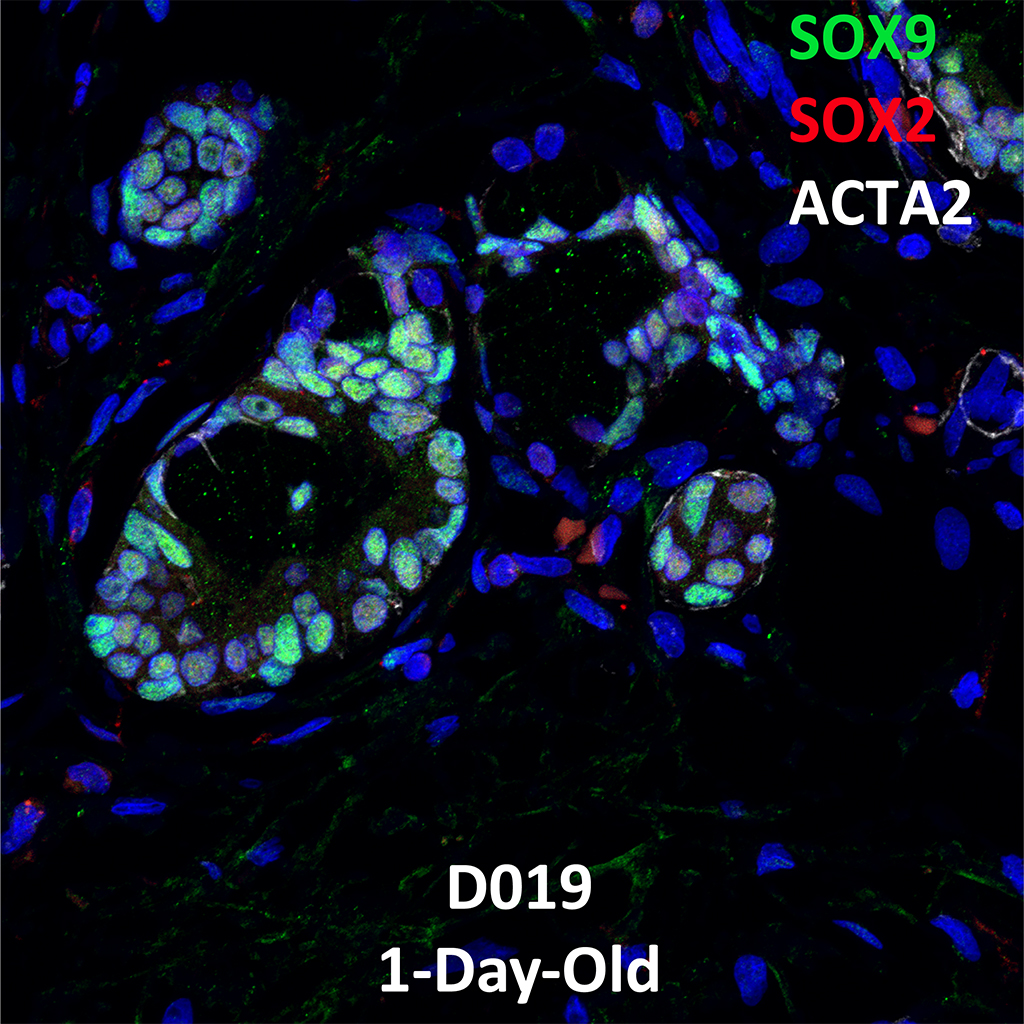
1 Day-Old Human Lung Immunofluorescence and Confocal Imaging Donor D019 Showing Expressions of SOX9, SOX2, and ACTA2
60X
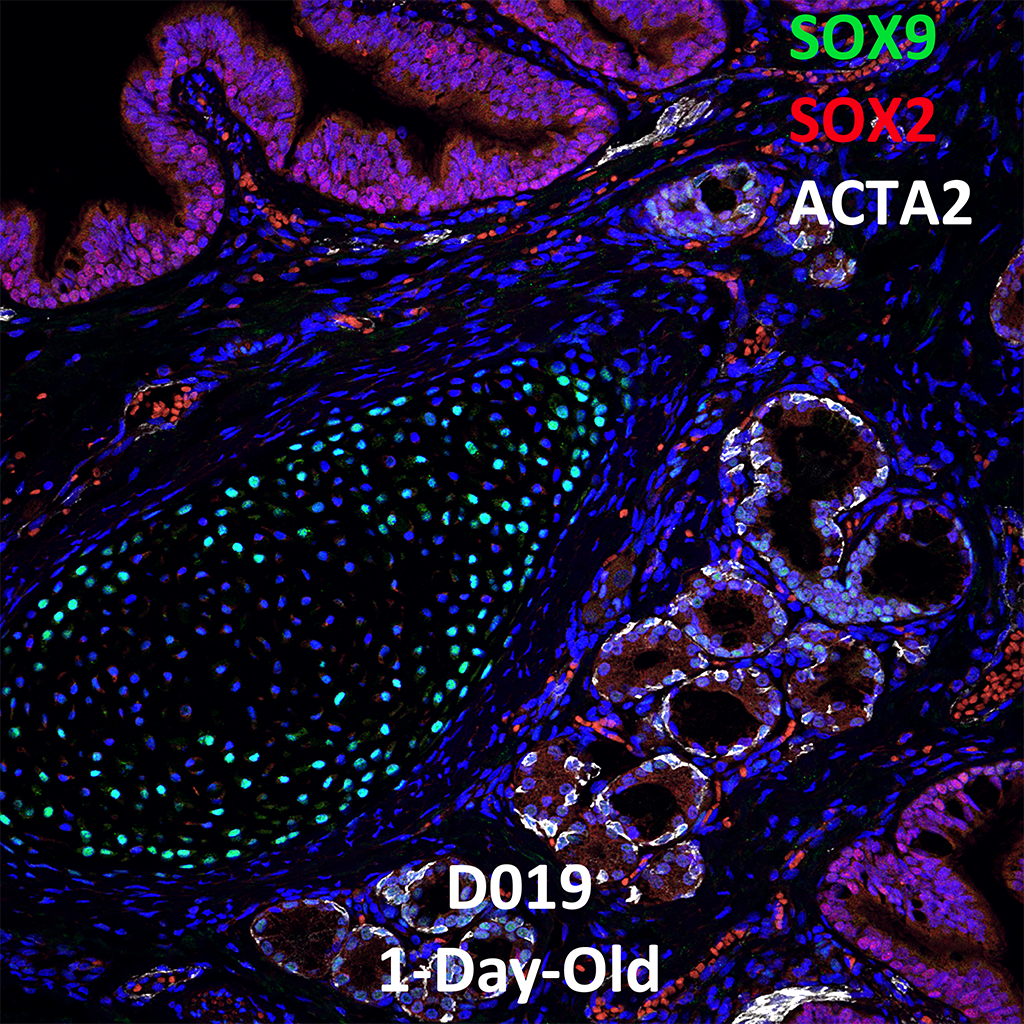
1 Day-Old Human Lung Immunofluorescence and Confocal Imaging Donor D019 Showing Expressions of SOX9, SOX2, and ACTA2
20X
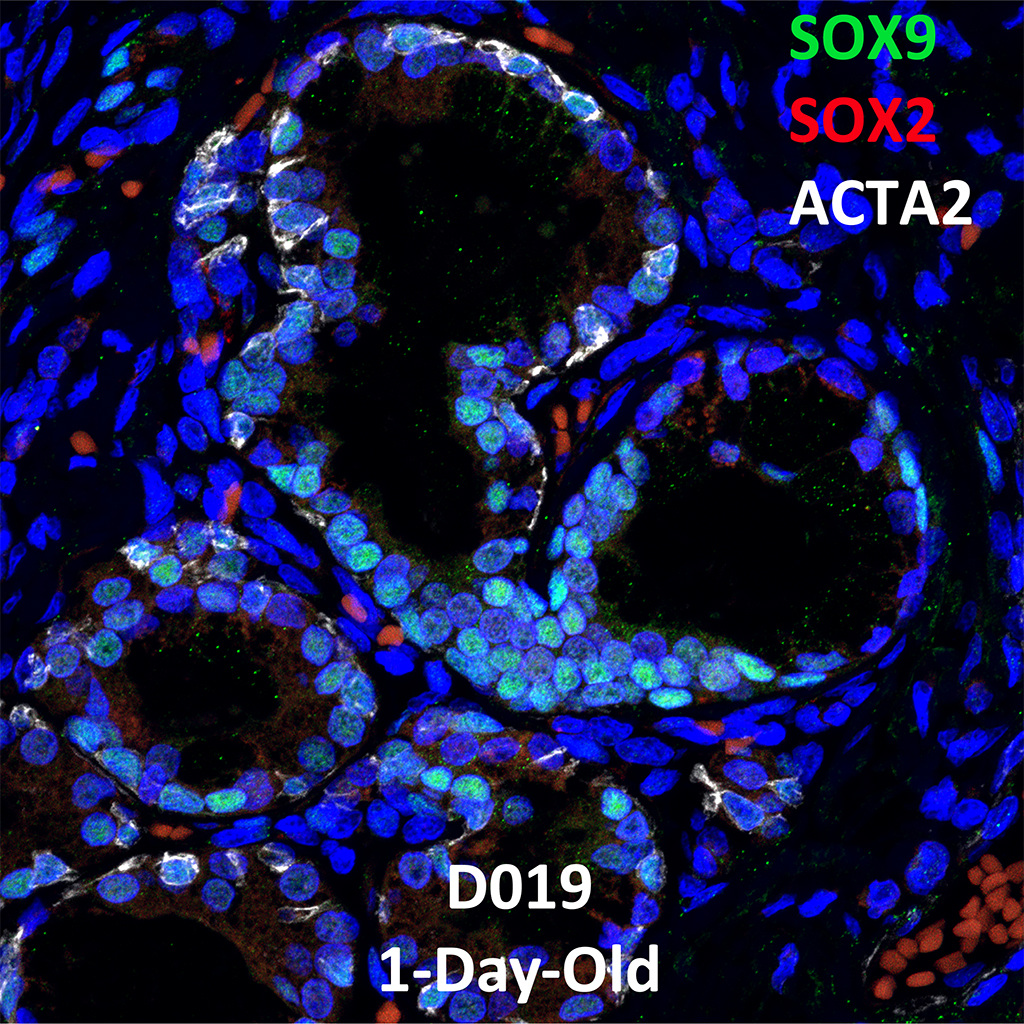
1 Day-Old Human Lung Immunofluorescence and Confocal Imaging Donor D019 Showing Expressions of SOX9, SOX2, and ACTA2
60X
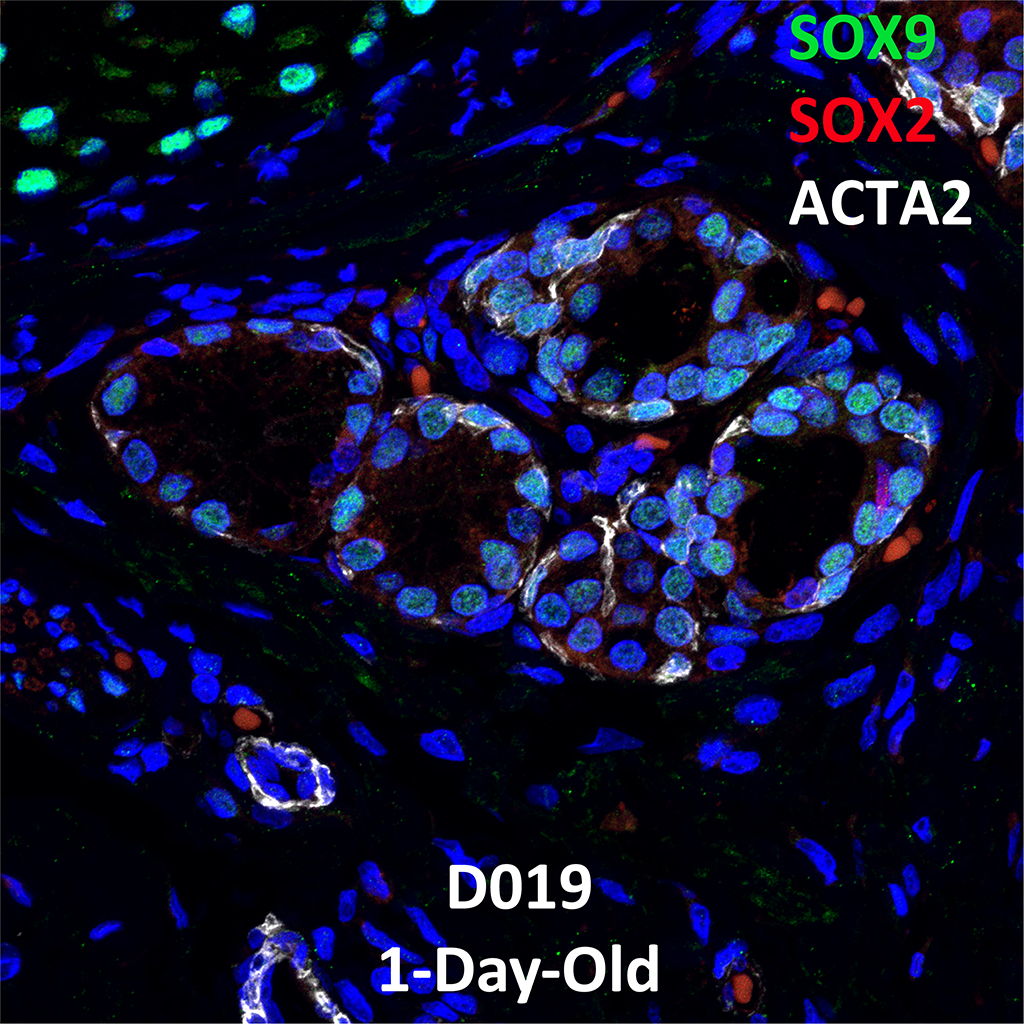
1 Day-Old Human Lung Immunofluorescence and Confocal Imaging Donor D019 Showing Expressions of SOX9, SOX2, and ACTA2
60X
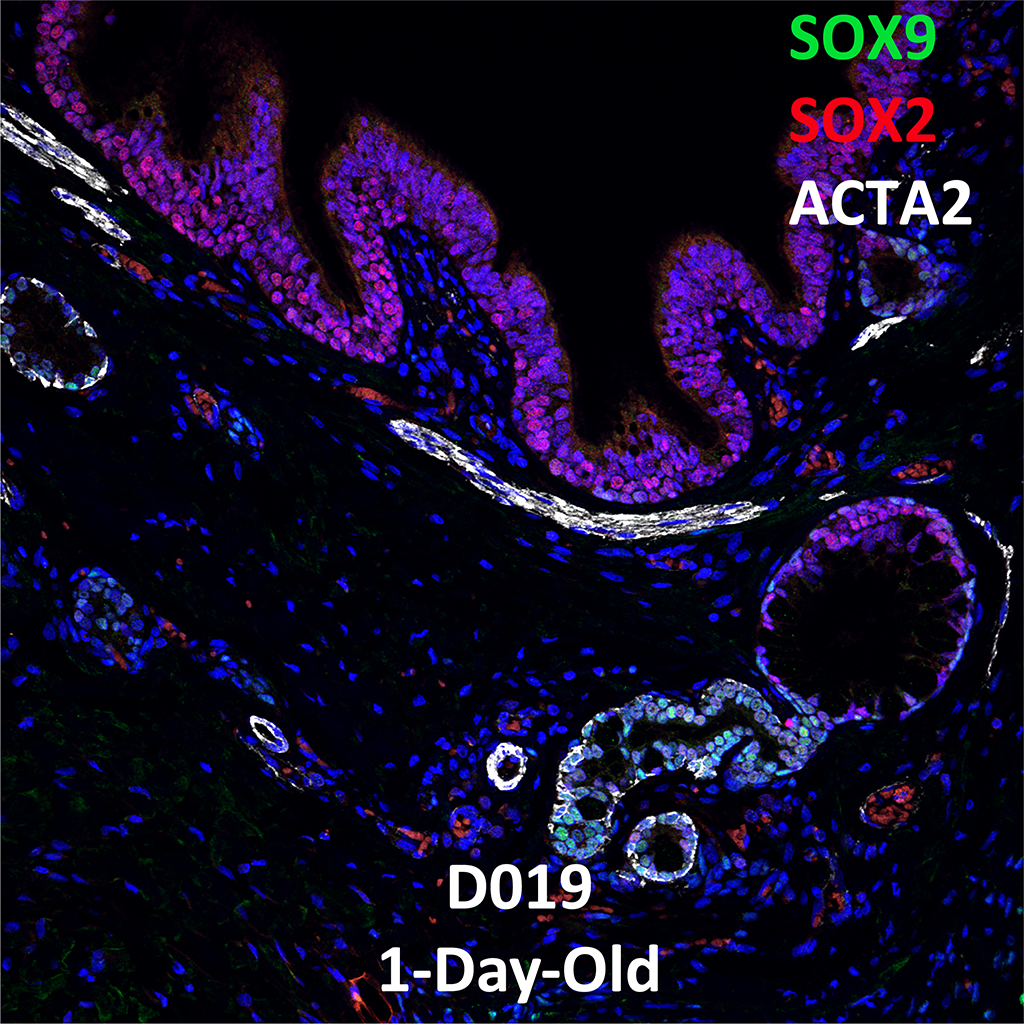
1 Day-Old Human Lung Immunofluorescence and Confocal Imaging Donor D019 Showing Expressions of SOX9, SOX2, and ACTA2
20X
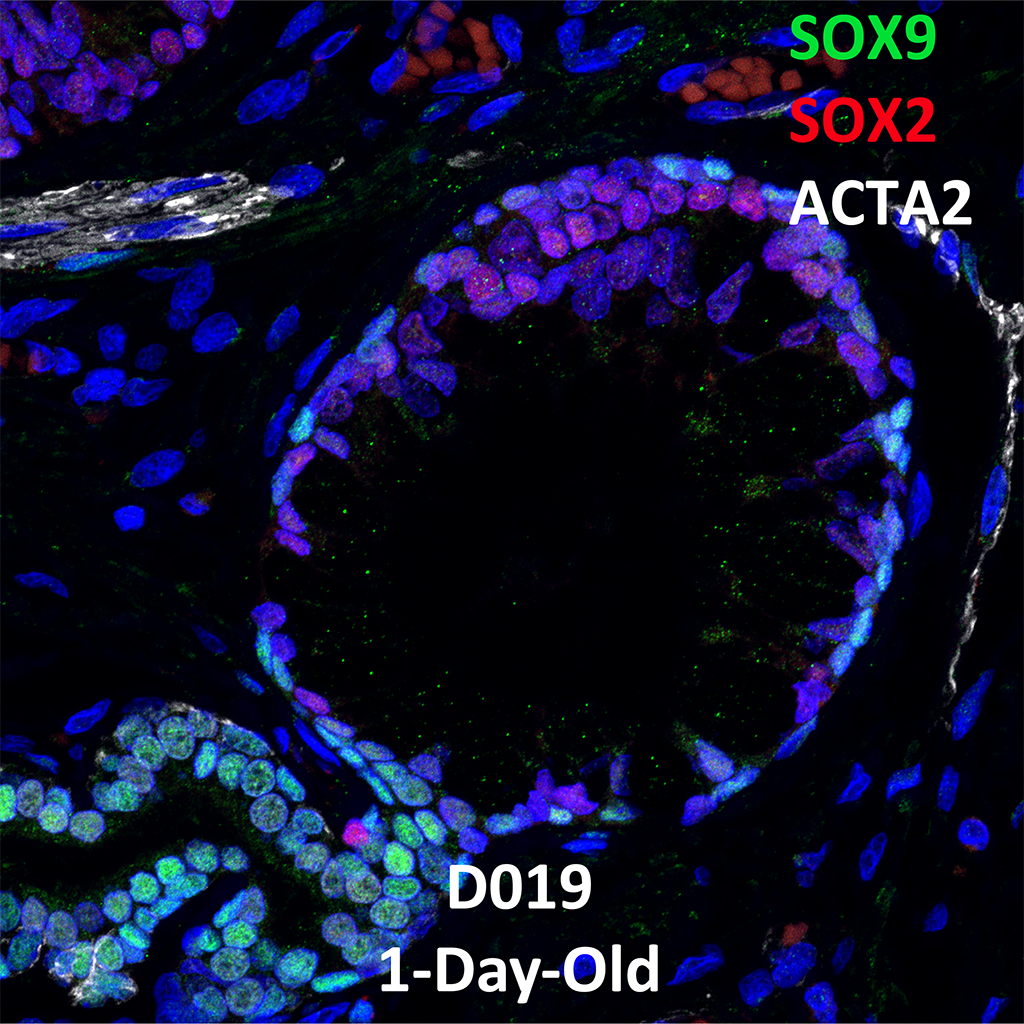
1 Day-Old Human Lung Immunofluorescence and Confocal Imaging Donor D019 Showing Expressions of SOX9, SOX2, and ACTA2
60X
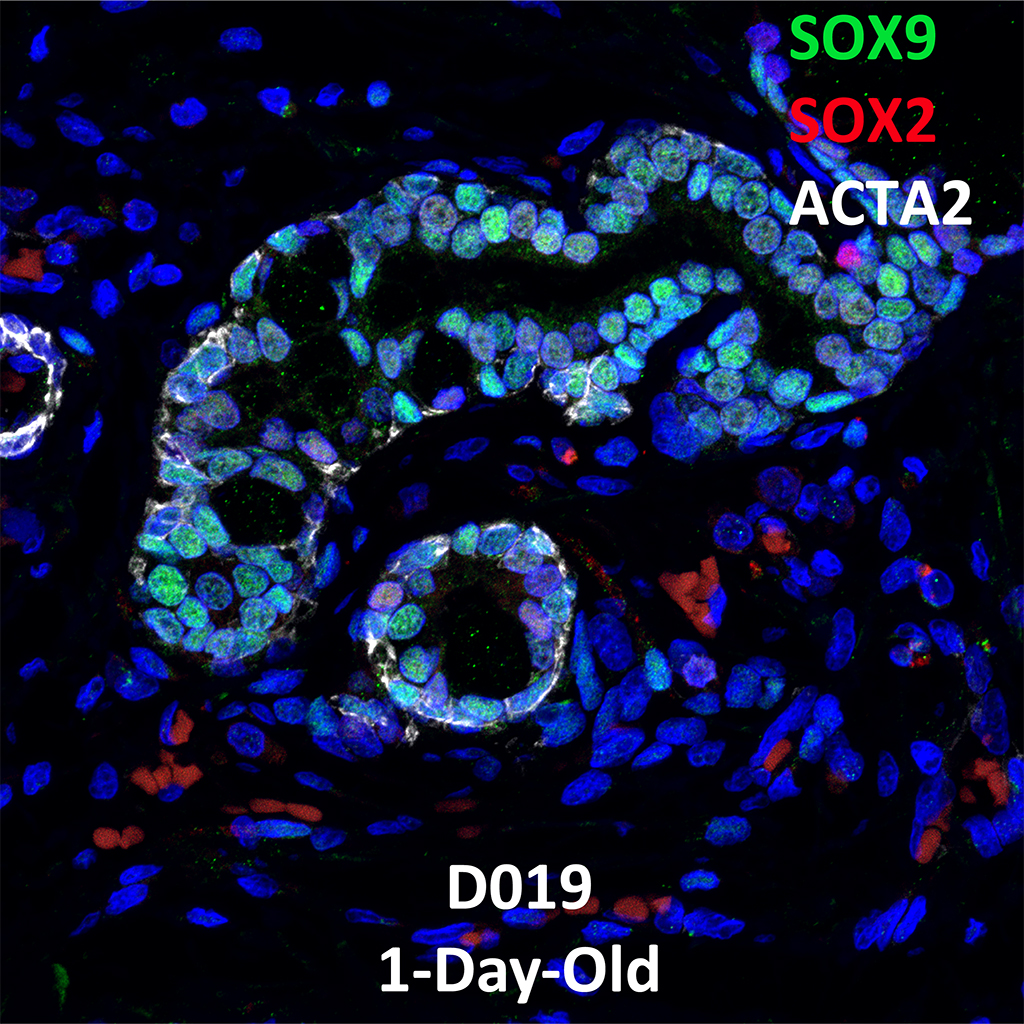
1 Day-Old Human Lung Immunofluorescence and Confocal Imaging Donor D019 Showing Expressions of SOX9, SOX2, and ACTA2
60X

1 Day-Old Human Lung Immunofluorescence and Confocal Imaging Donor D019 Showing Expressions of SOX9, SOX2, and ACTA2
20X
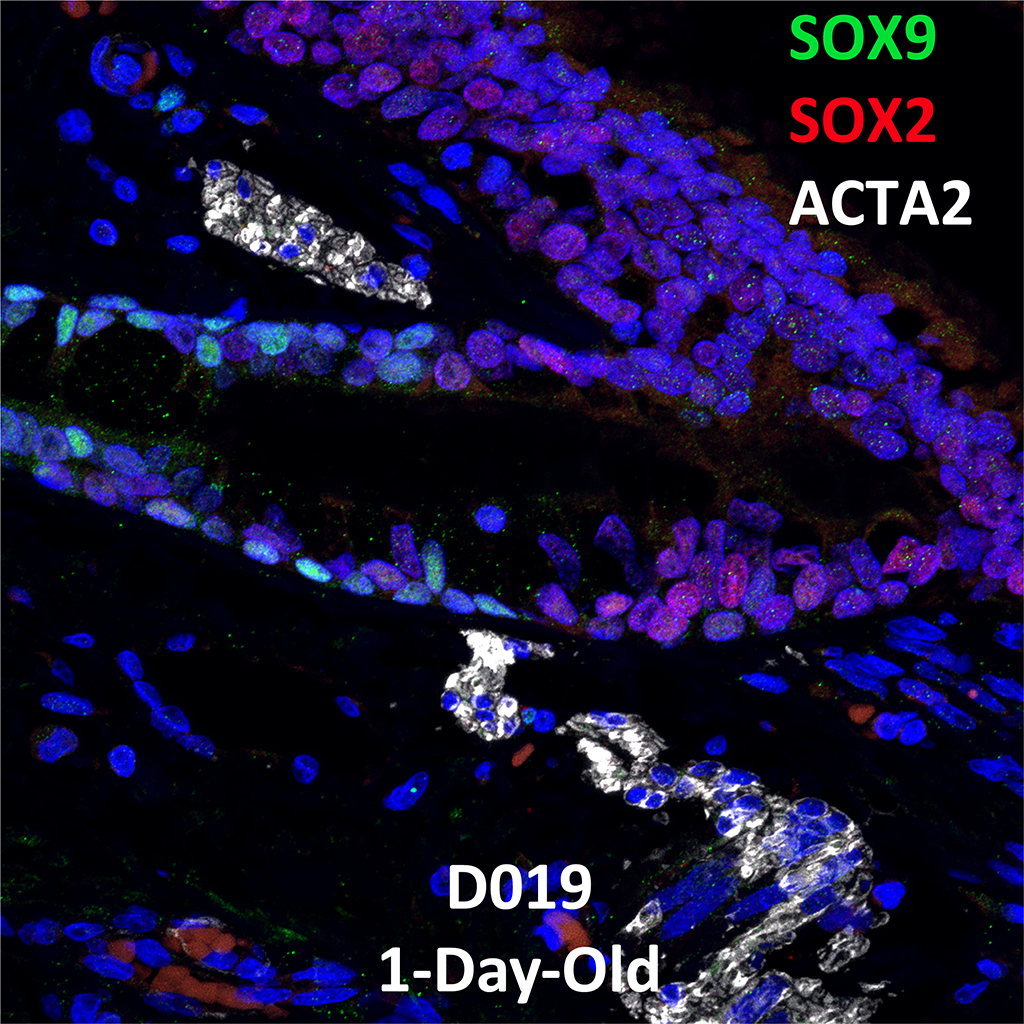
1 Day-Old Human Lung Immunofluorescence and Confocal Imaging Donor D019 Showing Expressions of SOX9, SOX2, and ACTA2
20X
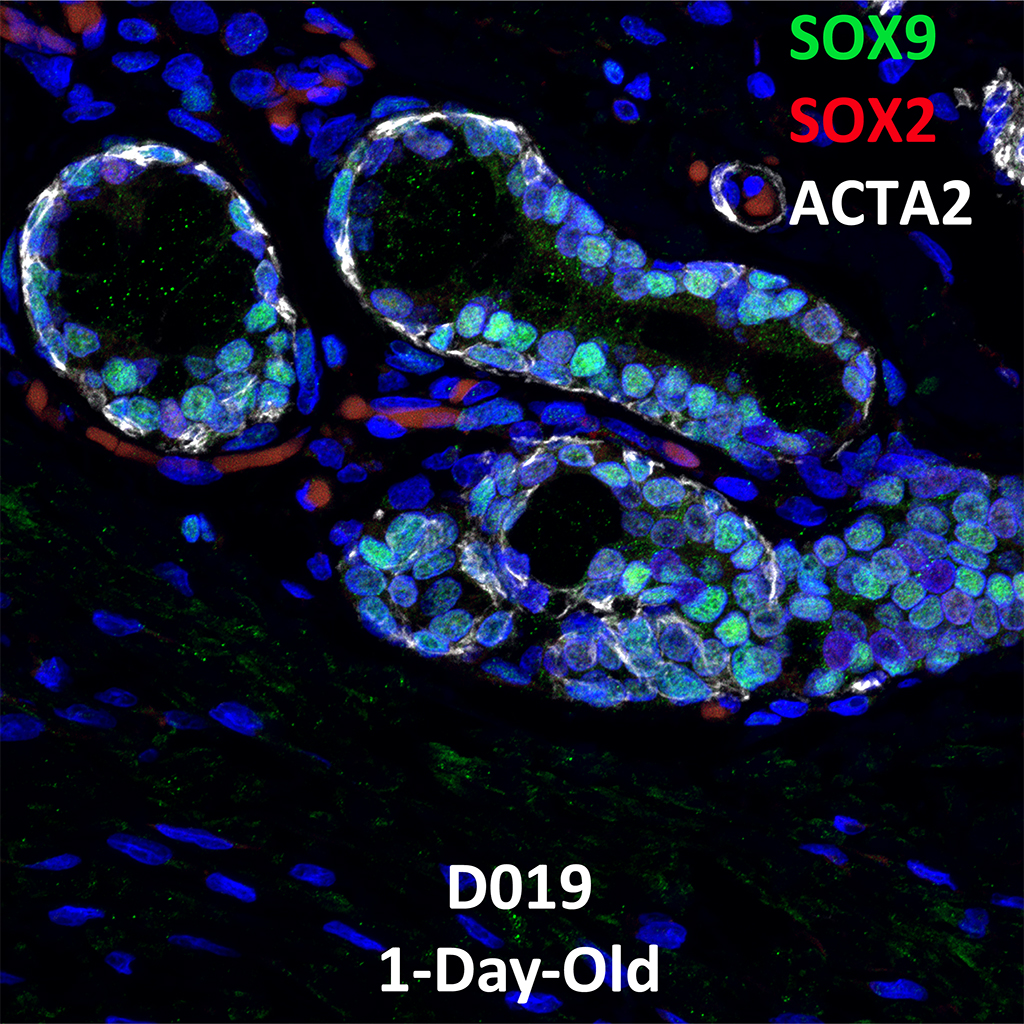
1 Day-Old Human Lung Immunofluorescence and Confocal Imaging Donor D019 Showing Expressions of SOX9, SOX2, and ACTA2
60X
Donor Tissue Kindly Provided by Dr. Gloria Pryhuber from the University of Rochester Medical Center
Immunofluorescence: SOX9, SOX2, and ACTA2
Purpose: Stain slides of 4µm frozen sections of human lung from HTC and from Pathology for SOX9, SOX2, and ACTA2 with antigen retrieval.
Day 1
- Paraffin sections are placed at 60oC for 2 hours to overnight to melt paraffin.
- Paraffin sections are then placed in xylene 3X for 10 minutes each, followed by 3X in 100% ETOH for 3 minutes each, 95% ETOH for 3 minutes each, and 70% ETOH for 3 minutes each. Slides are then placed in 1X PBS for 5 minutes to completely rehydrate tissue.
- Antigen retrieval, pH 6.0 (times will vary according to microwave).
- 10 mM sodium citrate, pH 6.0, and heat in a microwave at 96oC. *We usually do a series of three runs (6-7 minutes each run) to equal the time/temp because of evaporation (refill coplin jars with dH2O).
- Microwave according to instructions on microwave.
- Cool on countertop, 15 min.
- Rinse with dH2O
- 1X PBS, 5 min.
- Block in 4% Donkey serum/PBS-T, 2 hours at RT.
- For Rabbit anti-SOX9 (AB–5535, Lot # 2167153, Millipore) dilute 1:100, for mouse anti-SOX2 (SC-365823, Santa Cruz, Lot# C0317) dilute 1:100, for mouse anti-ACTA2 (α Smooth muscle actin, A5228, Sigma) dilute 1:2000 in blocking buffer. Spin down in µfuge for 10 minutes and incubate on tissue overnight @ 4oC.
Day 2
- Rinse slides in PBS-T 3X, 5 min.
- Apply secondary antibody , Donkey Alexa Fluor 488 anti-rabbit IgG (A21206, Lot# 1608521, for anti-SOX9) at 1:200, Goat Alexa Fluor 568 anti-mouse IgG1 (A21124, Lot# 1600878, for anti-SOX2) at 1:200, Donkey Alexa Fluor 633 anti-mouse IgG2A A21136, Lot# 1345055, ACTA2) at 1:200, in blocking buffer. Spin down in µfuge for 10 min, apply to tissue and incubated at room temperature for 1 hour.
- Rinse in PBS-T 3X, 5 min.
- Dilute DAPI 1:2000 and apply to slides for 10 min.
- Wash in PBS-T 3X, 5 min.
- Rinse slides in 0.1M PB or TB, 3X, 5 min.
- Add 1 drop of Prolong Gold anti-fade mounting medium (P36930).
- Coverslip with Gold Seal Coverslip (Cat# 3422 Electron Microscopy Sciences, 22 X 22 mm).
- Allow Prolong Gold to cure overnight at room temp in light sealed box.
- Store slides in light sealed box @ 4oC
Tissue Used:
LMH-D019-RLL-5B1.22_SOX9_SOX2_ACTA2
Gender: Male
Age: 1 Day
Appendix
Antigen Retrieval Solution
18ml Solution A- 0.1M Citric Acid (Sigma, C1909) pH 2.5
82ml Reagent B- 0.1M Sodium Citrate (Sigma, S4641 ) pH 8.2
1L dH2O
pH 6.0
Related Experiments
Recent Experiments
- 4 Year-Old Human Lung KRT14, MUC5B, and TUBA4A Confocal Imaging
- Alcian Blue Staining from PBR 3653 Patient with Cystic Fibrosis
- H&E Staining from PBR 3383 Patient with Cystic Fibrosis
- H&E Staining from PBR 3653 Patient with Cystic Fibrosis
- H&E Staining of 31 Year-Old Human Donor 10
- H&E Staining of 27 Year-Old Human Donor 3
- Alcian Blue Staining of 27 Year-Old Human Donor 3
- Alcian Blue Staining of 31 Year-Old Human Donor 10
- Alcian Blue Staining from PBR 3383 Patient with Cystic Fibrosis
- Alcian Blue Staining of 29 Year-Old Human Donor D175-10C1.21
- Alcian Blue Staining of 29 Year-Old Human Donor D175-11C4.14
- Alcian Blue Staining of 29 Year-Old Human Donor D175-11C2.11
- Alcian Blue Staining of 24 Year-Old Human Donor D071-23C2.19
- Alcian Blue Staining of 24 Year-Old Human Donor D071-17C2.20
- Alcian Blue Staining of 24 Year-Old Human Donor D071-16C3.27
